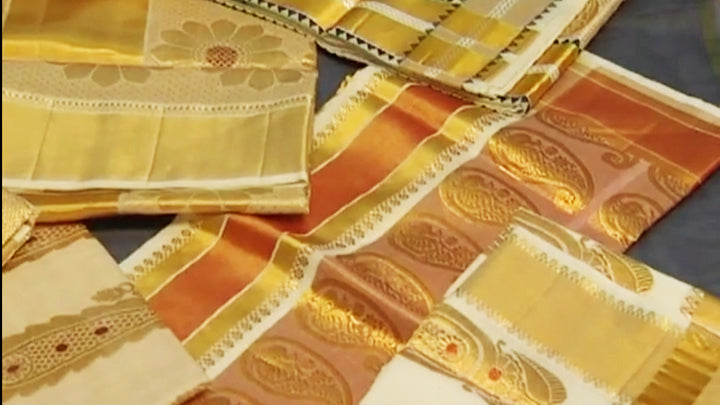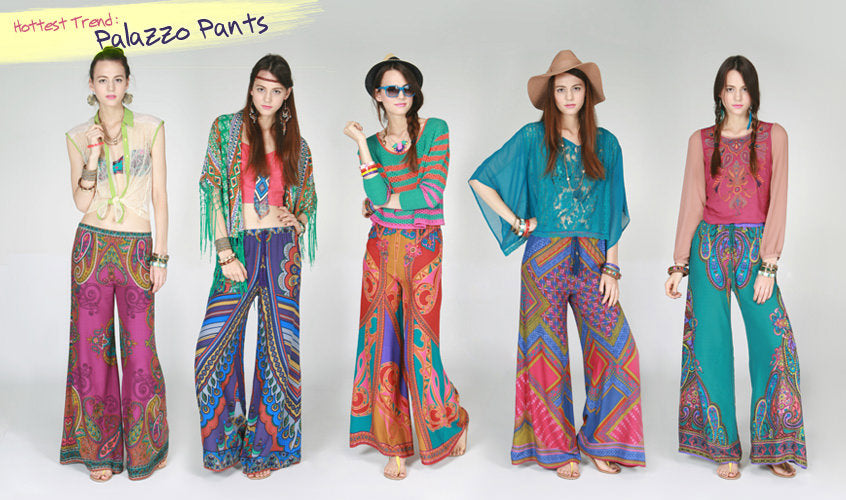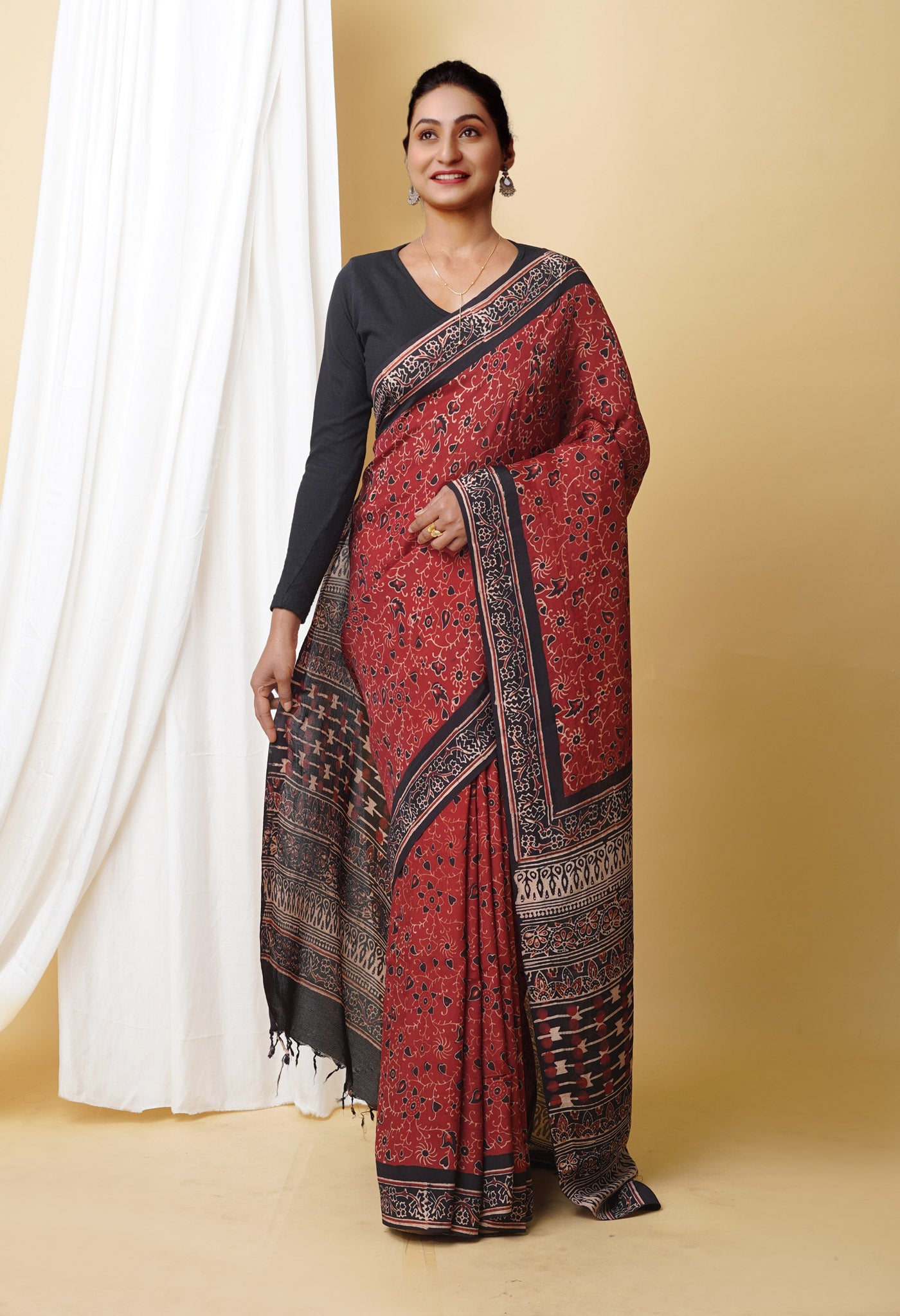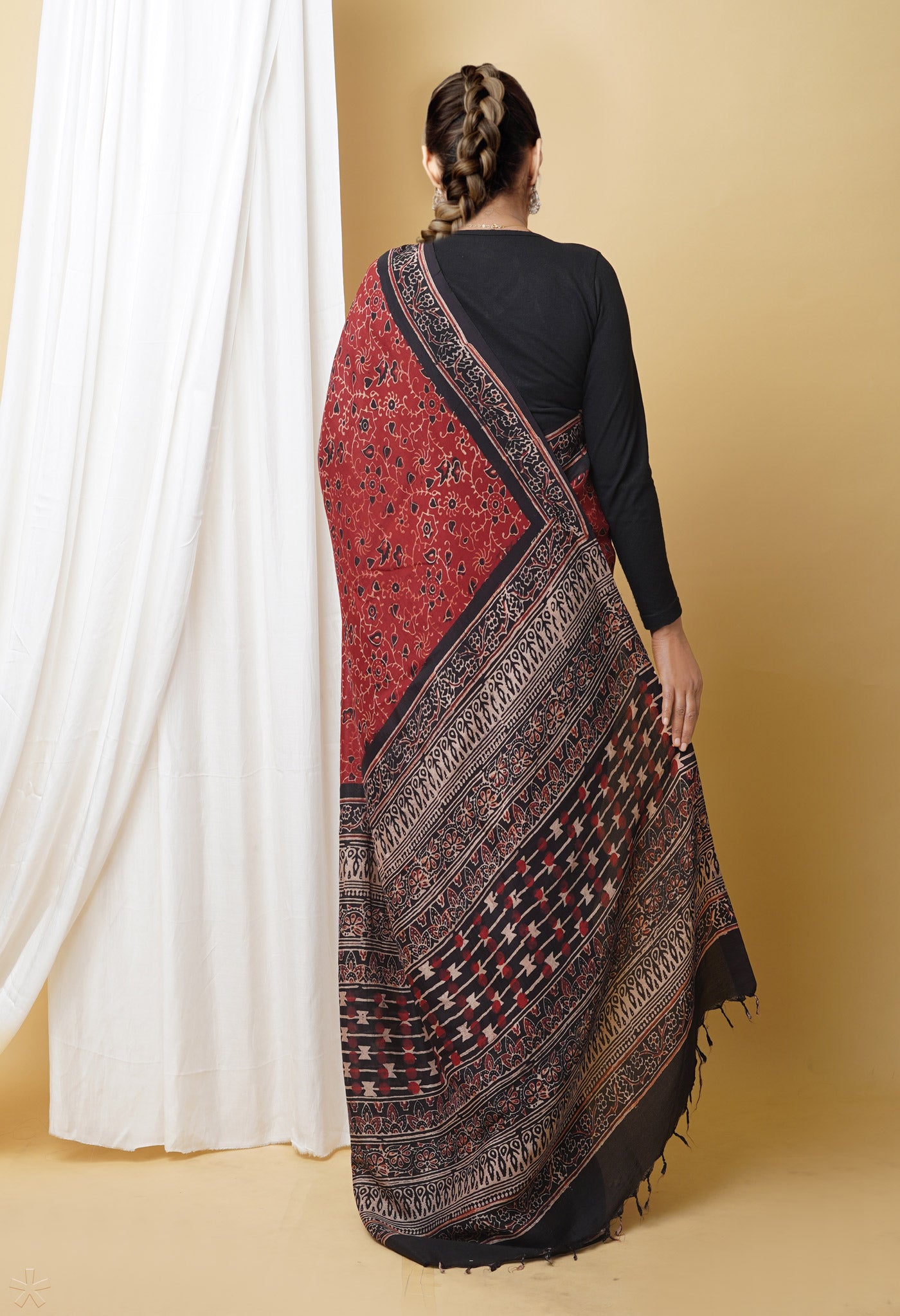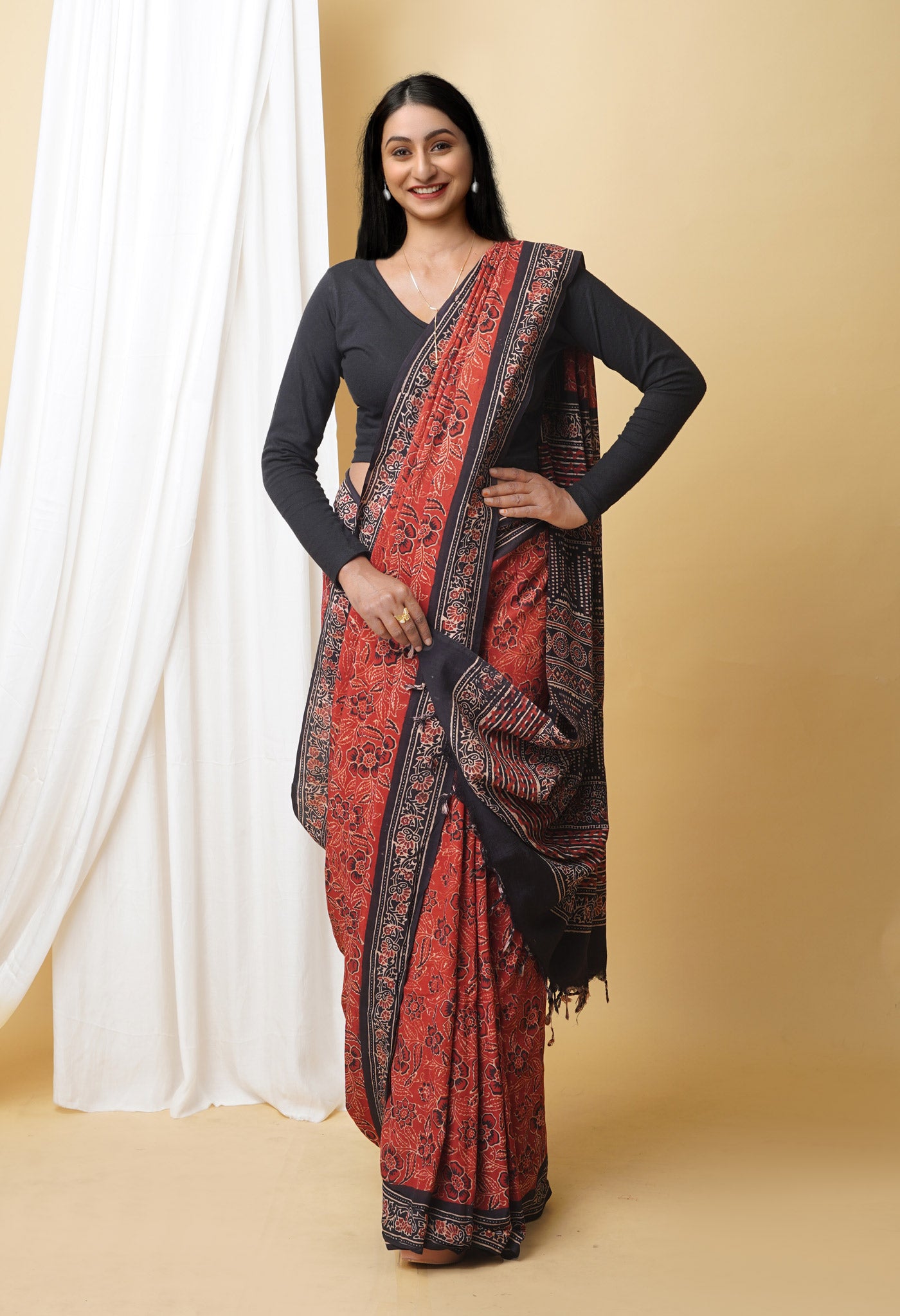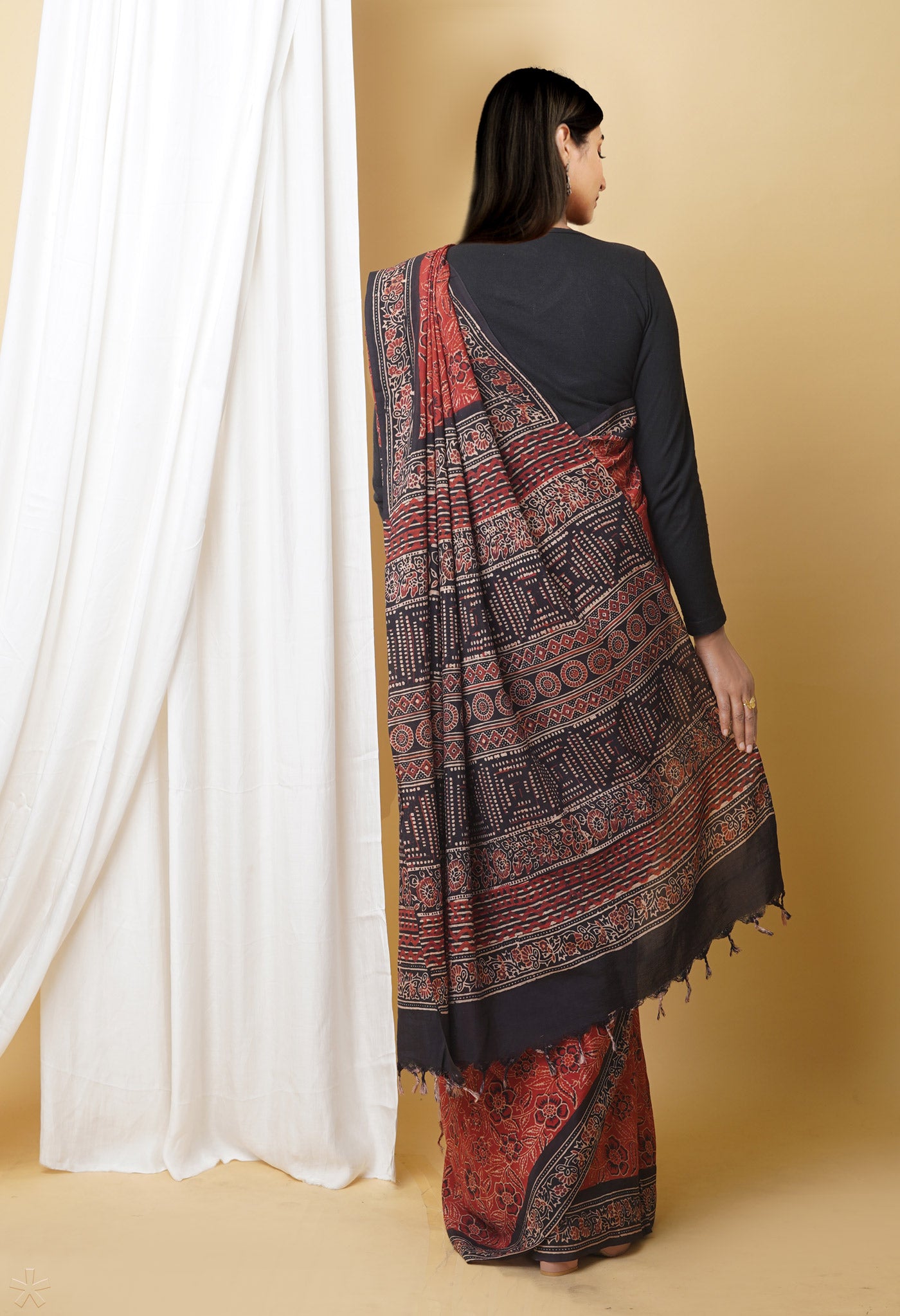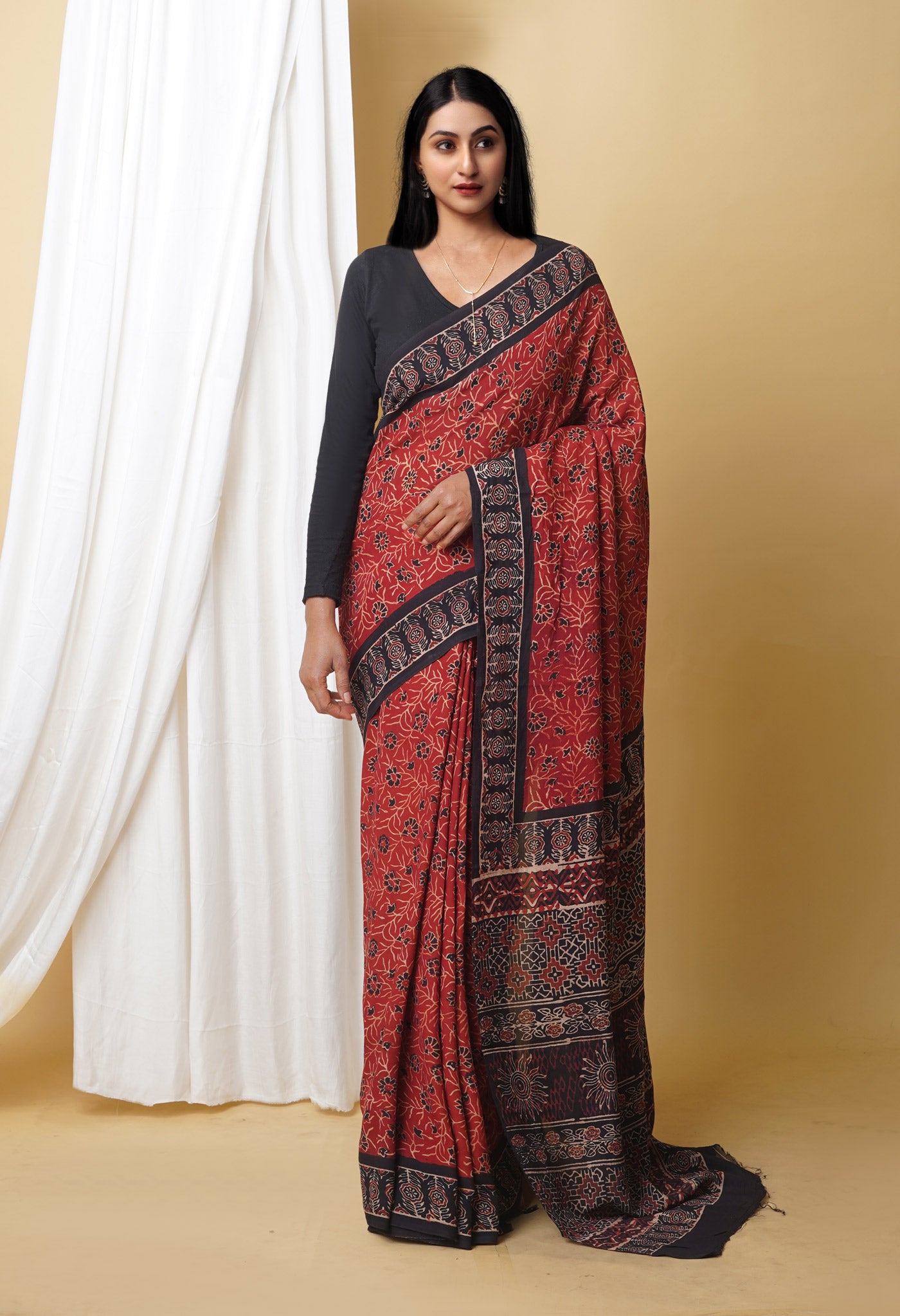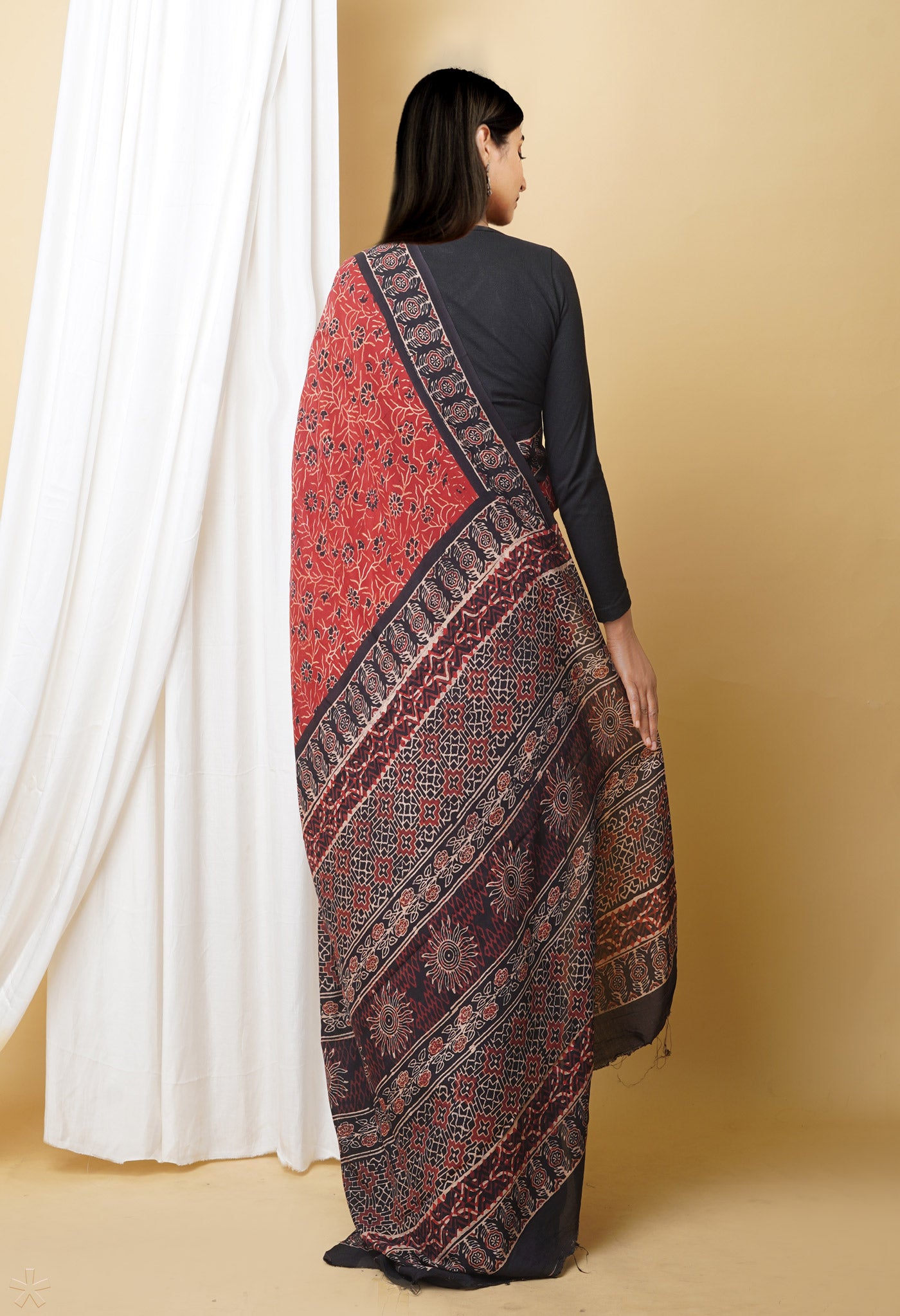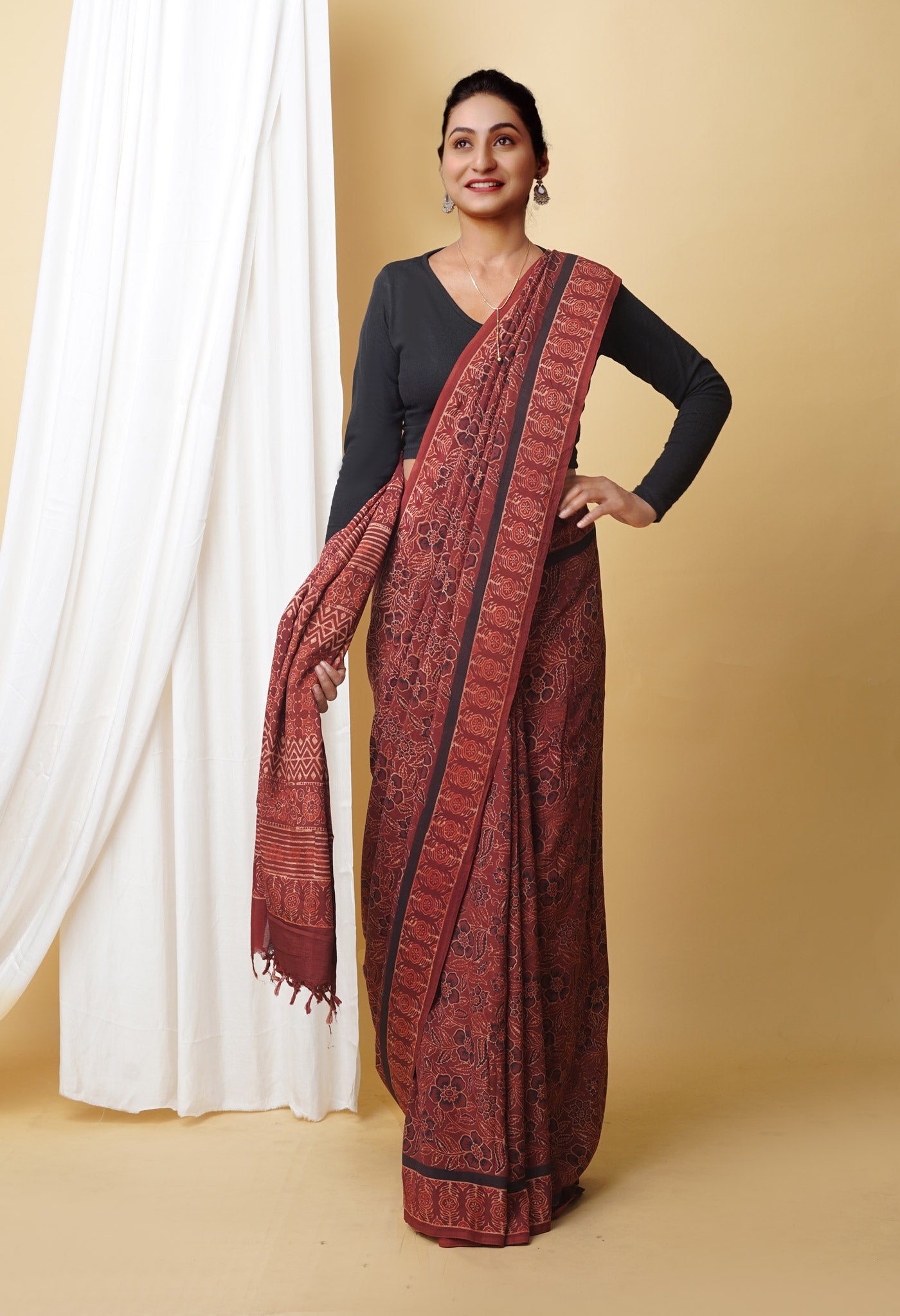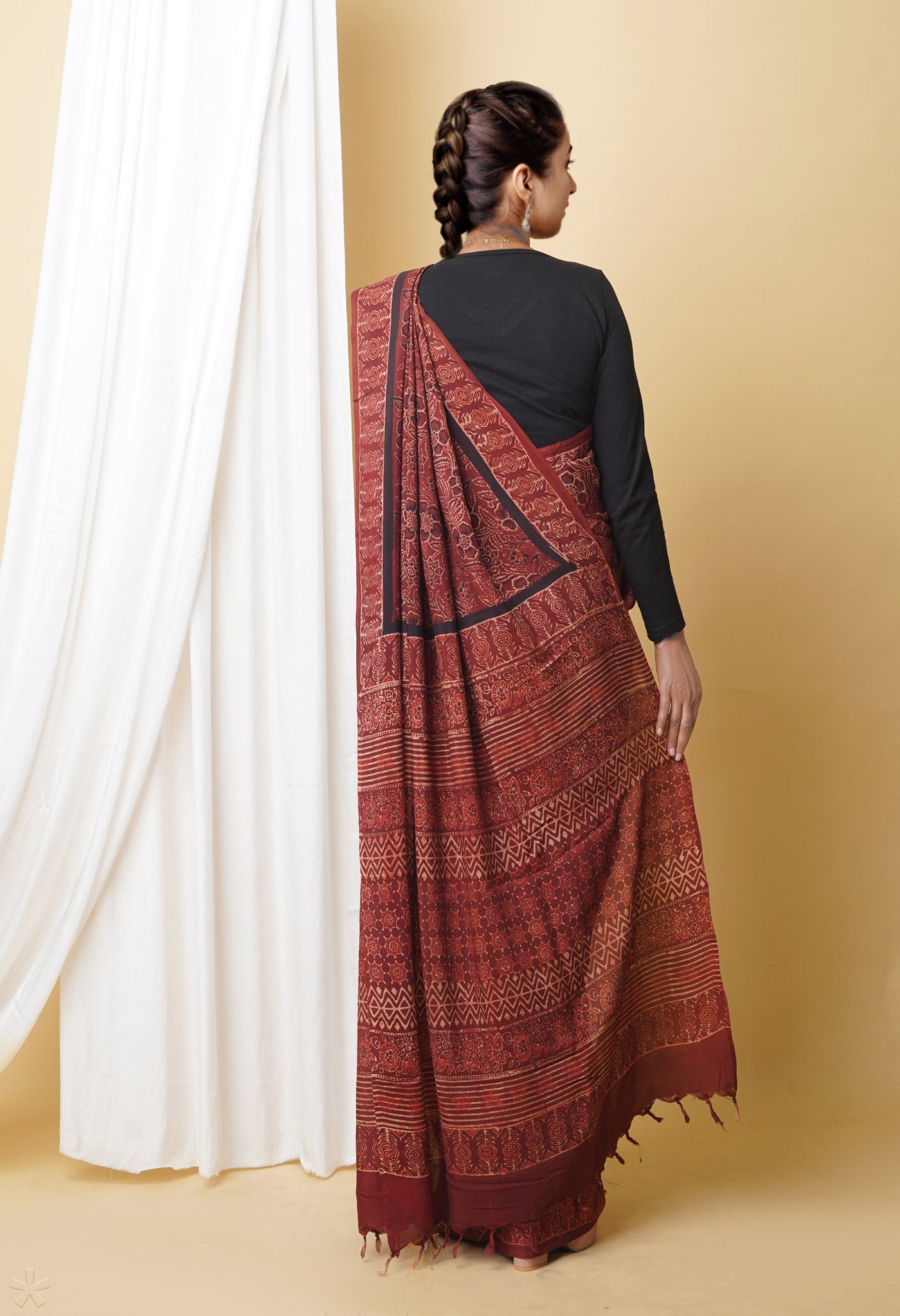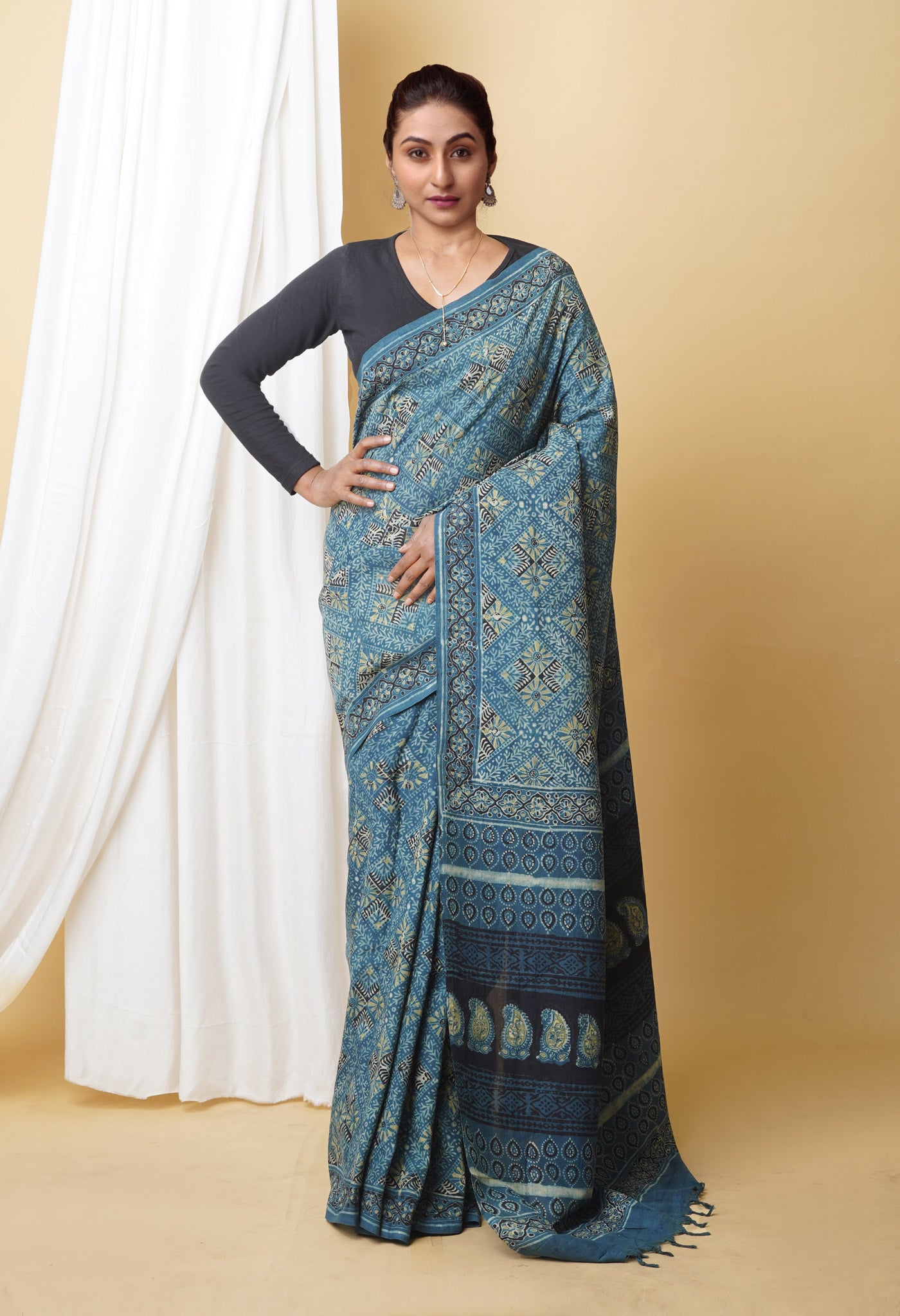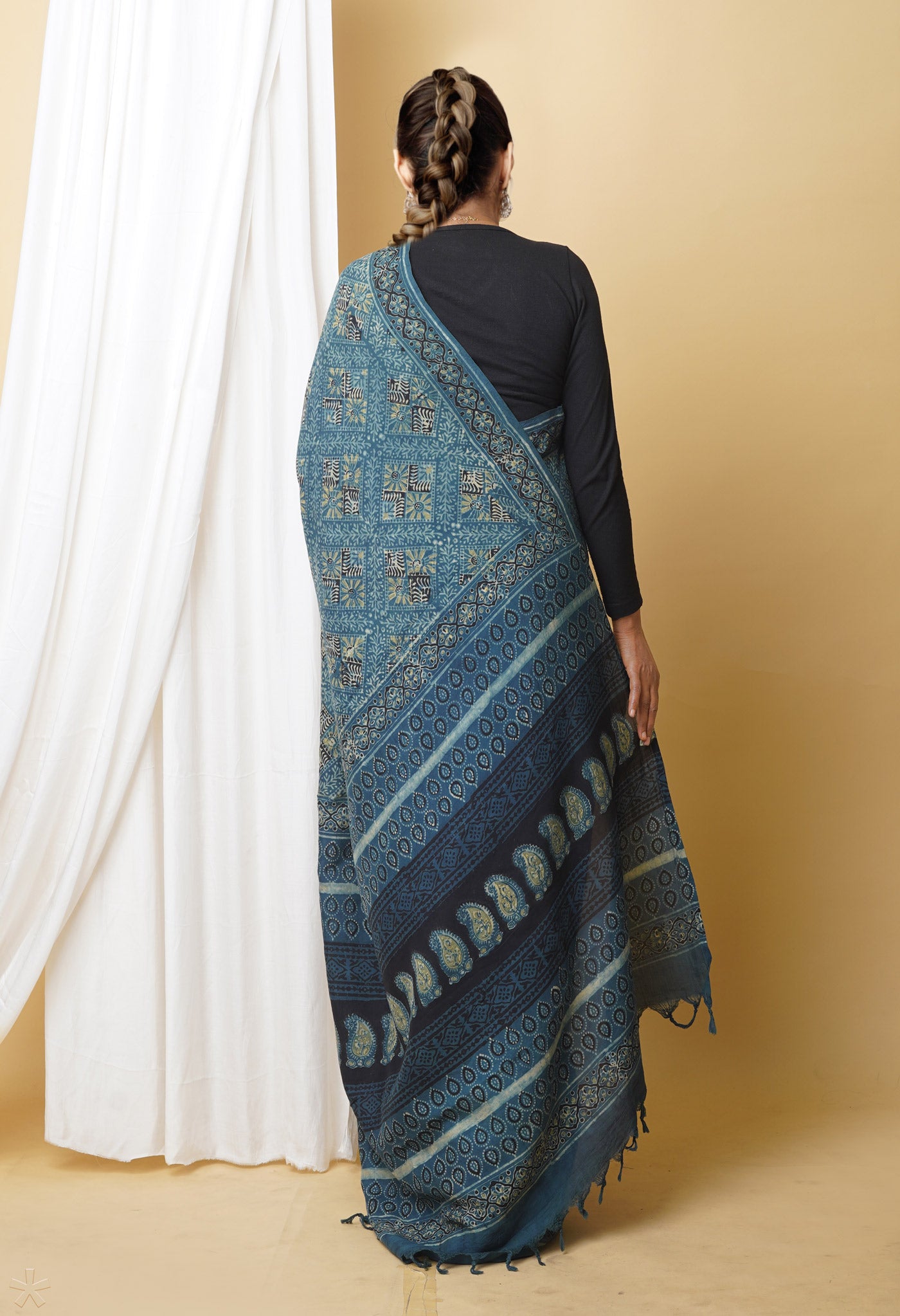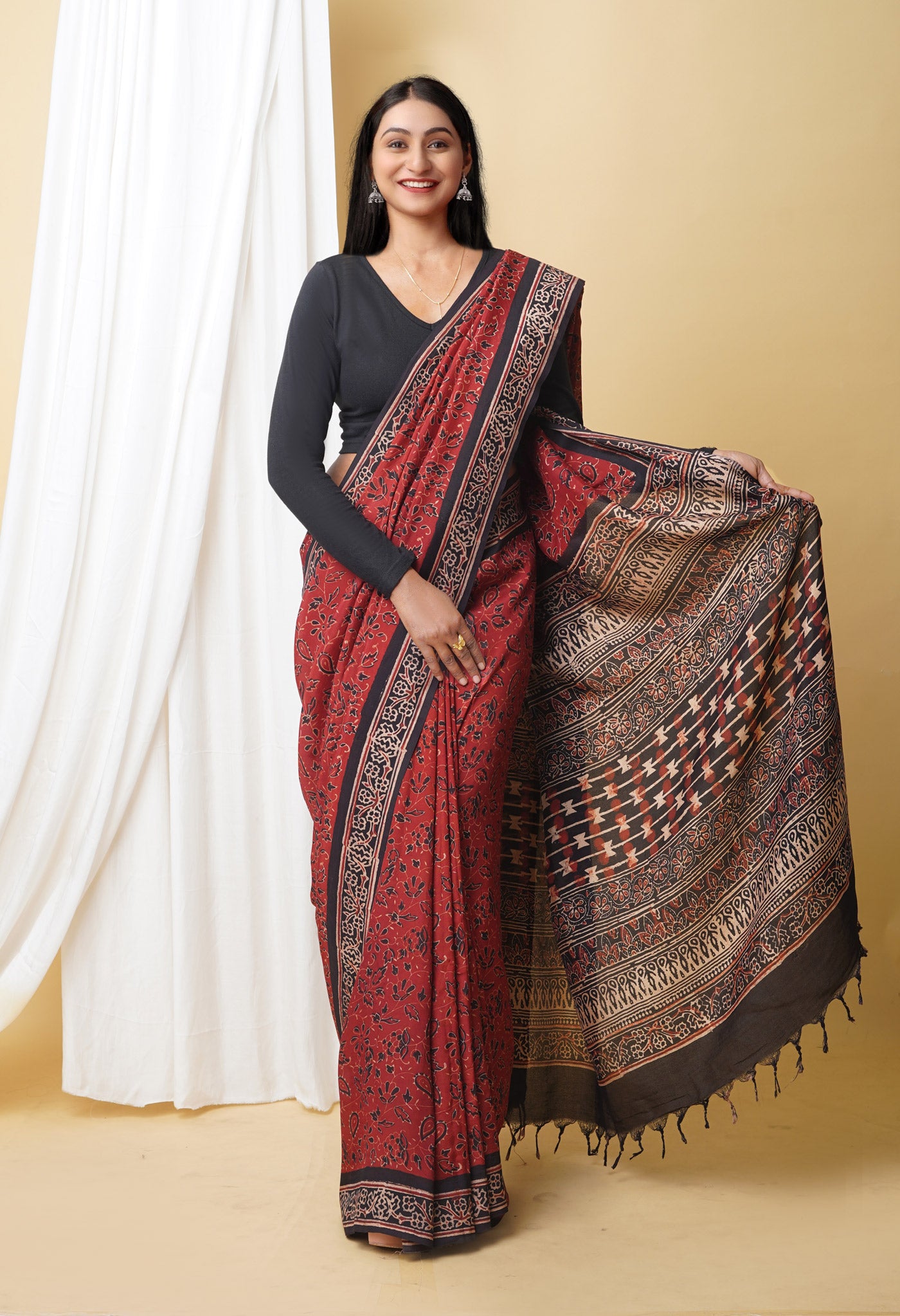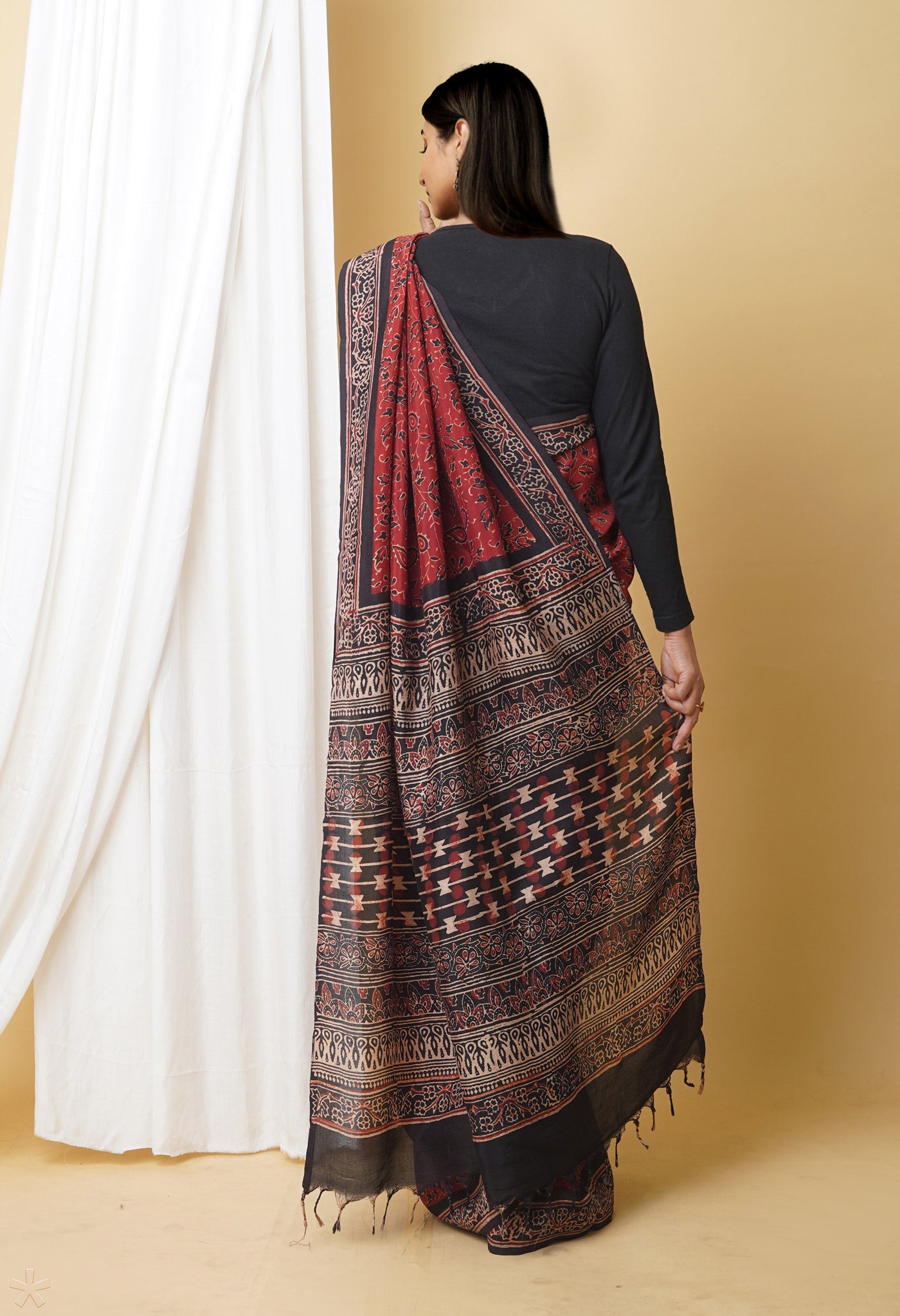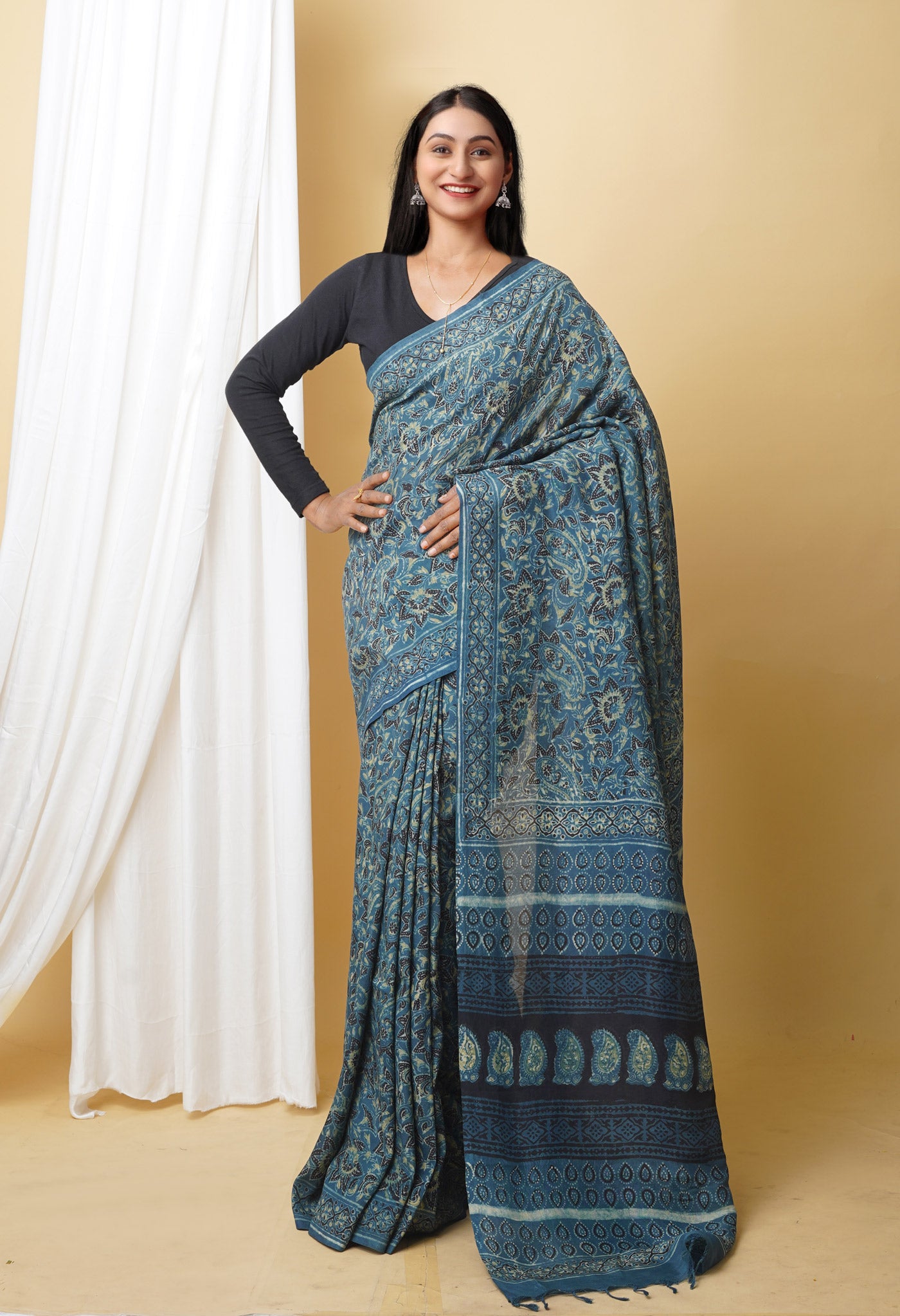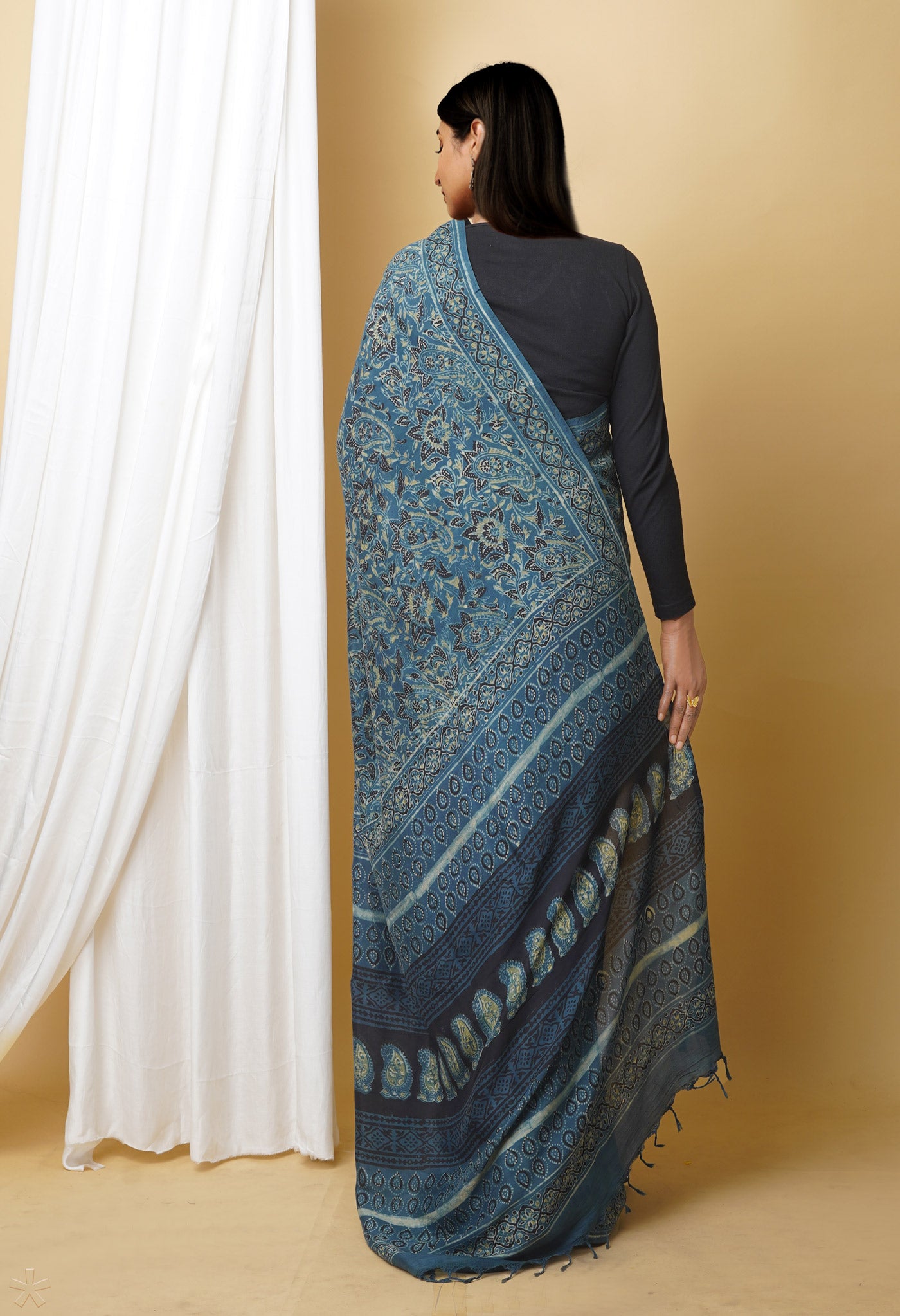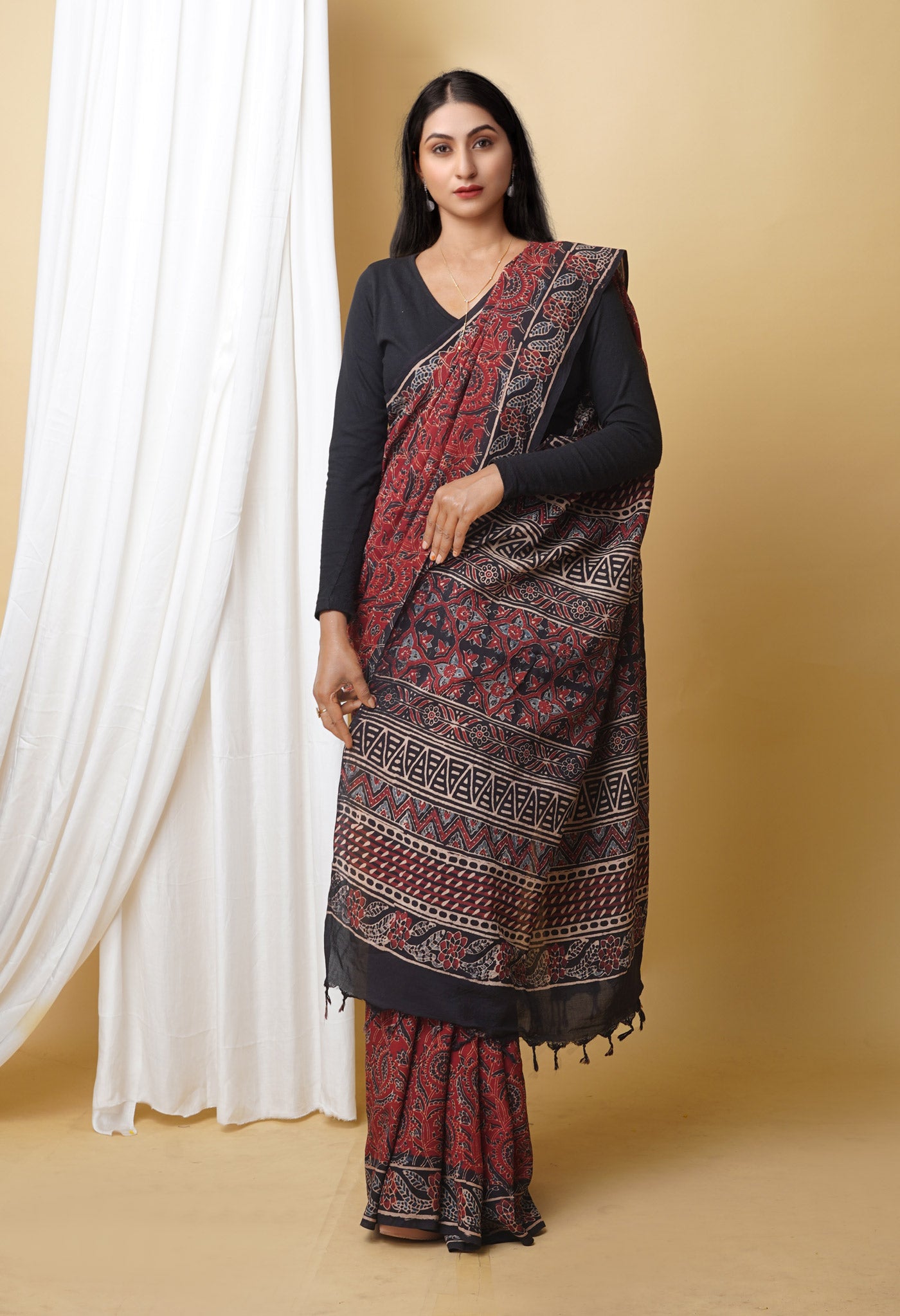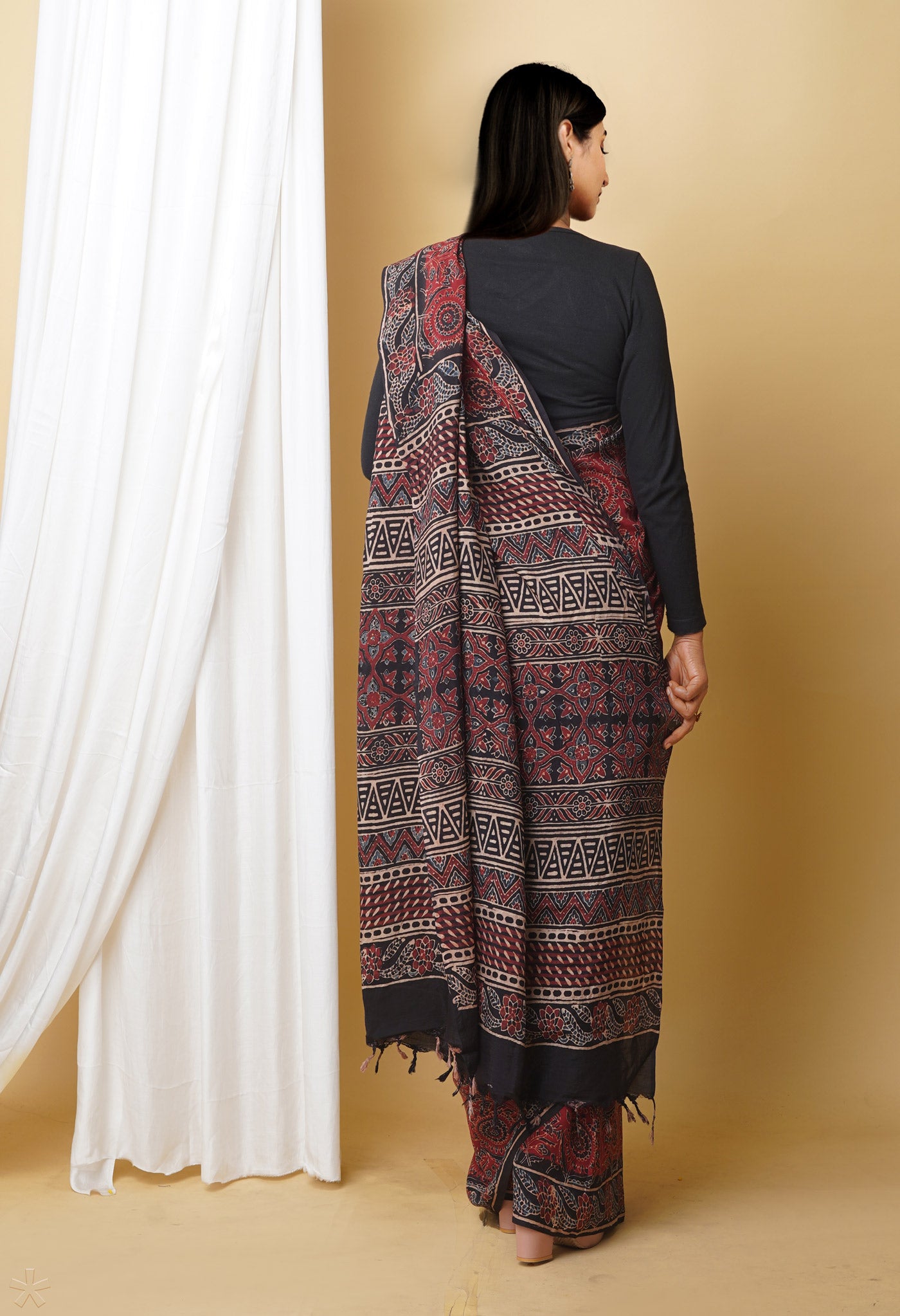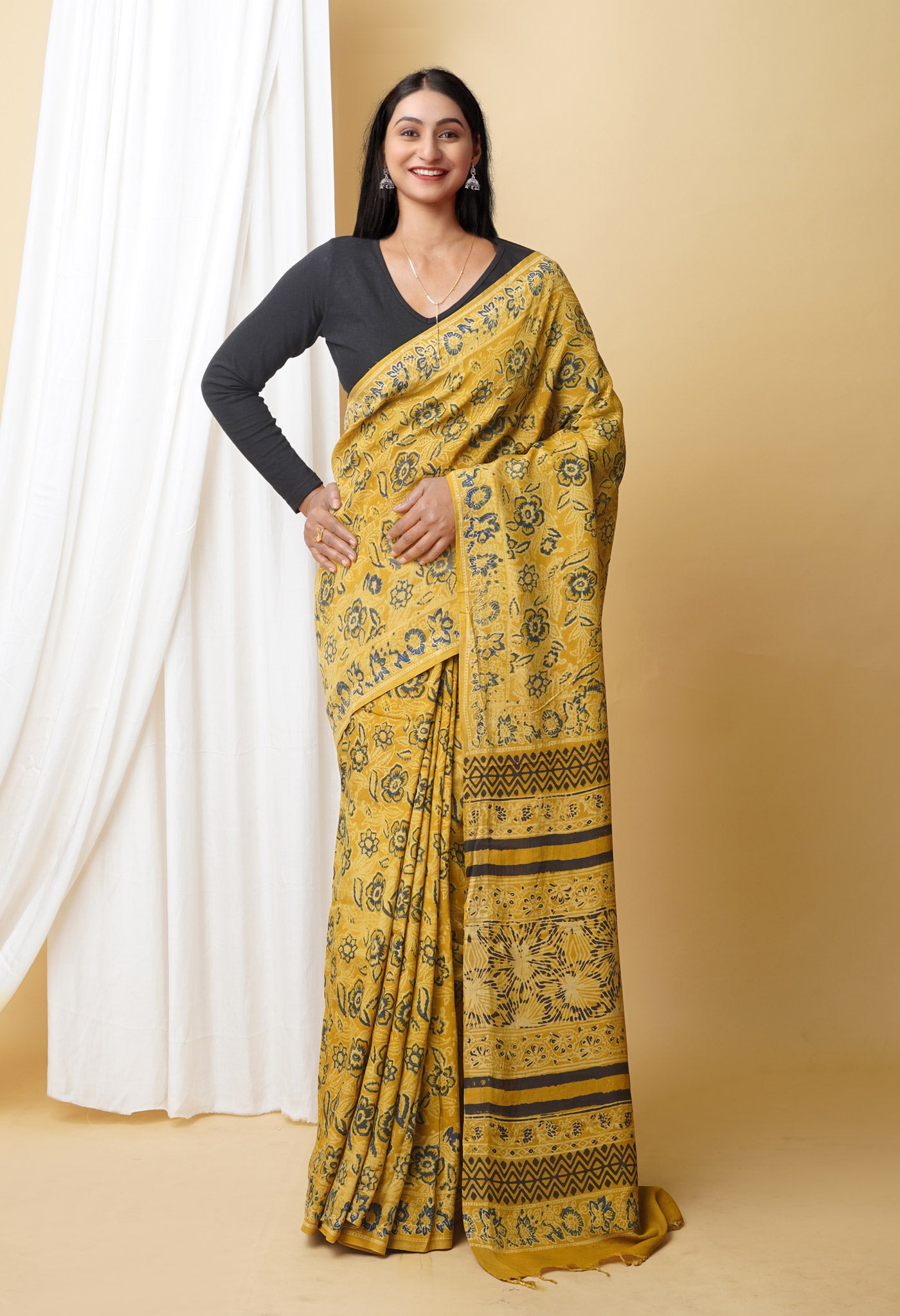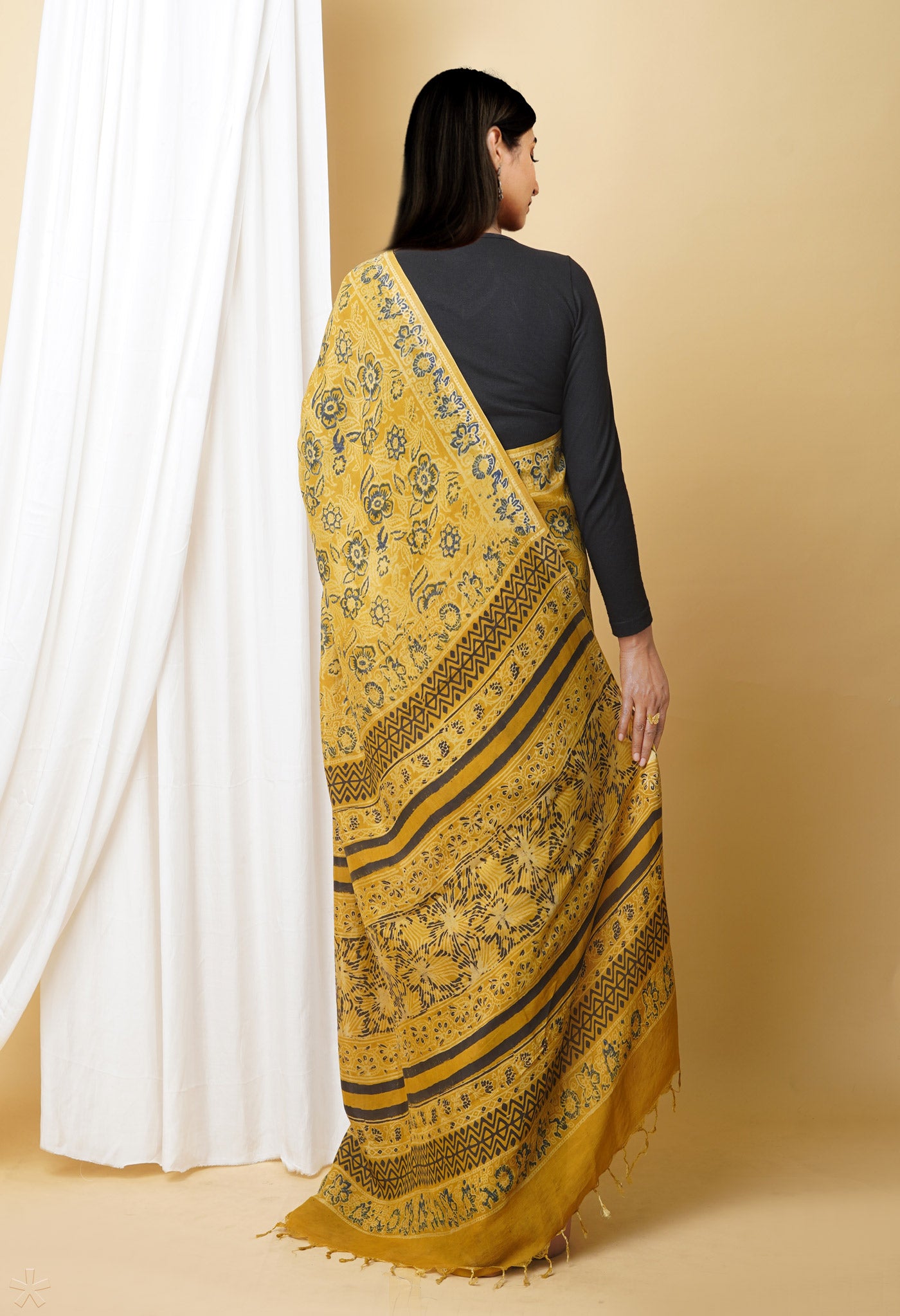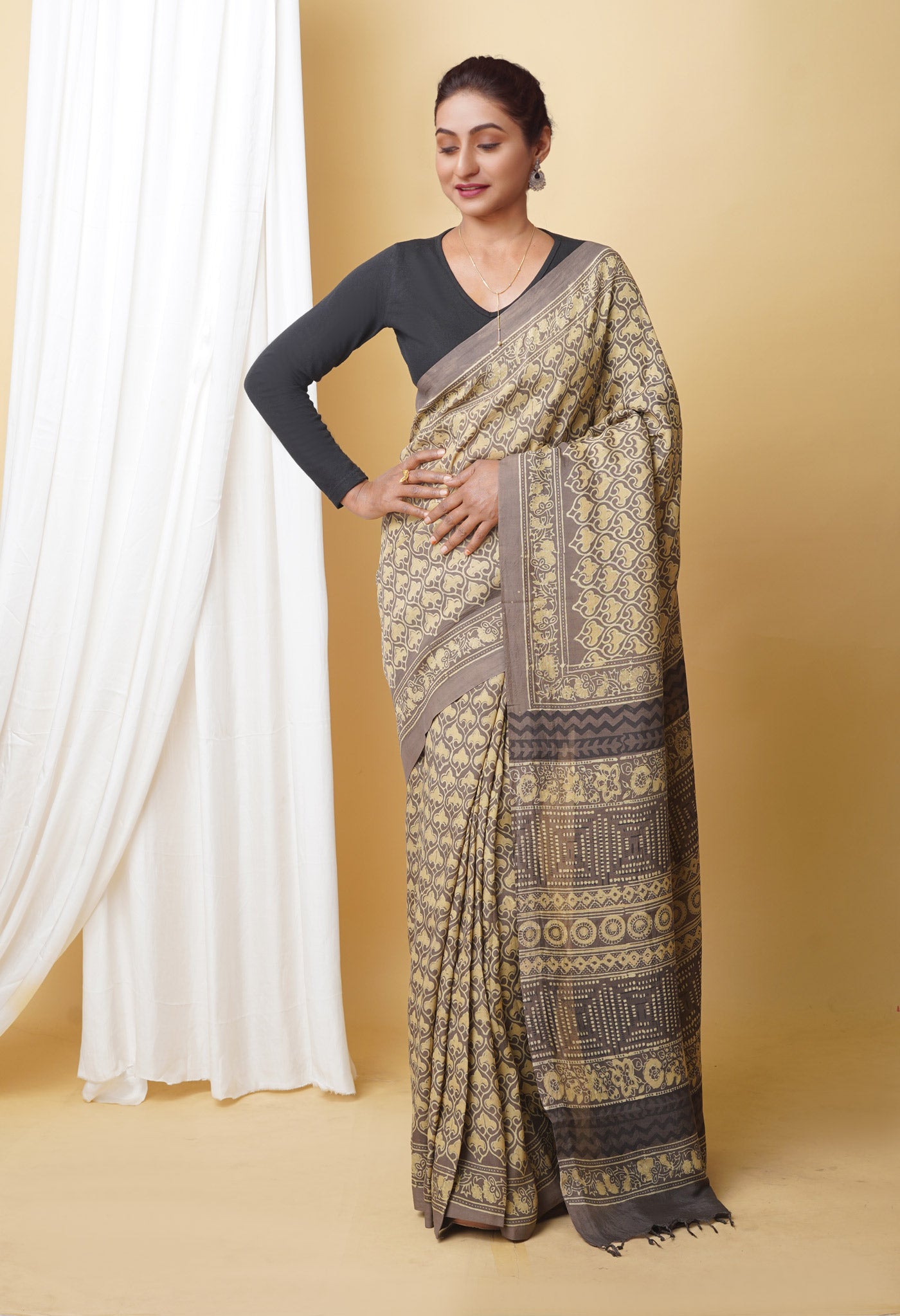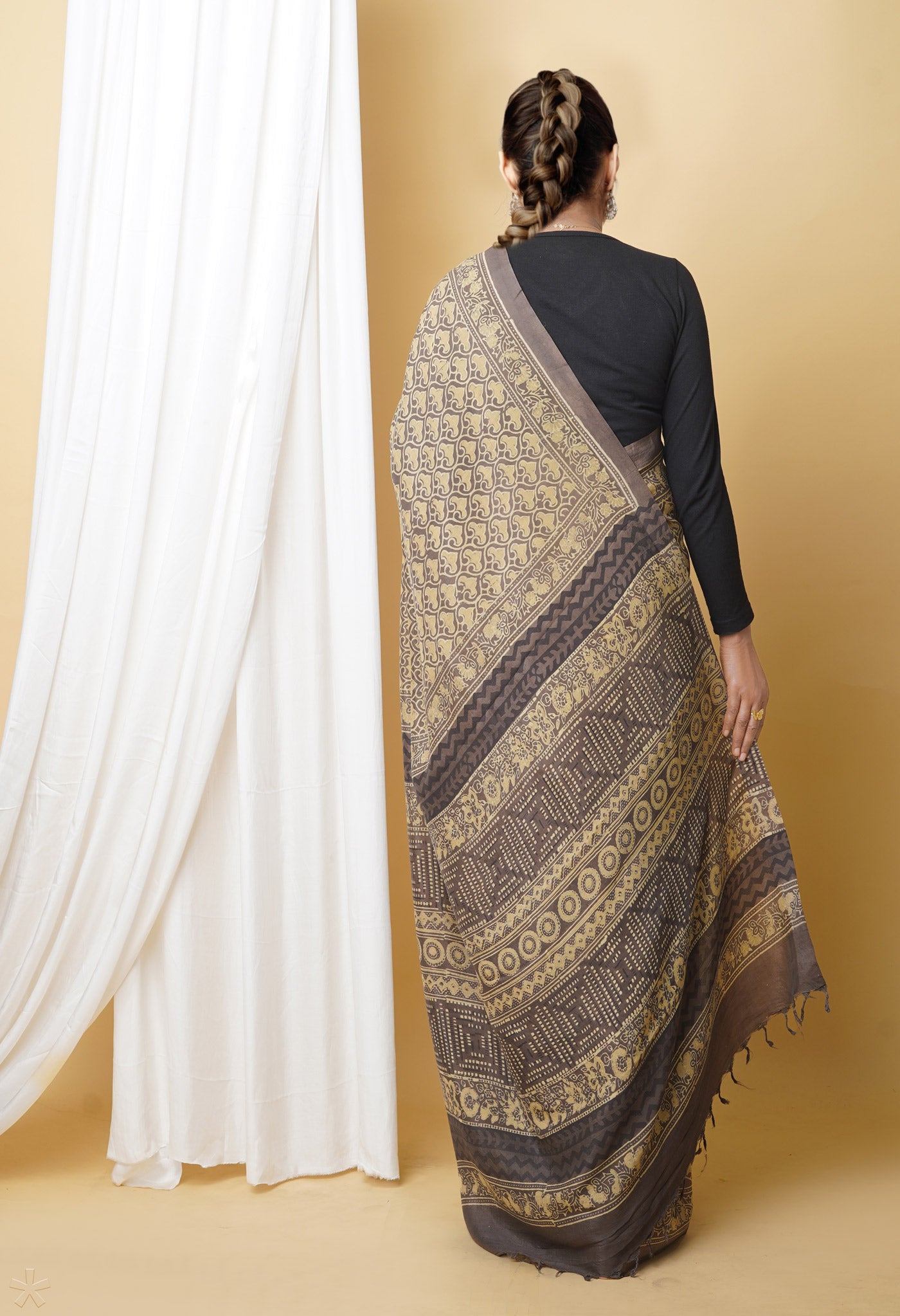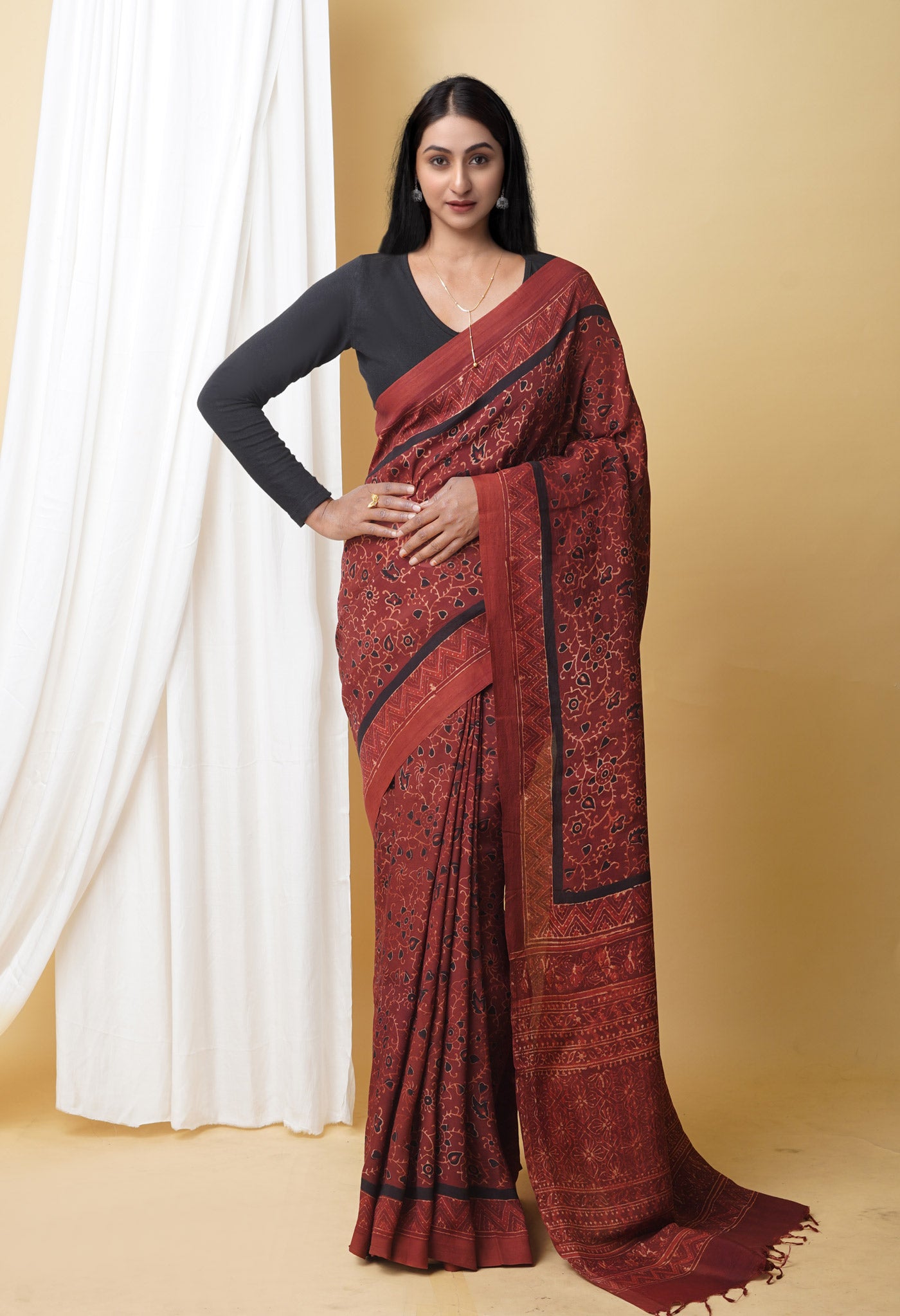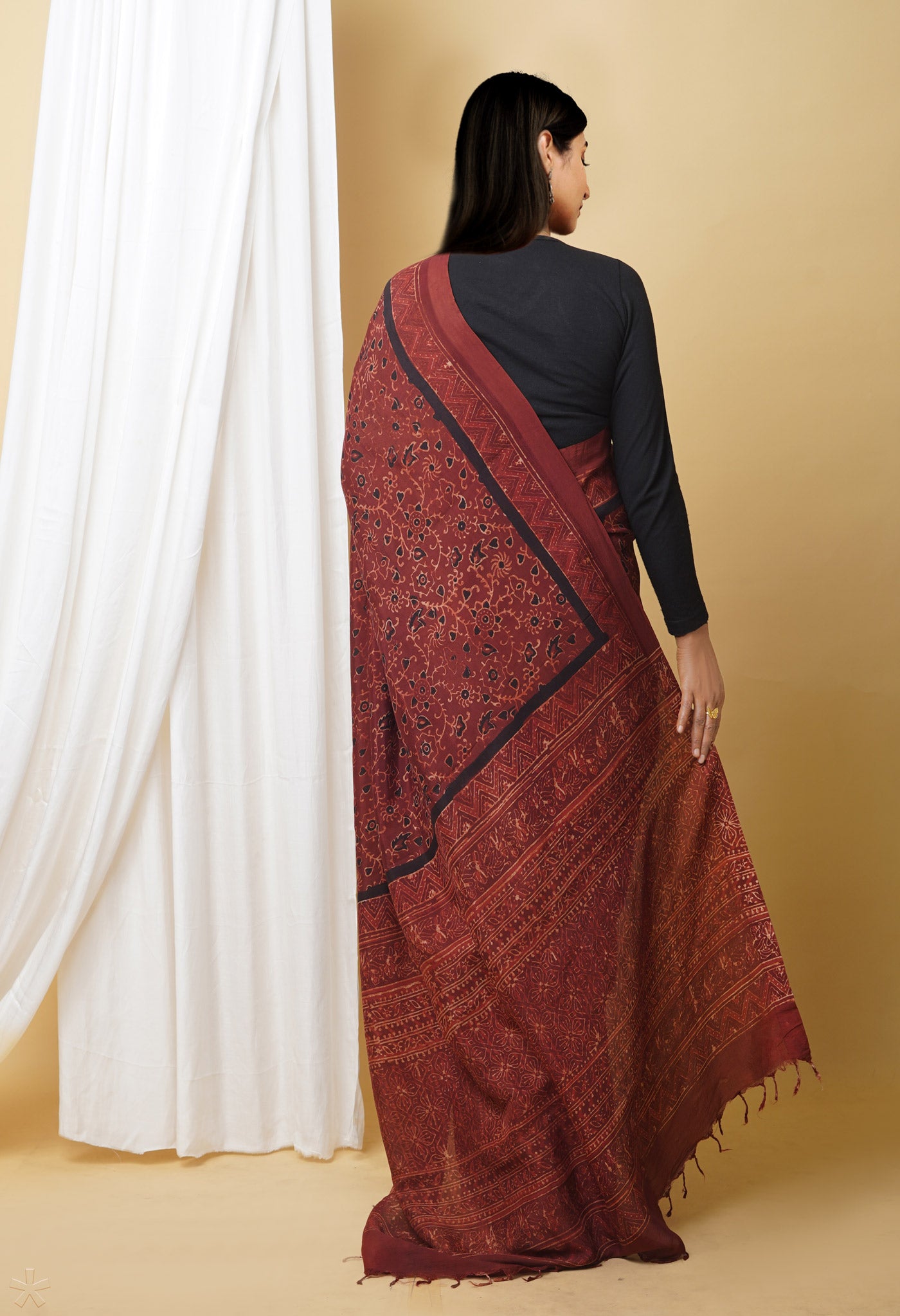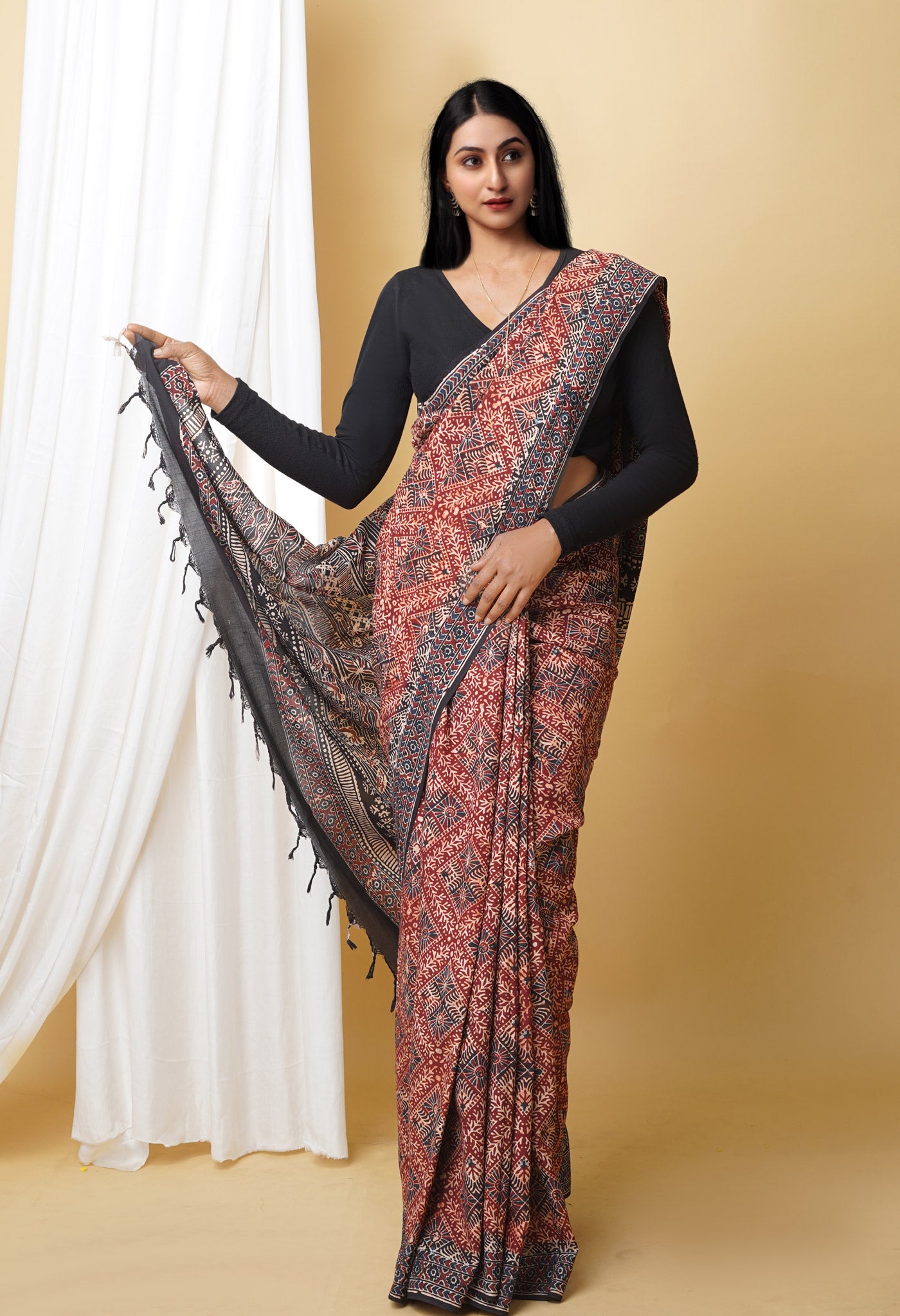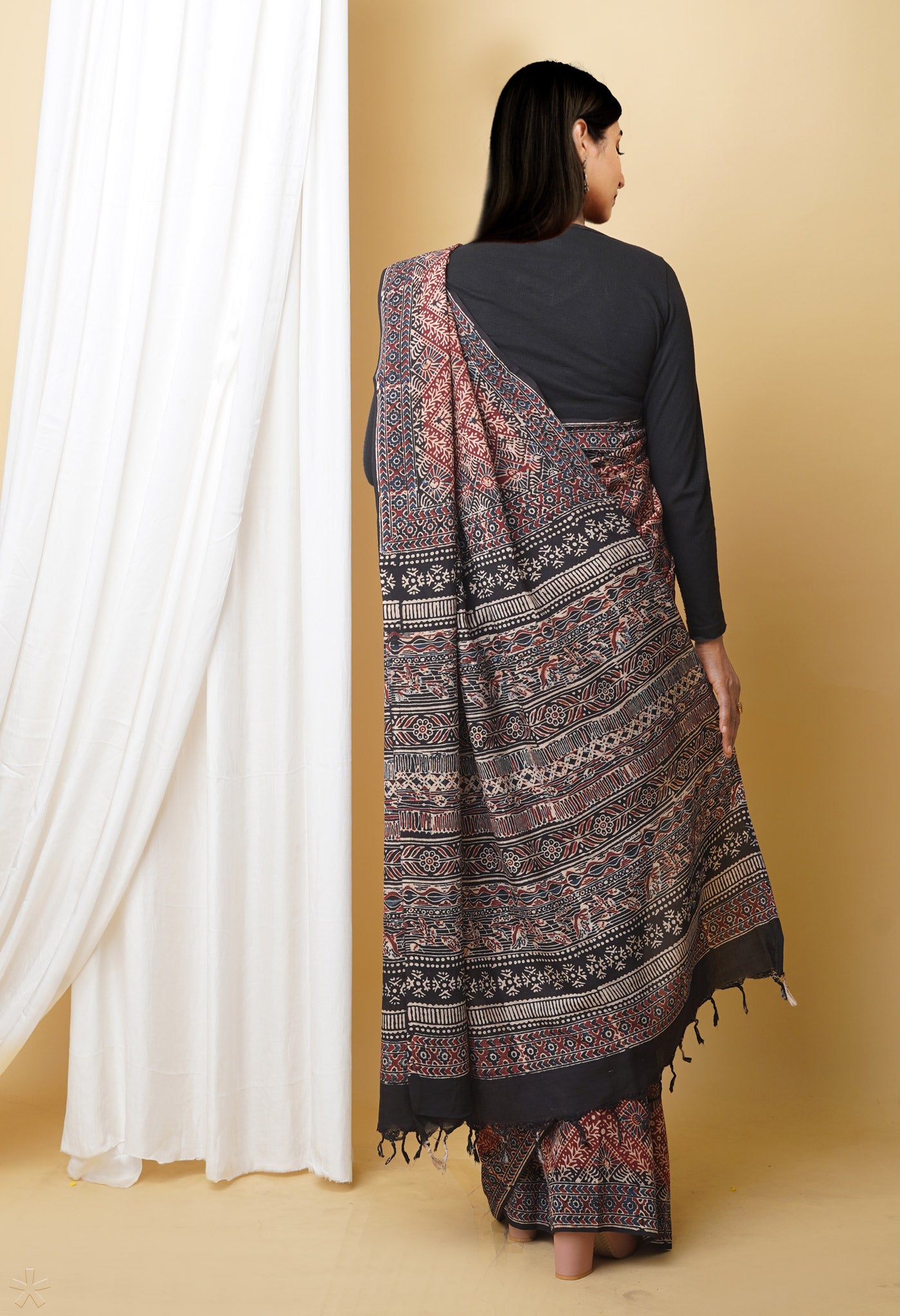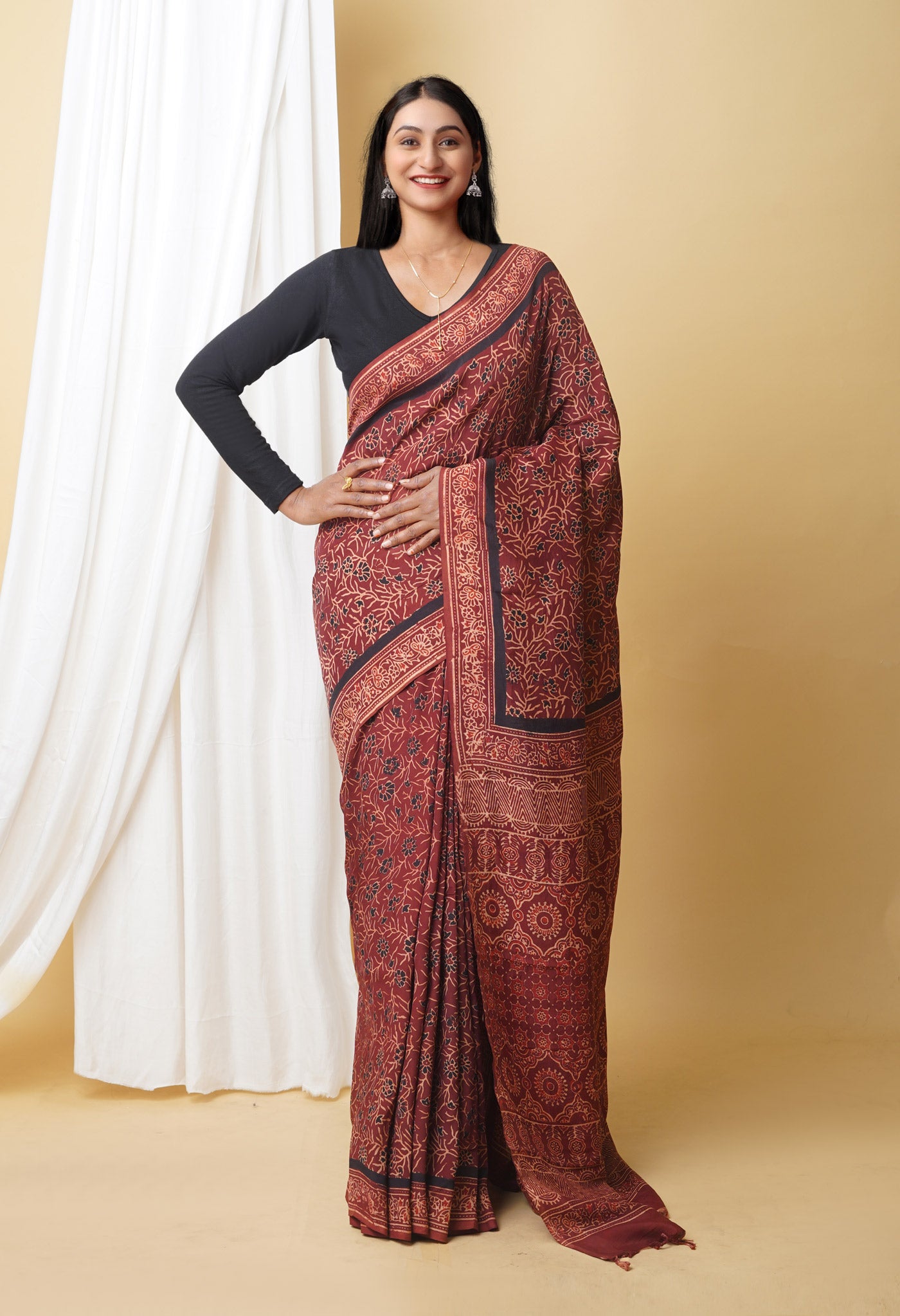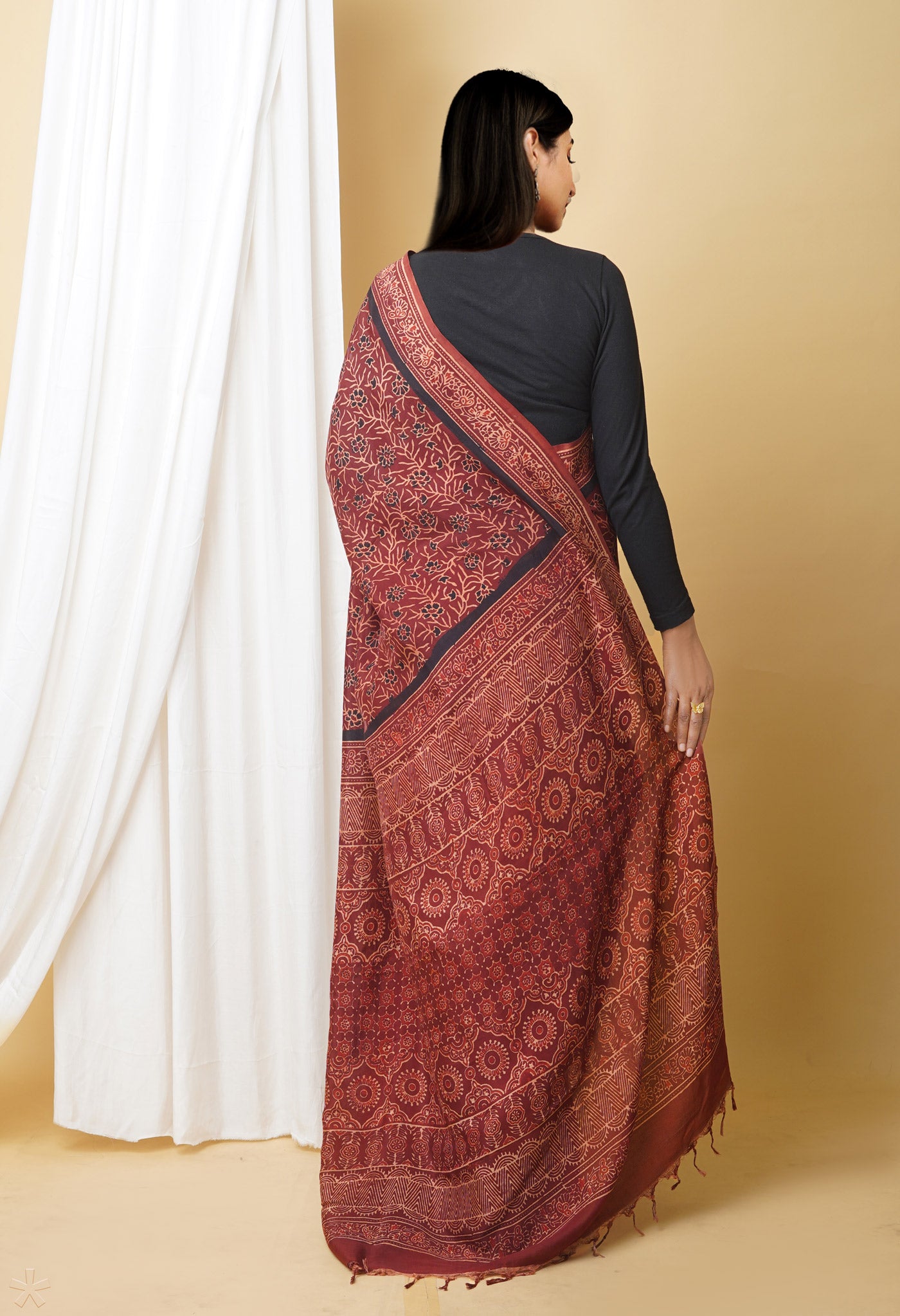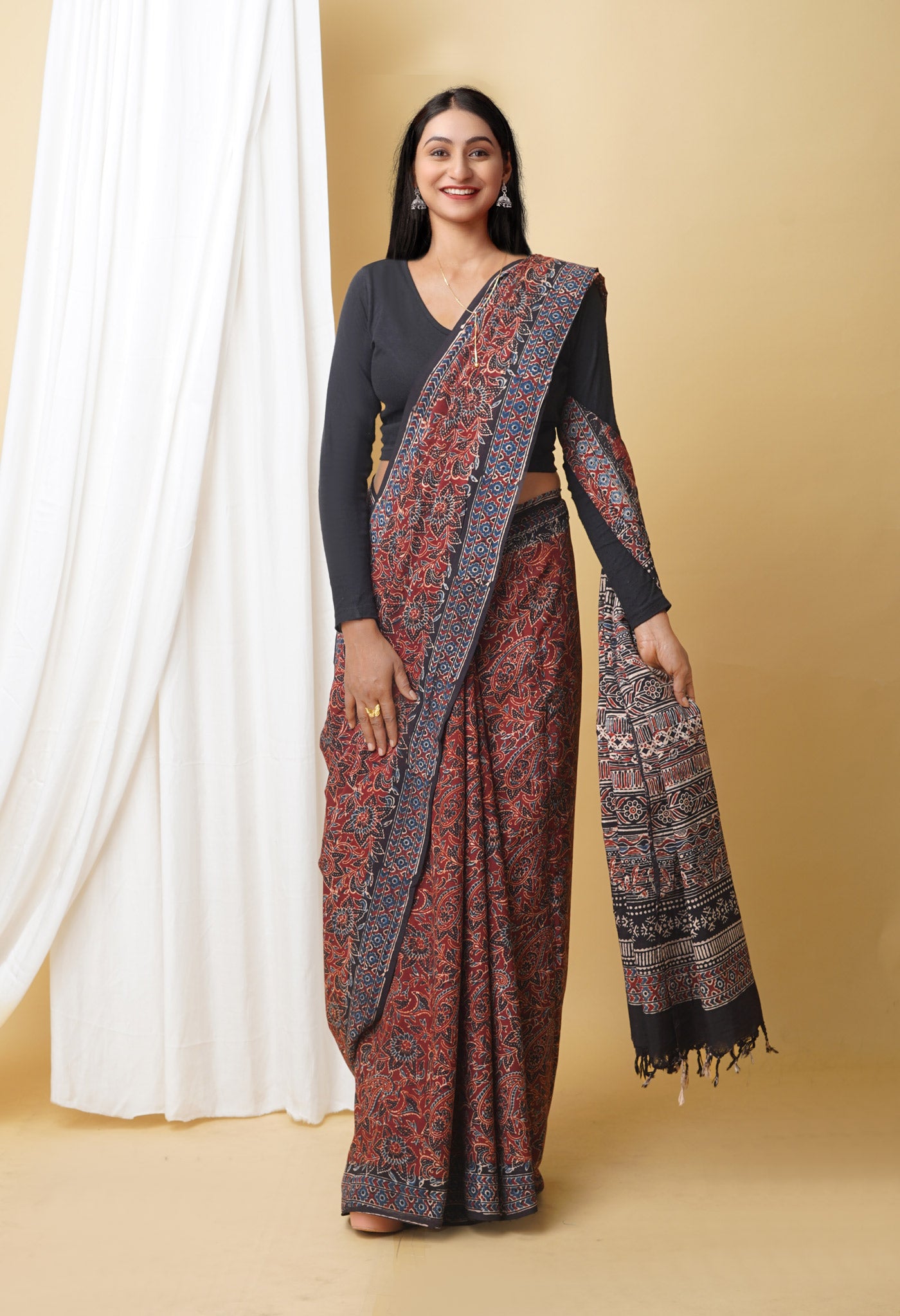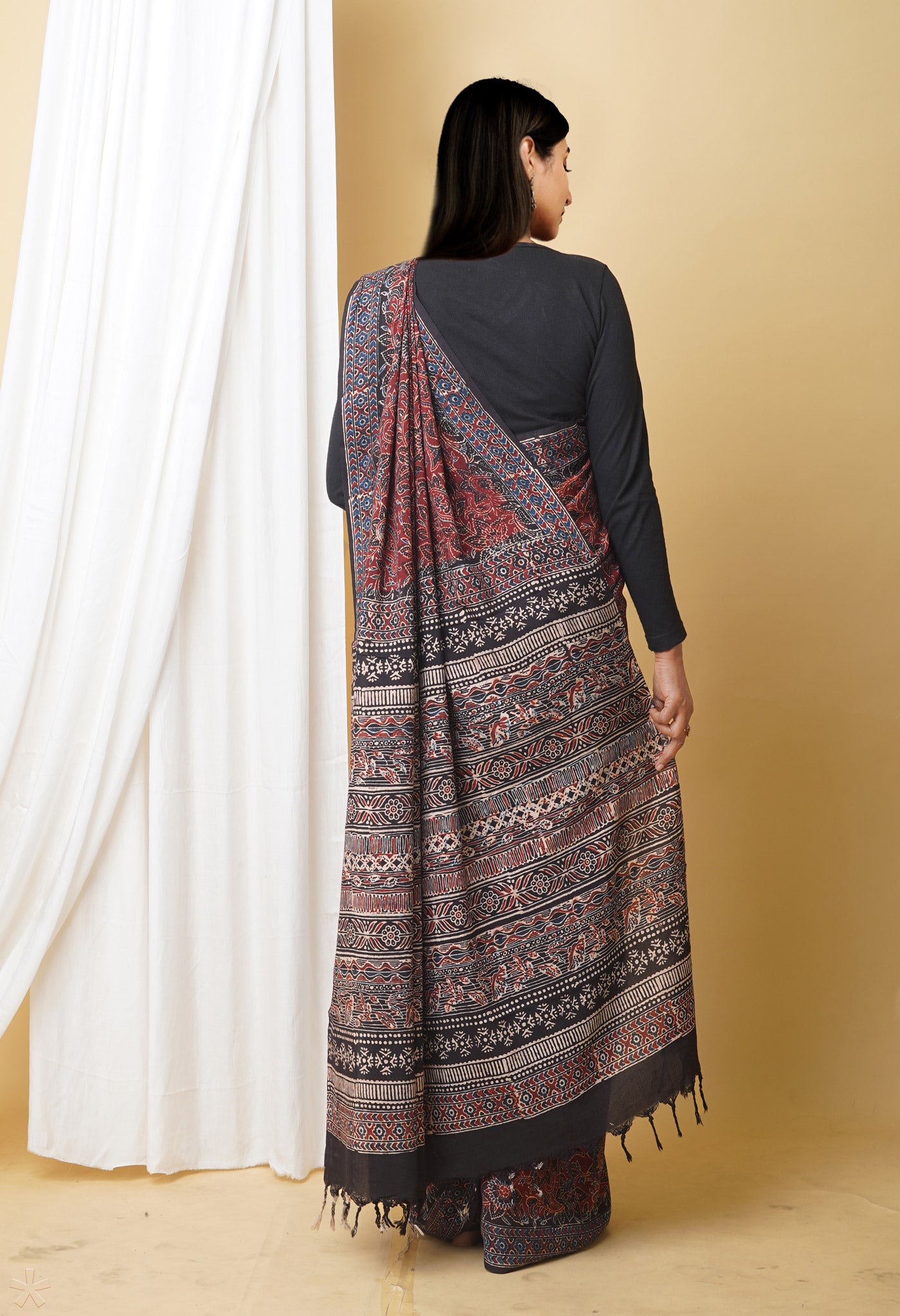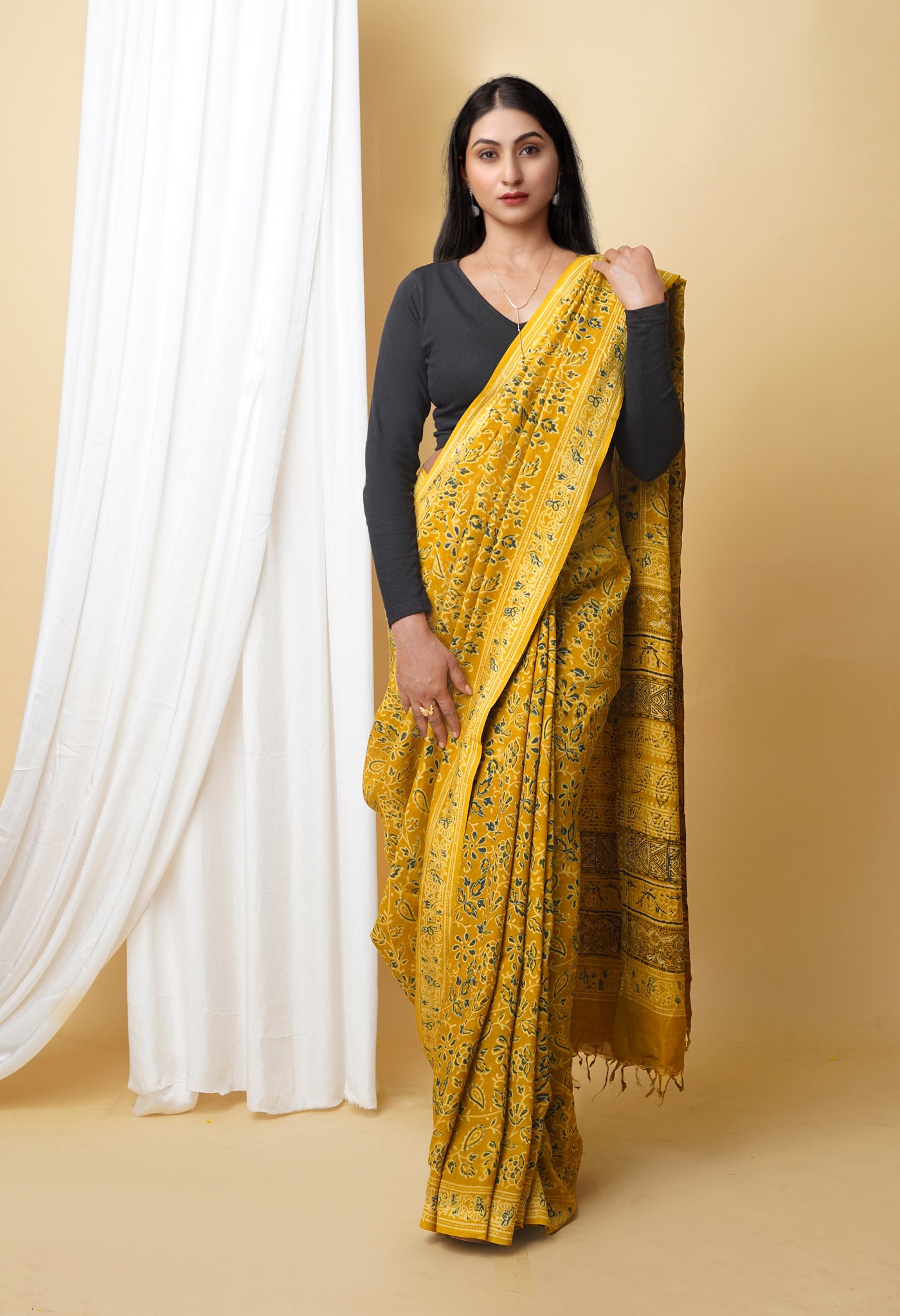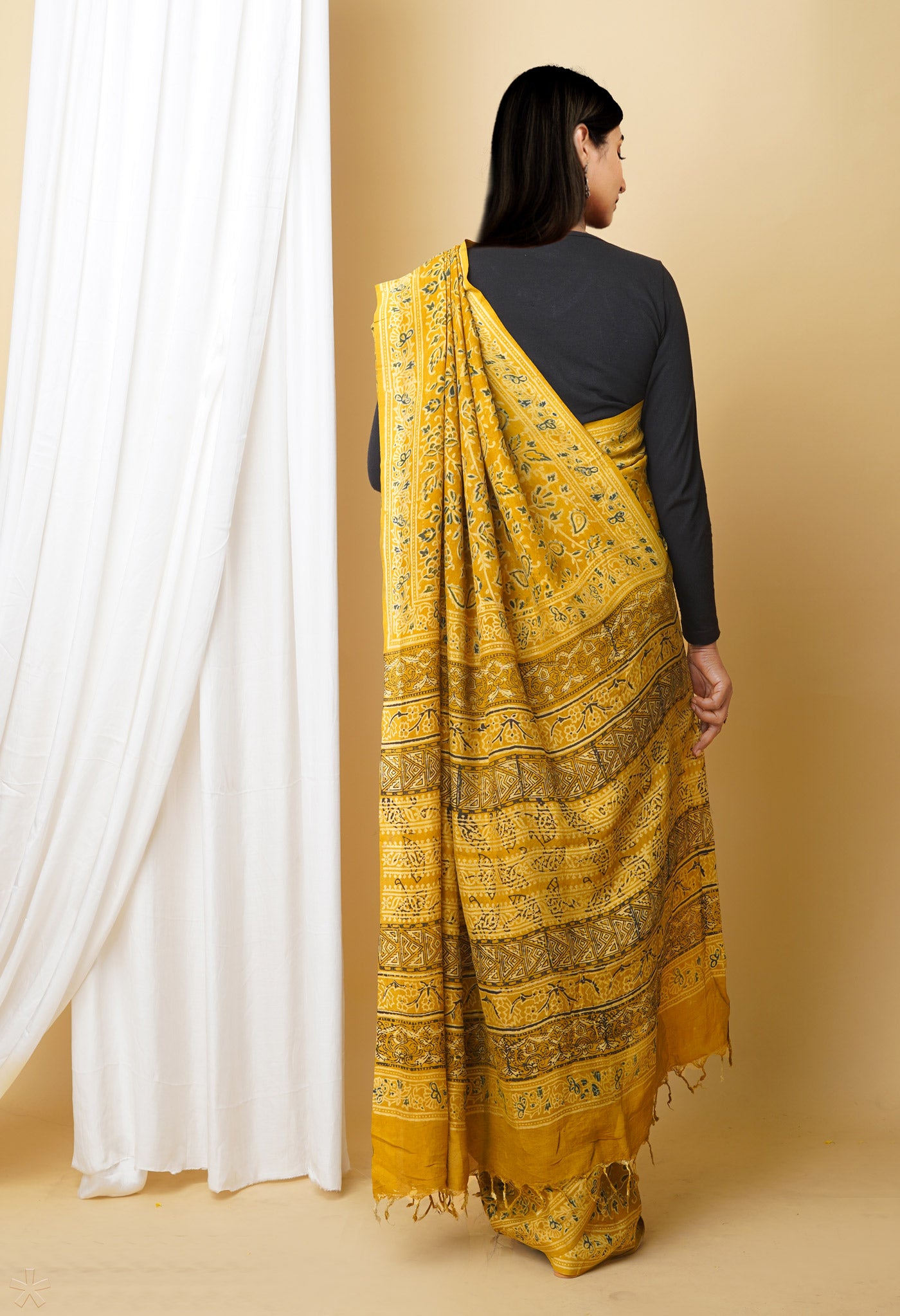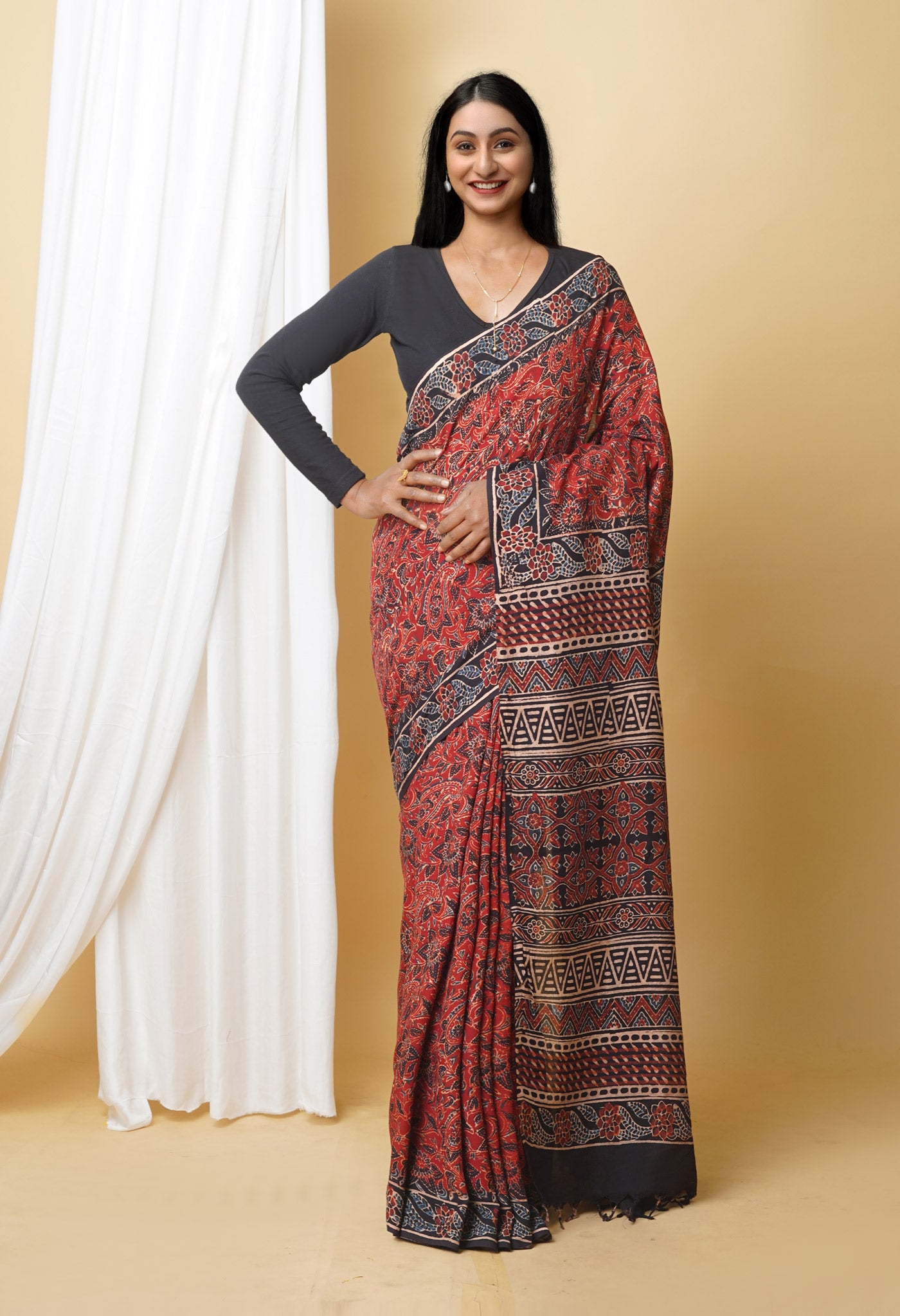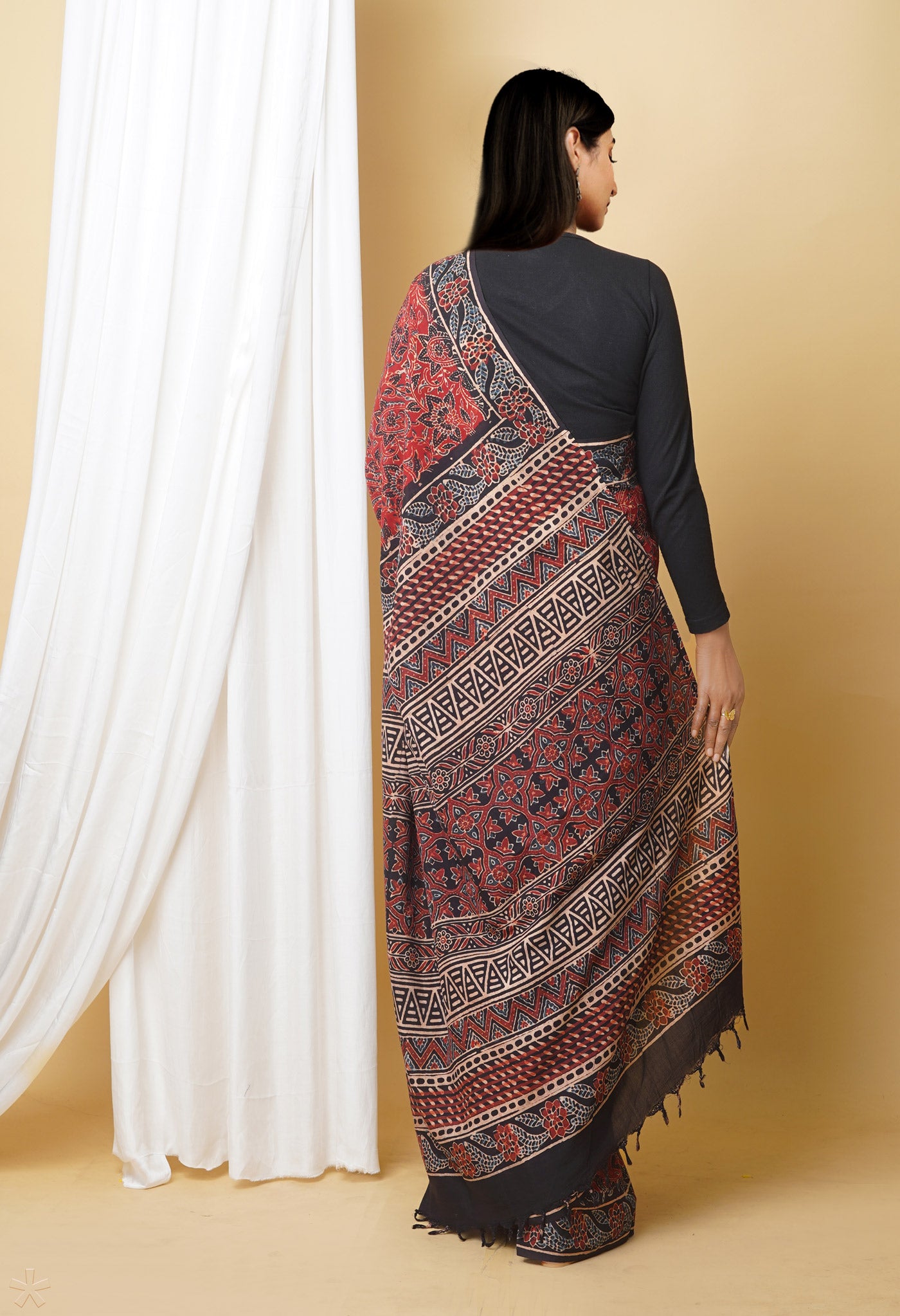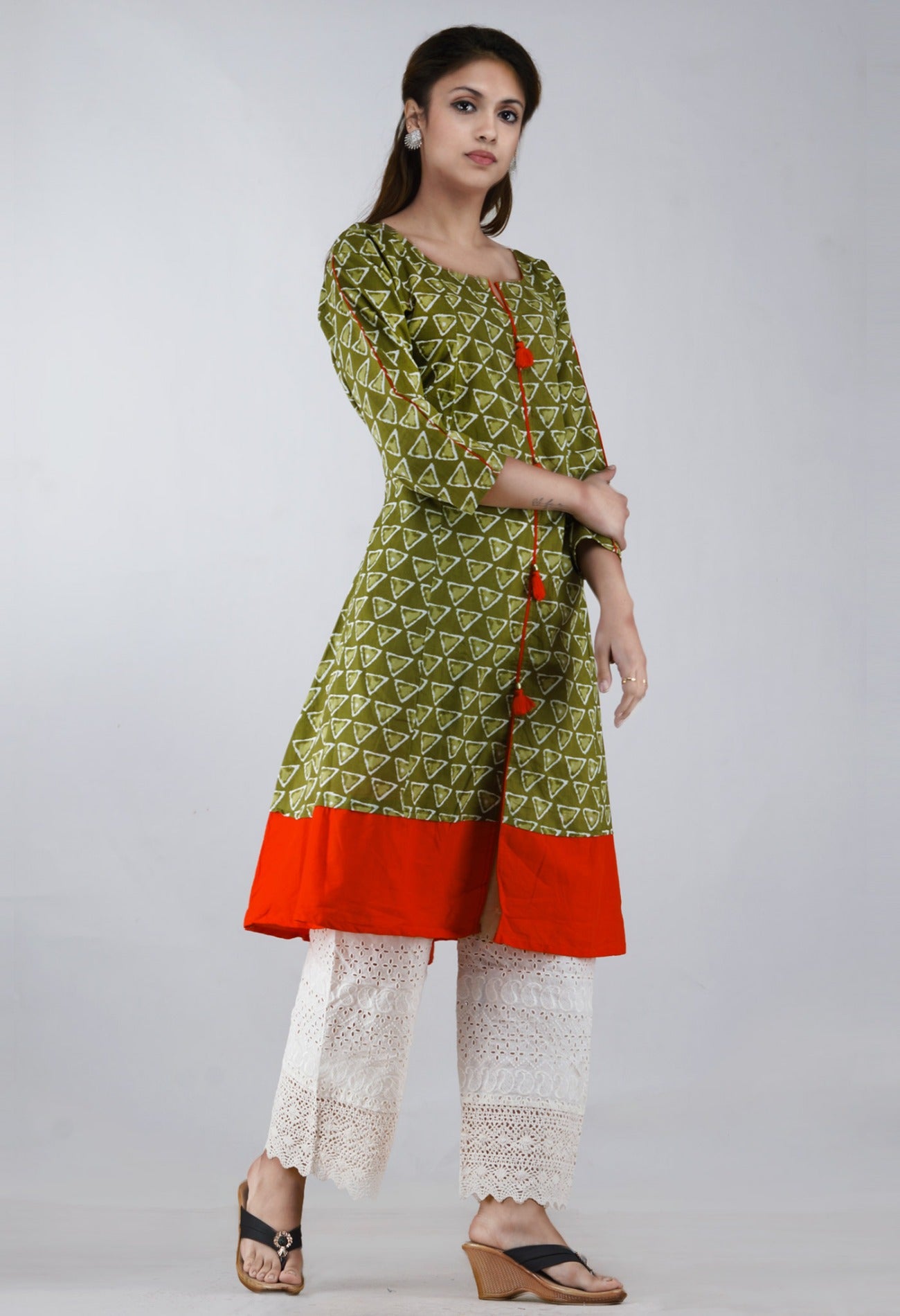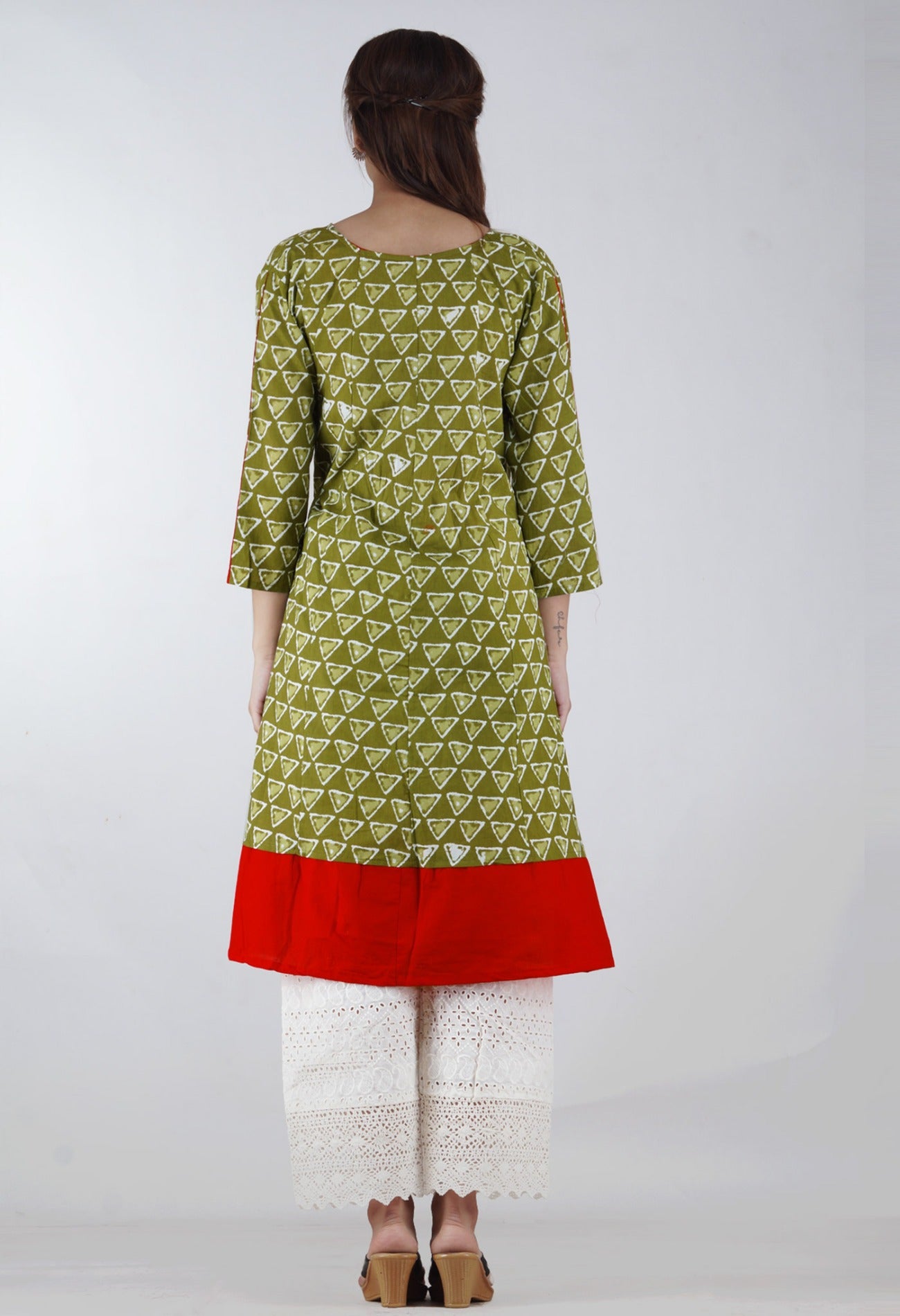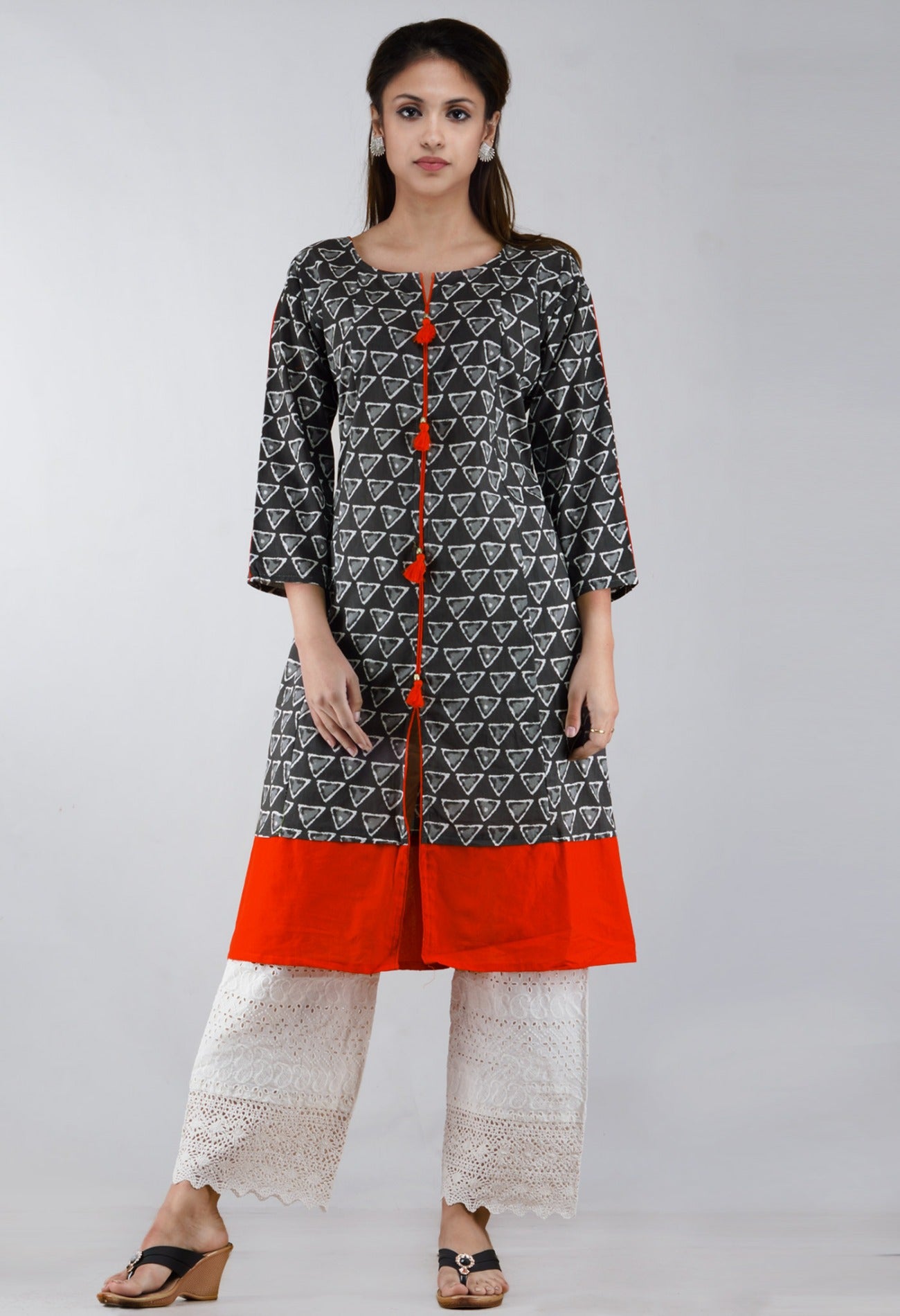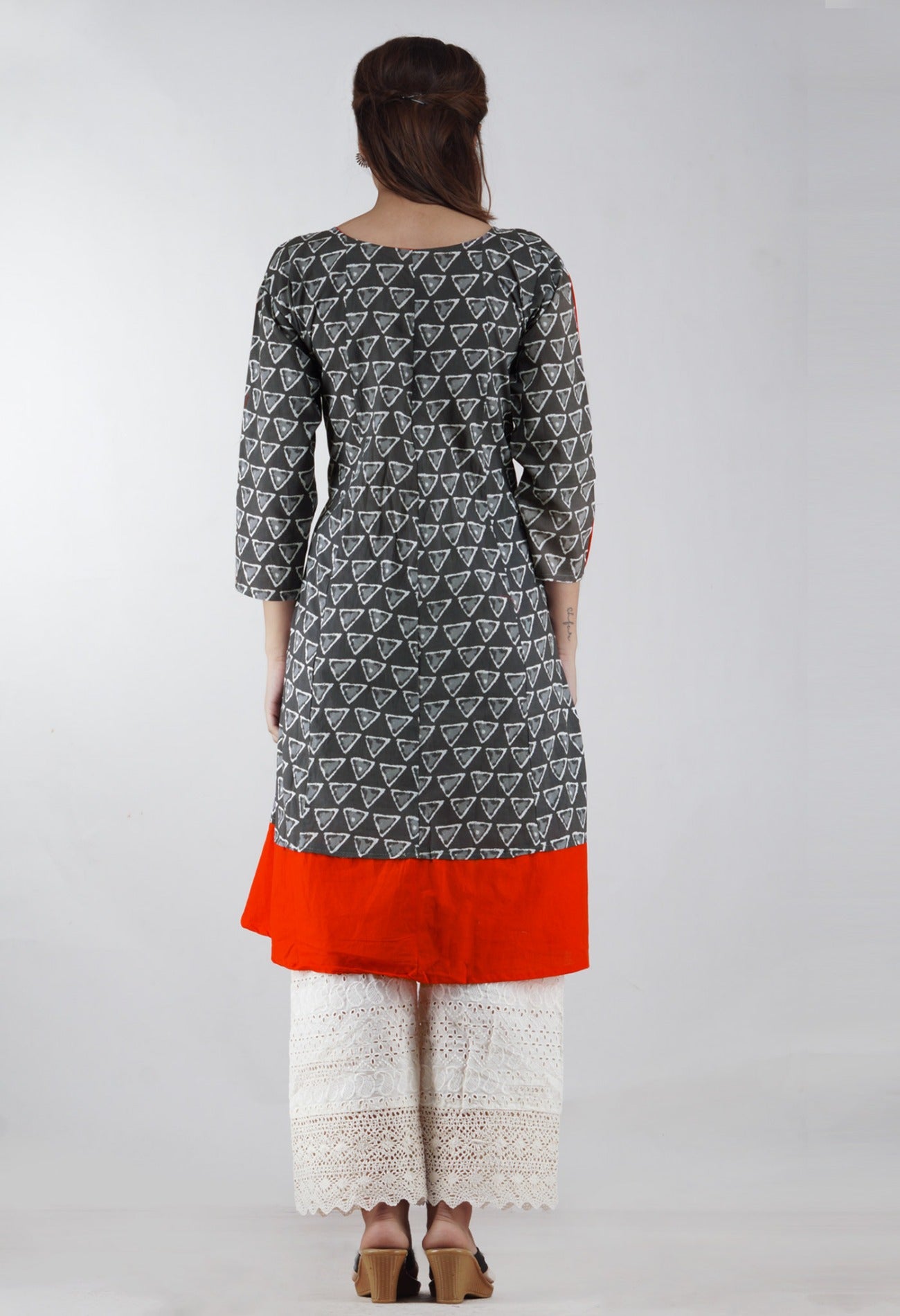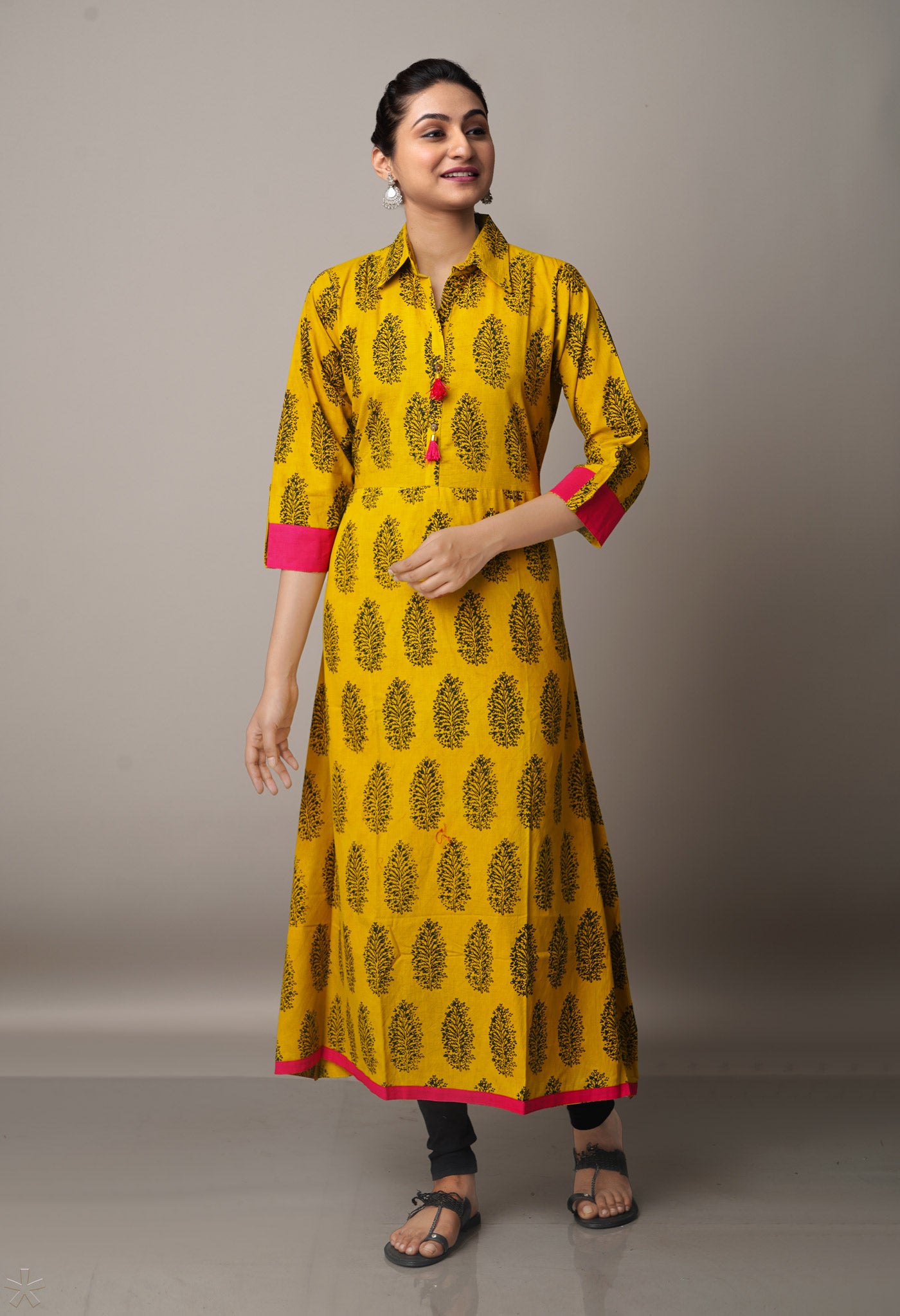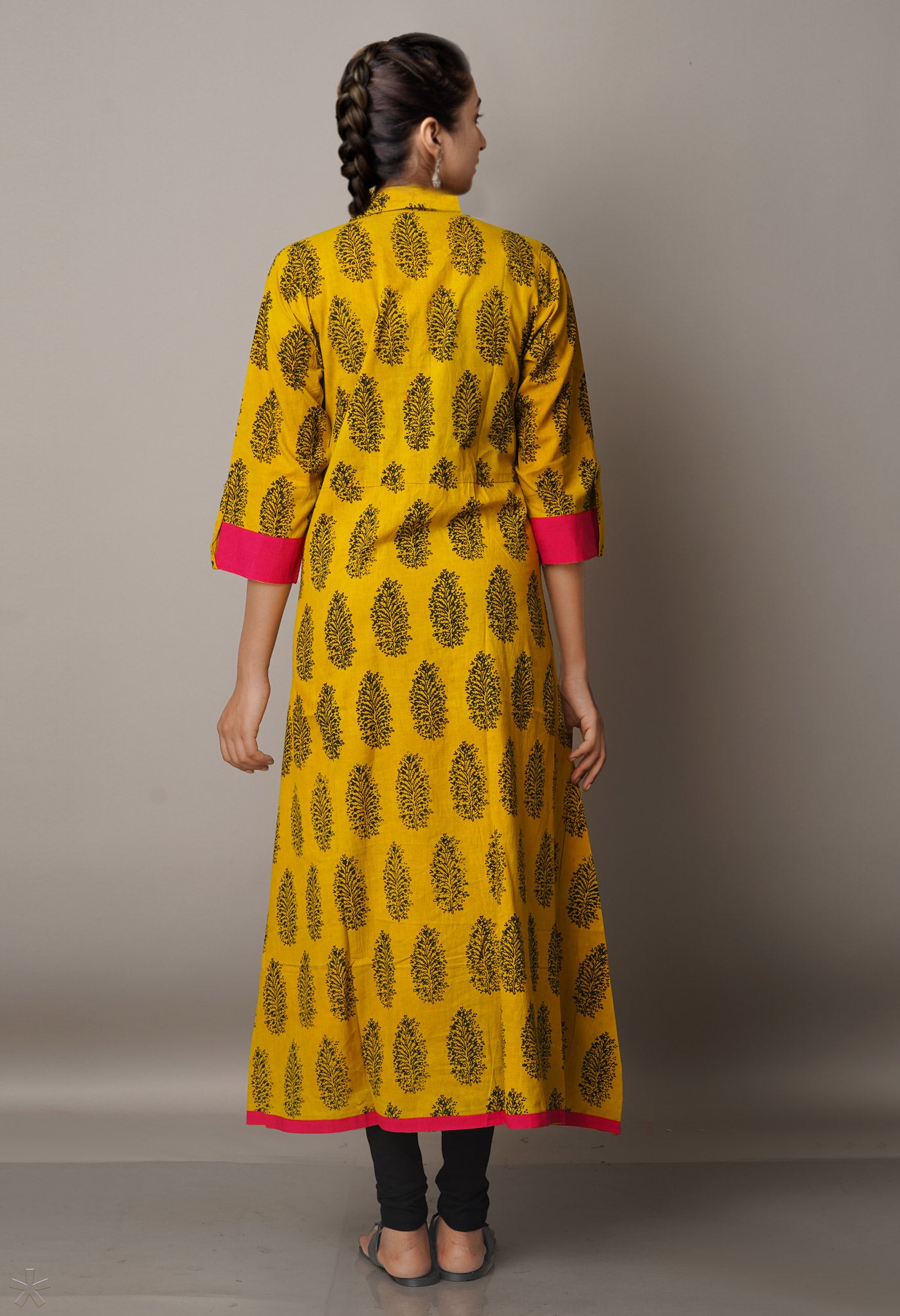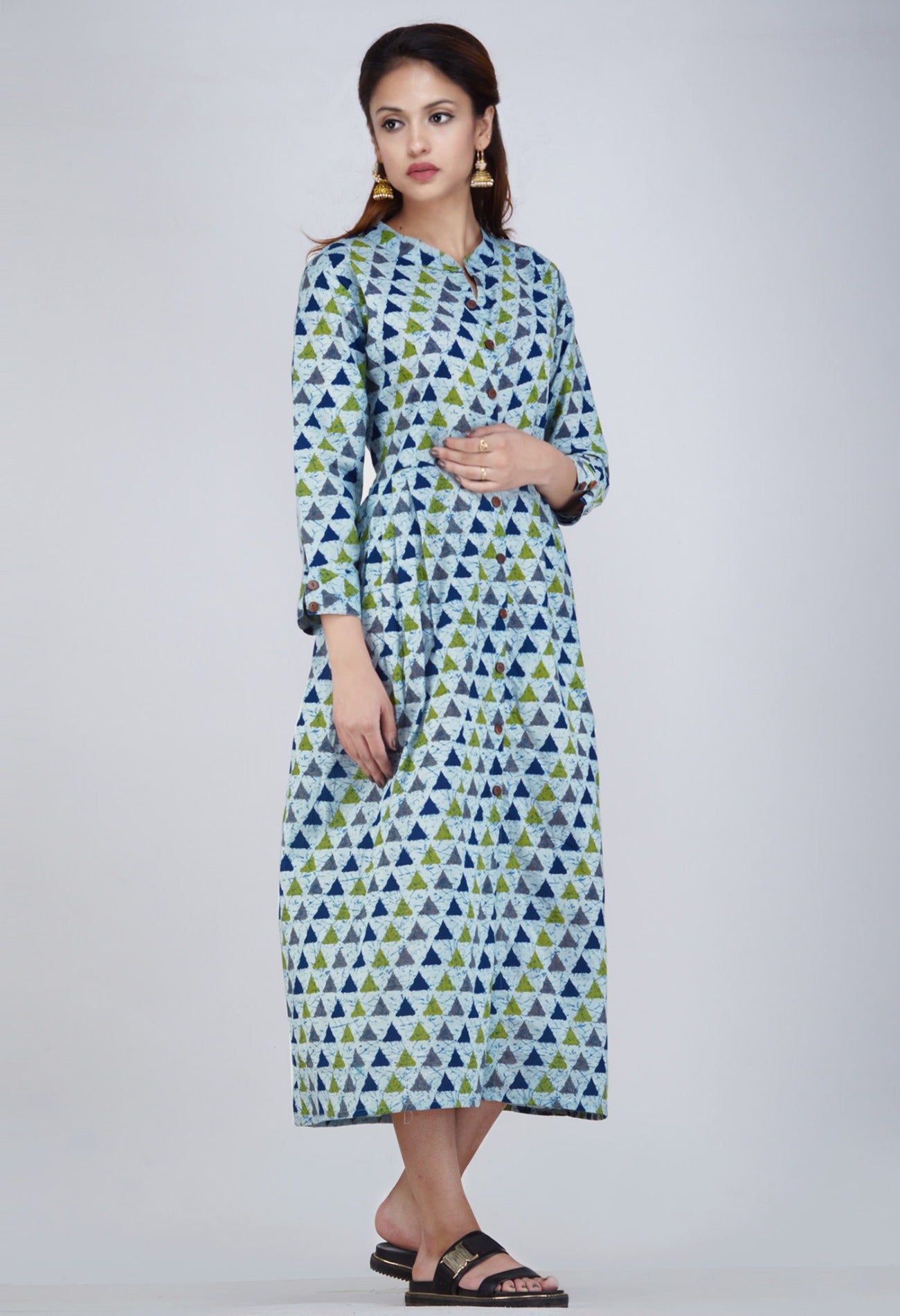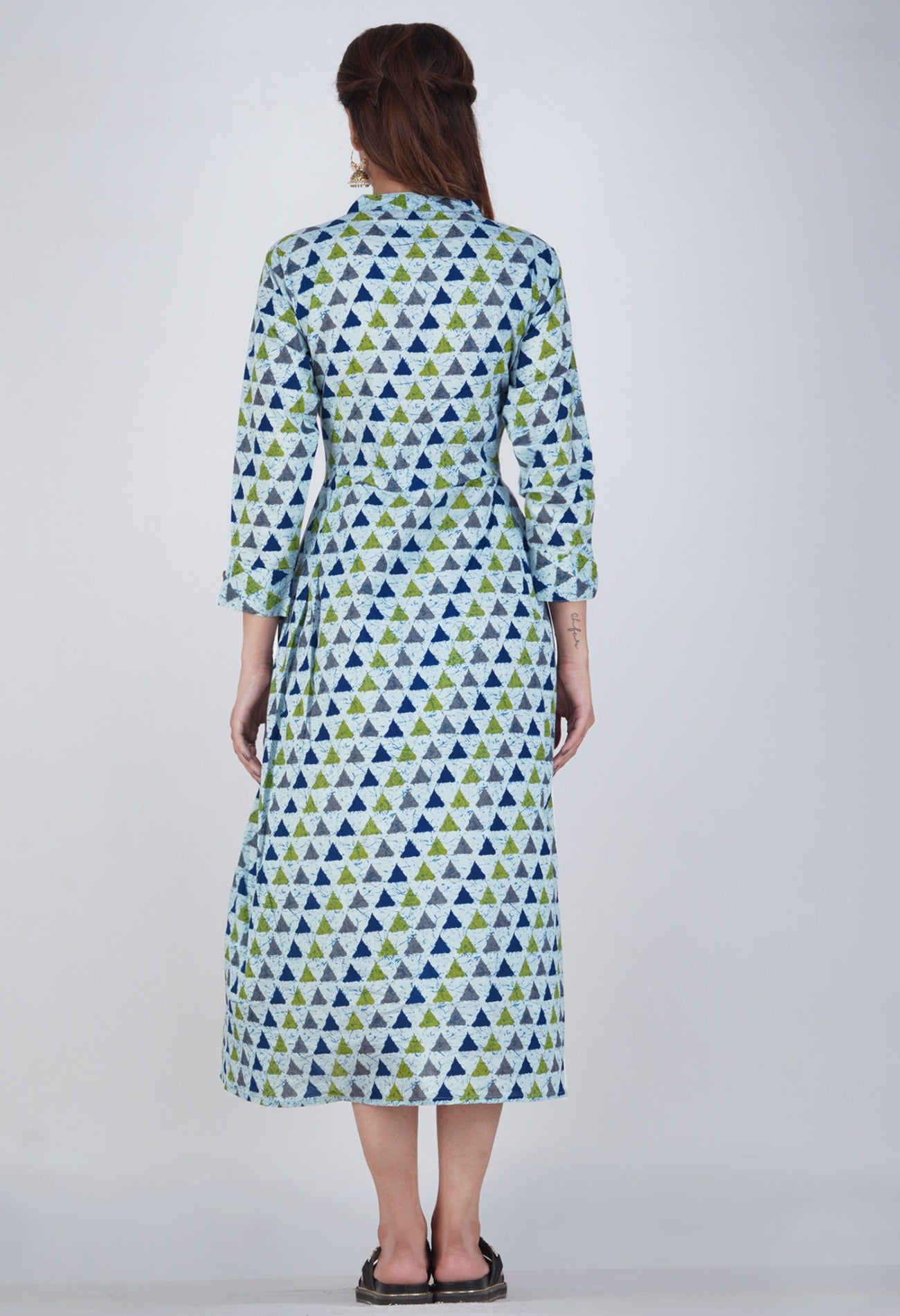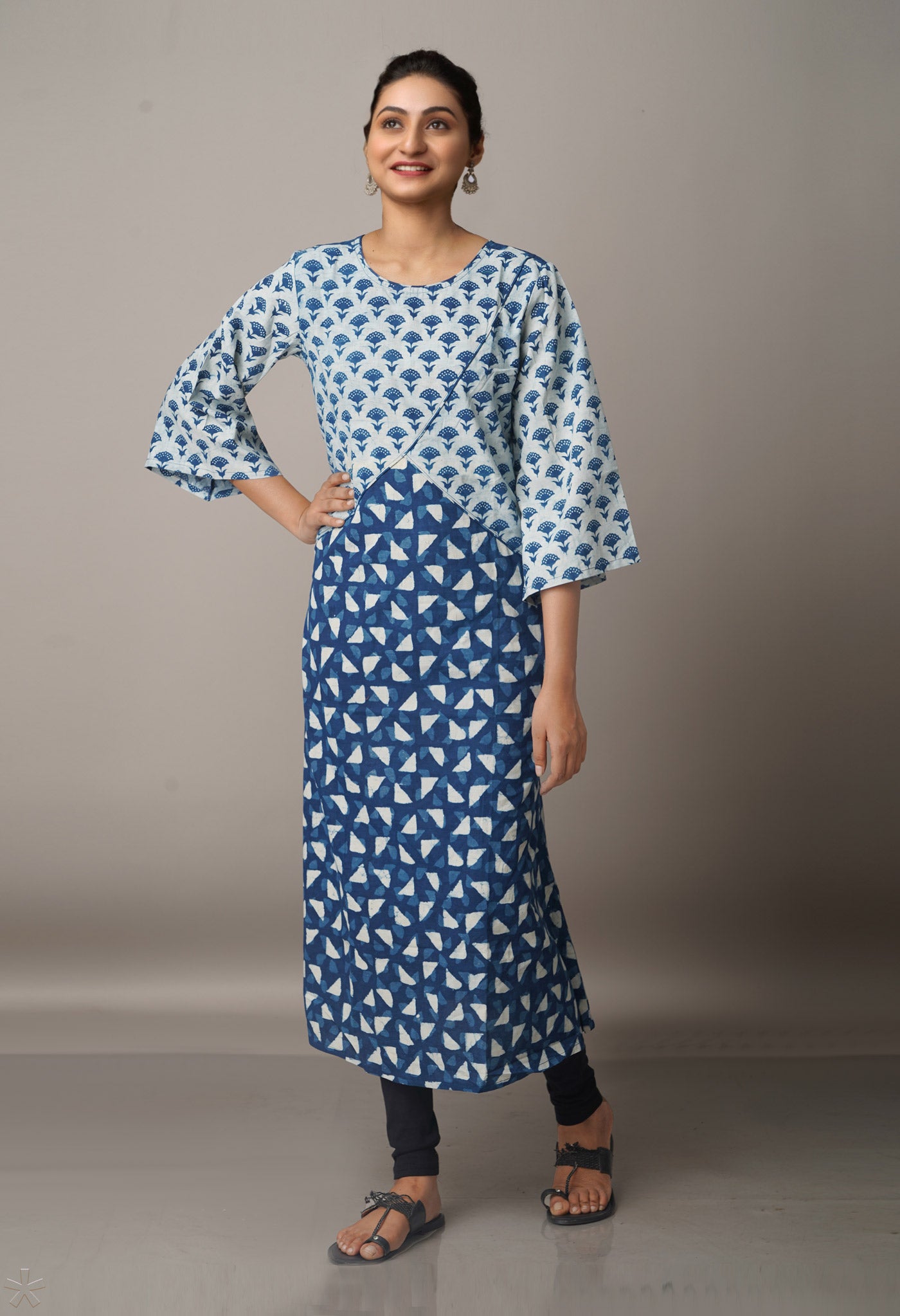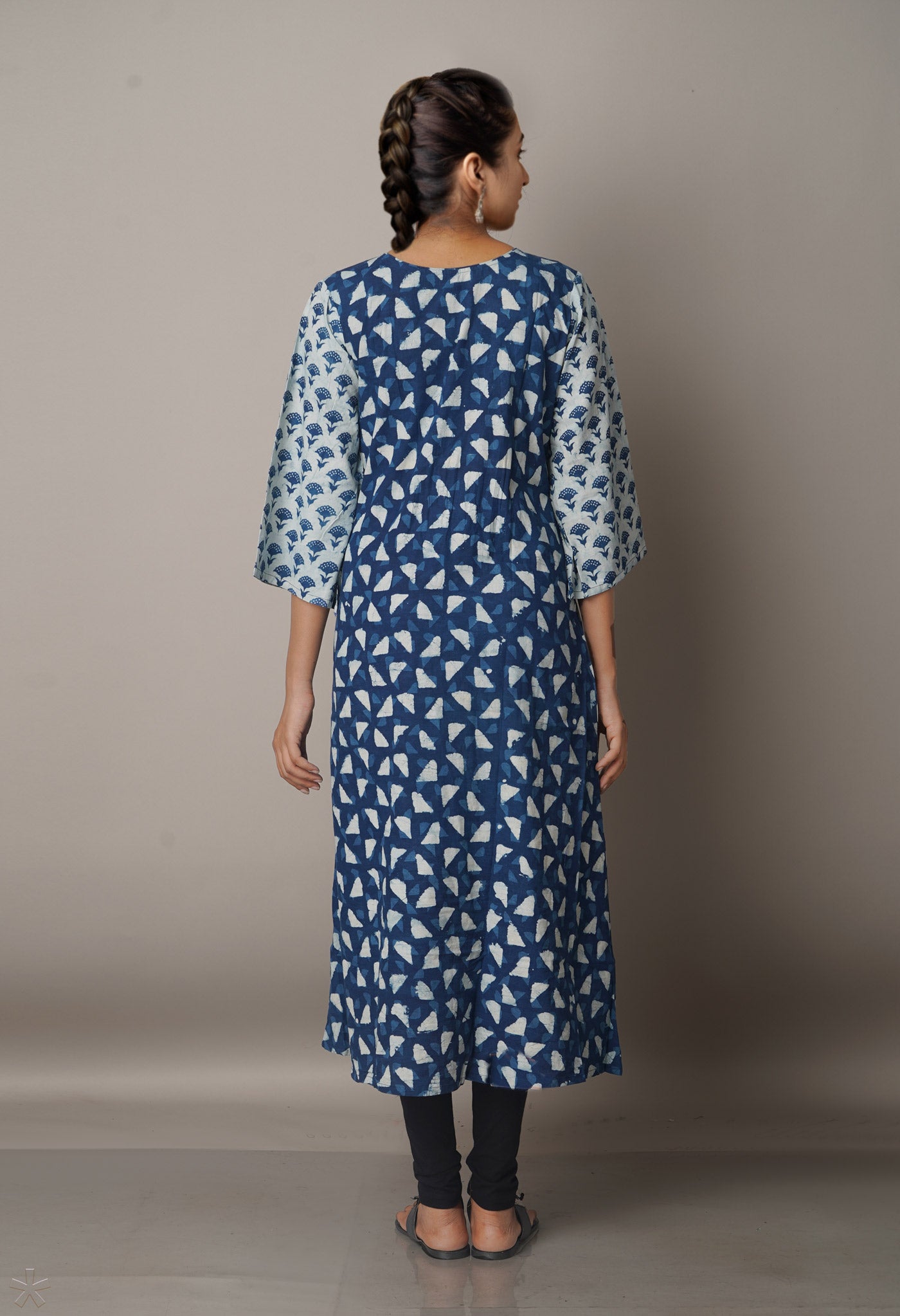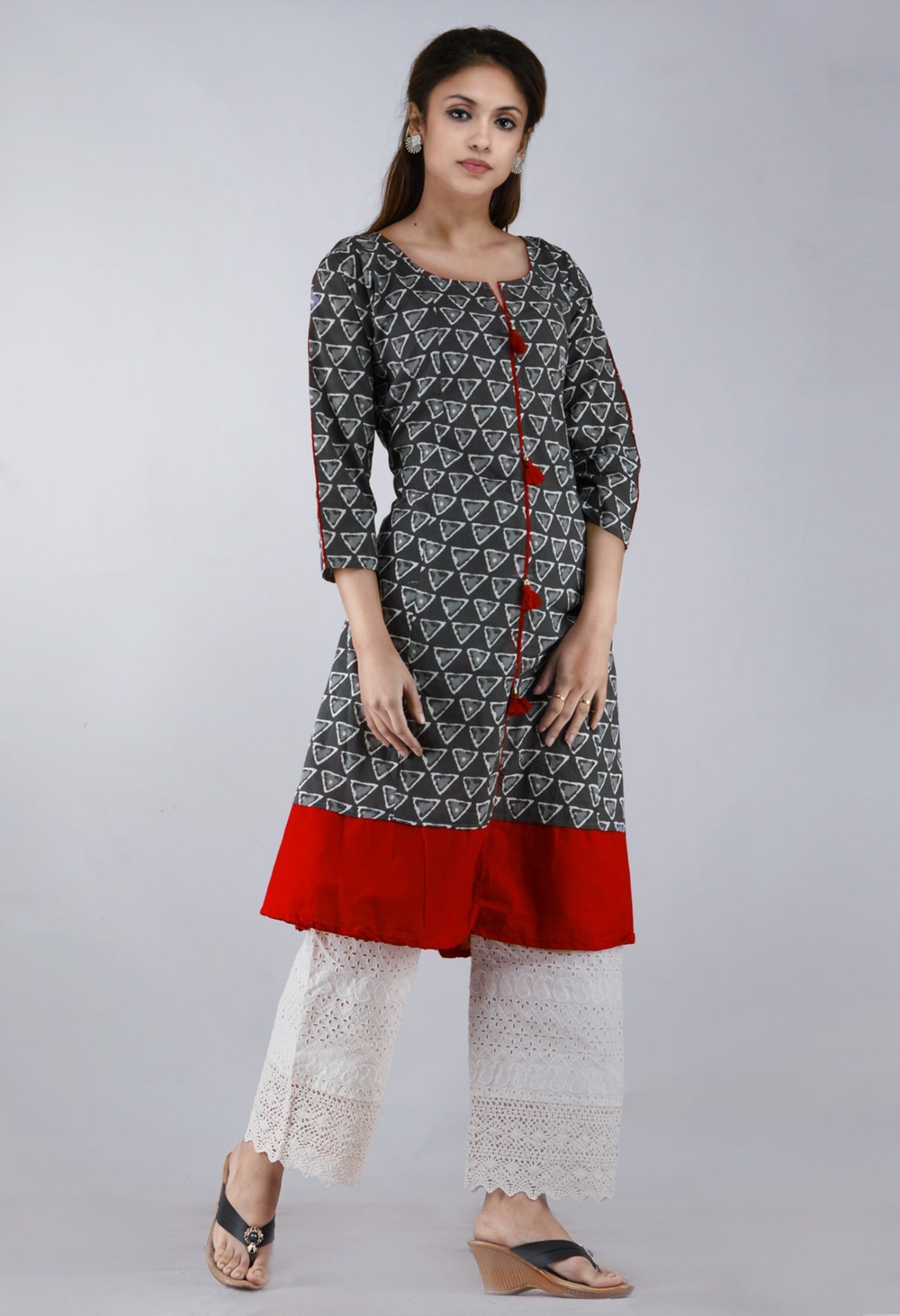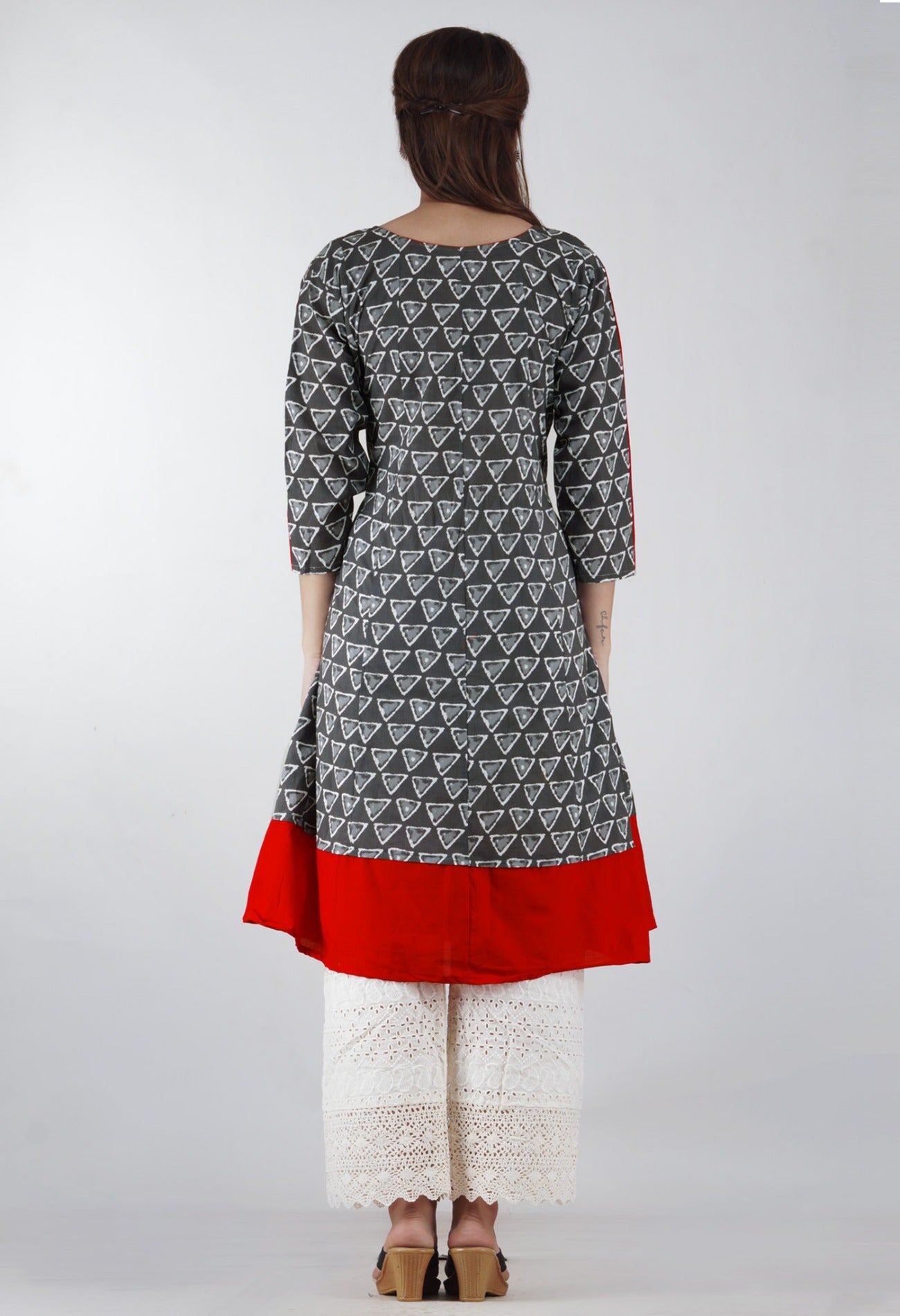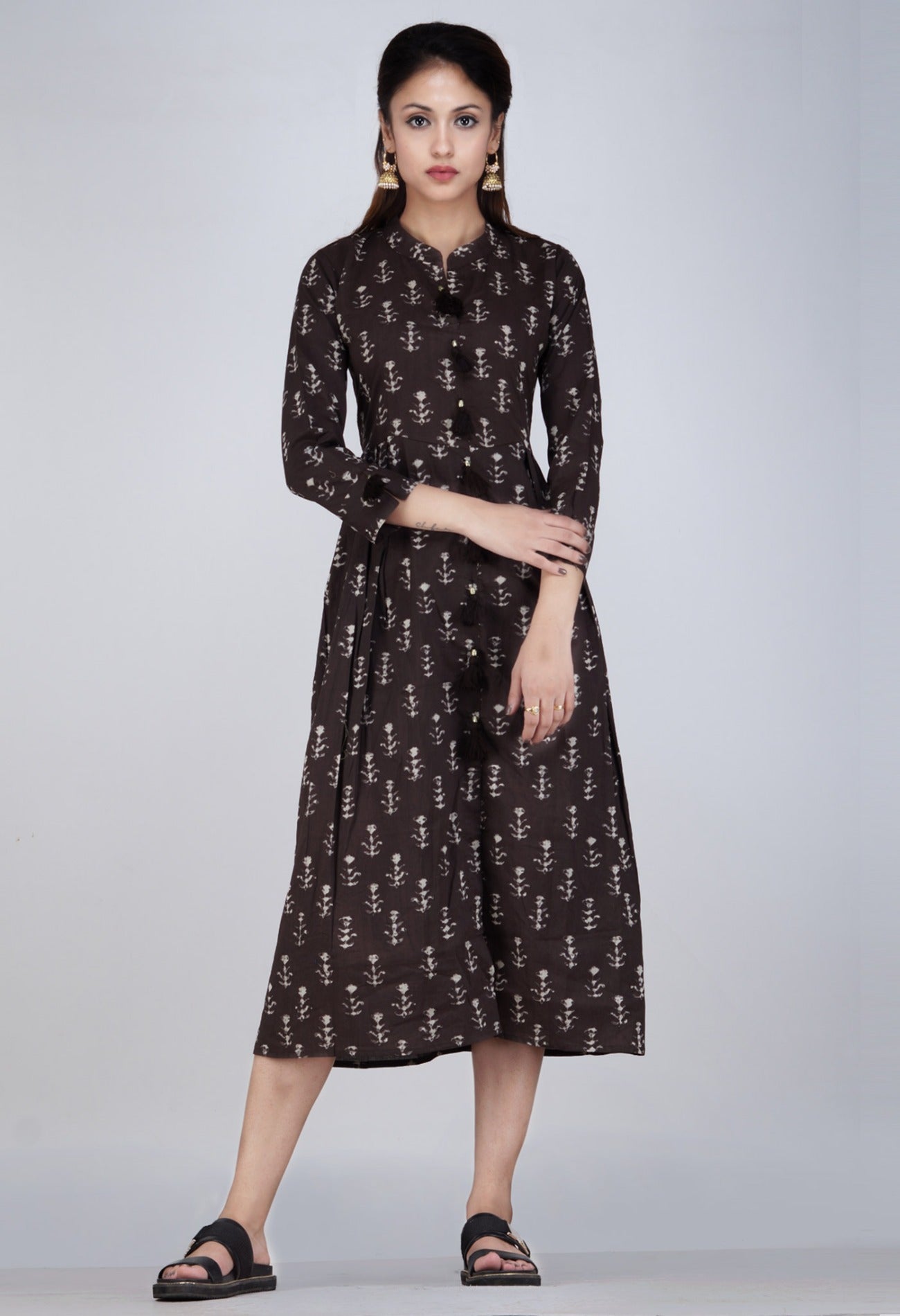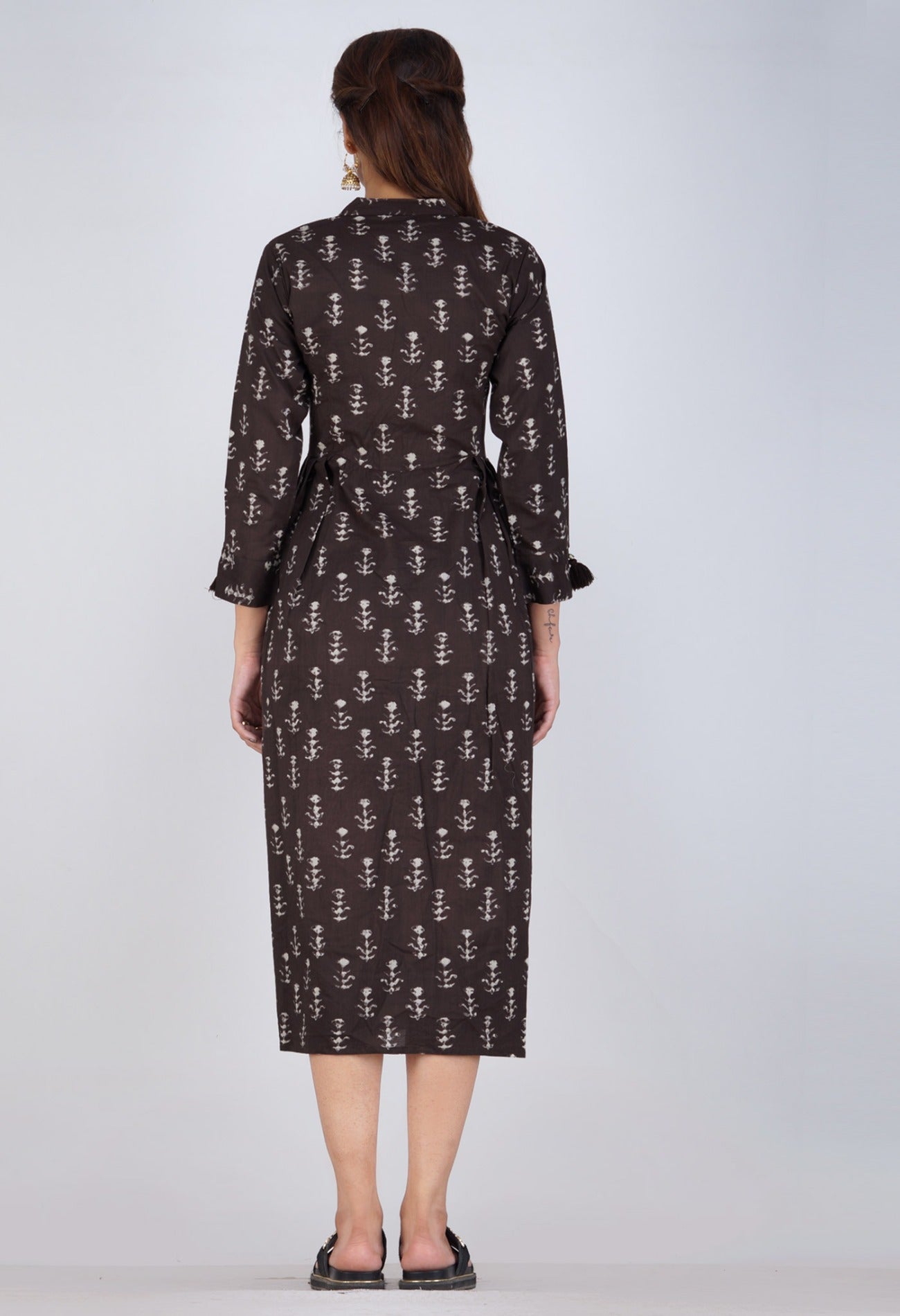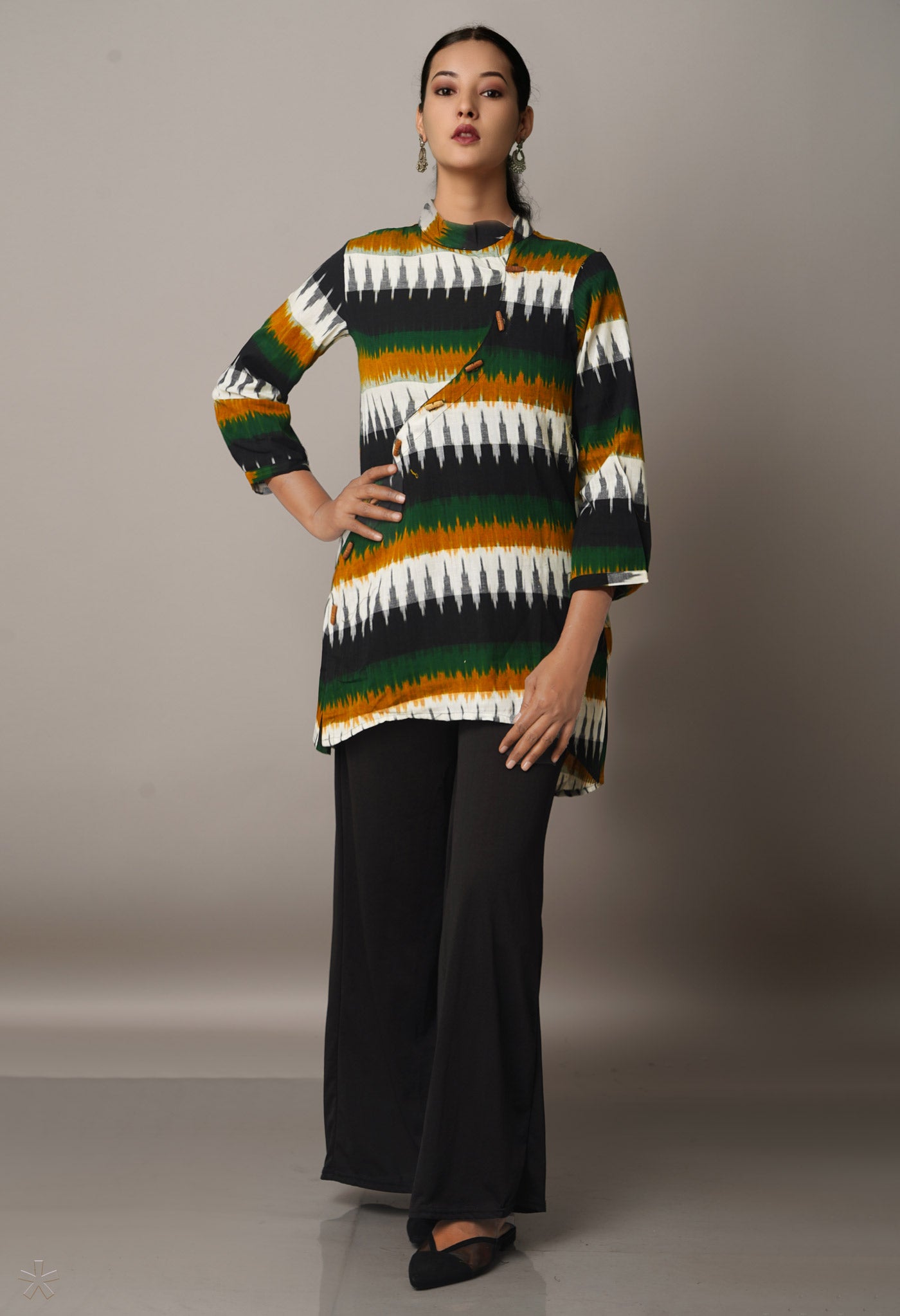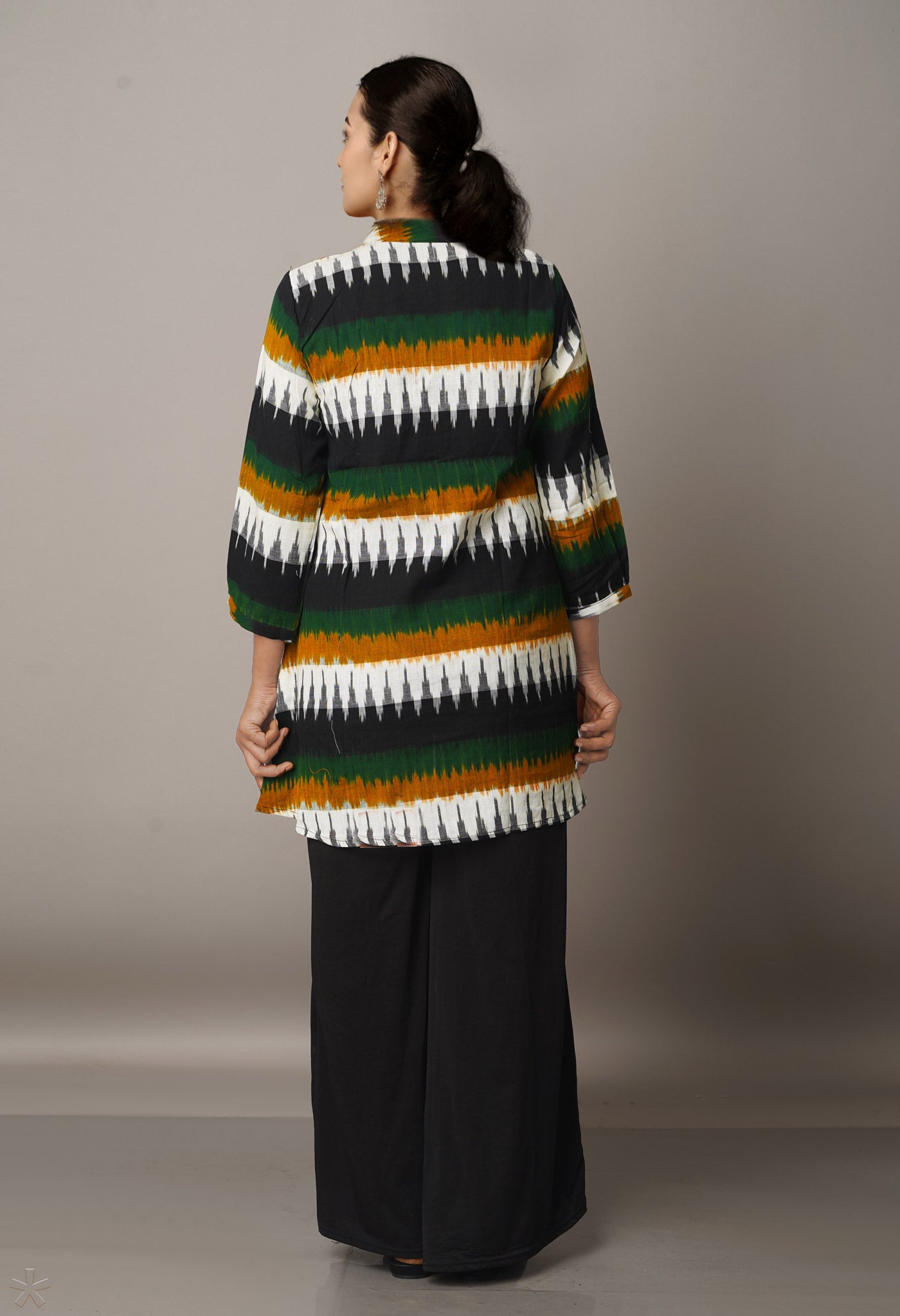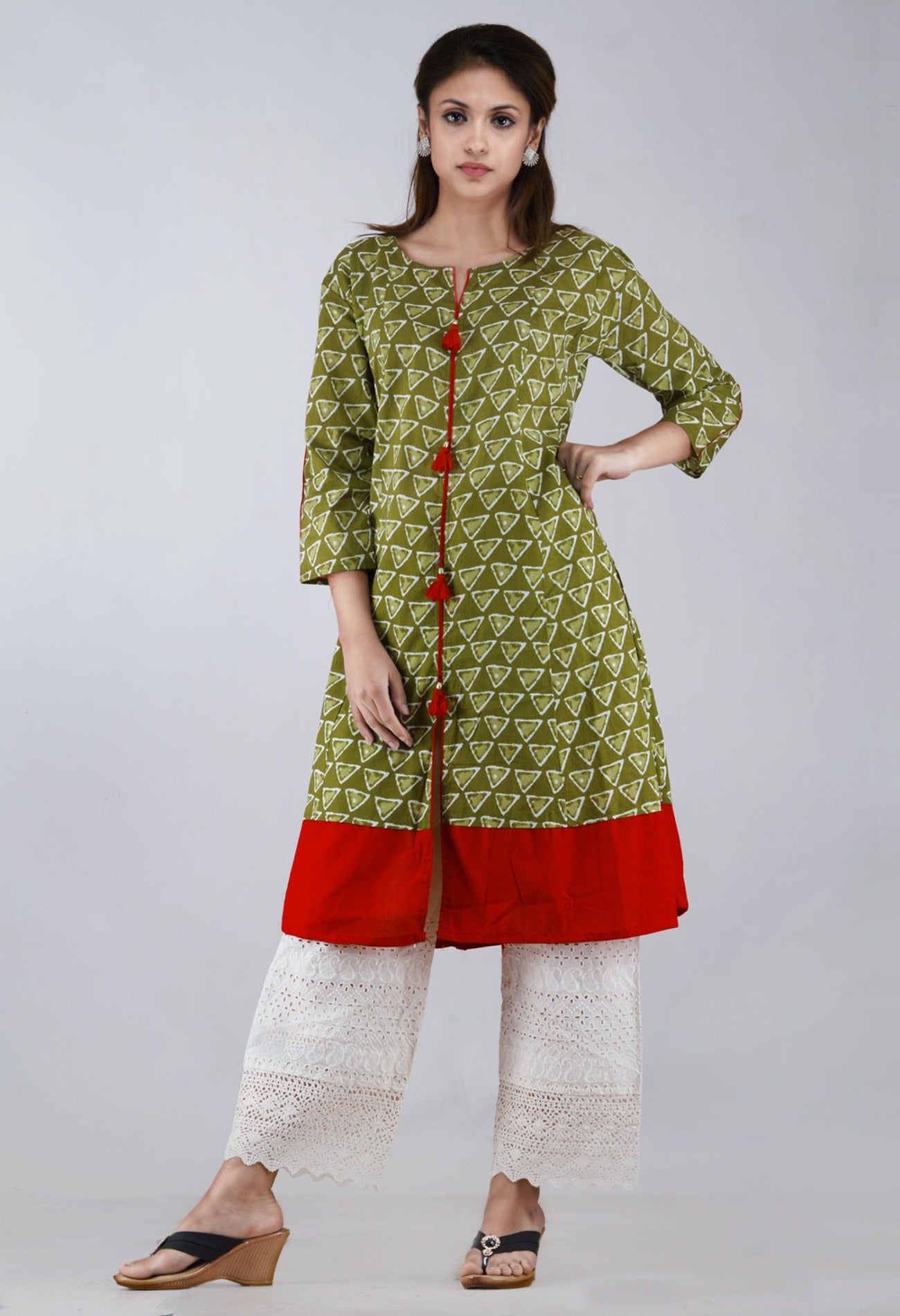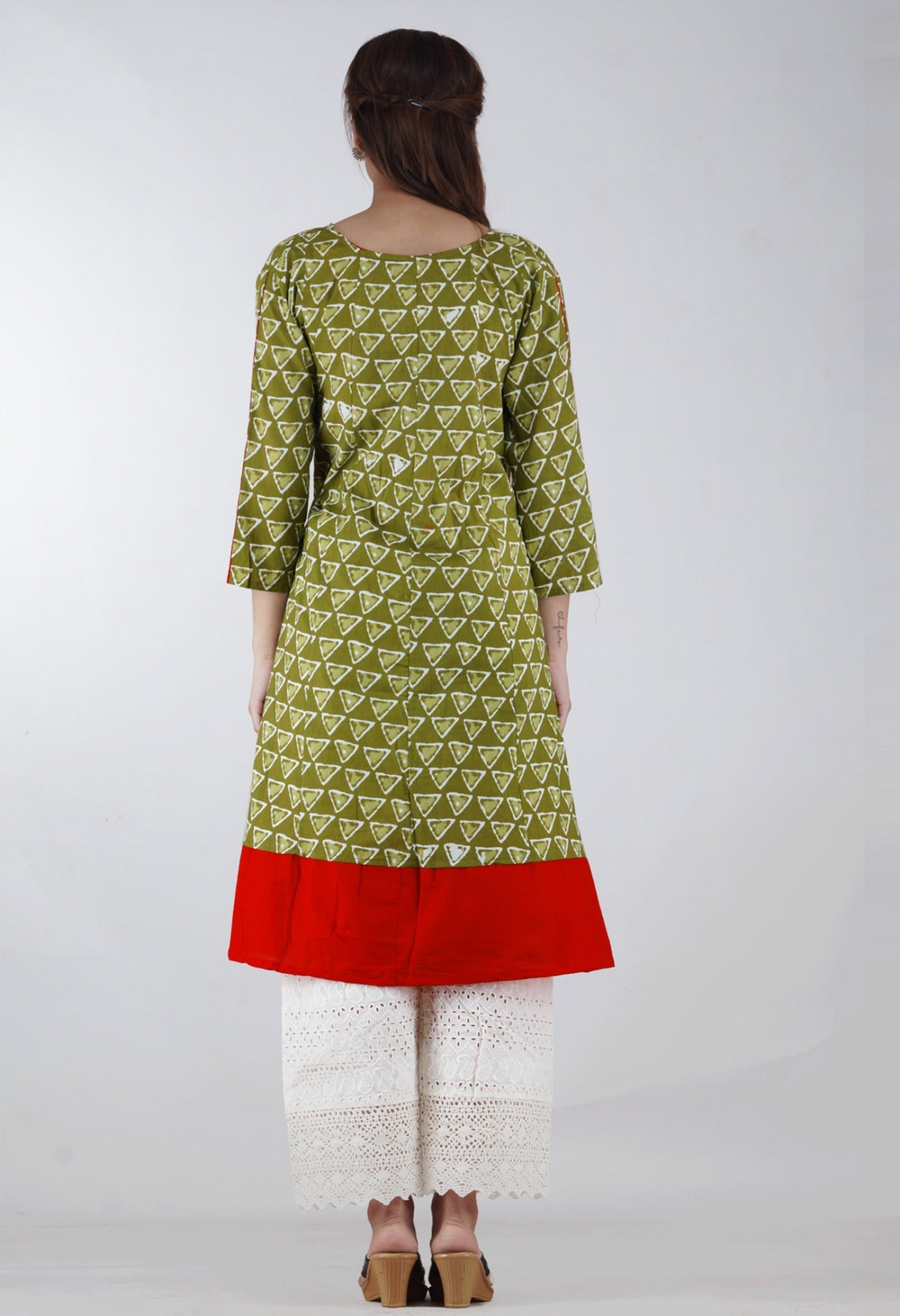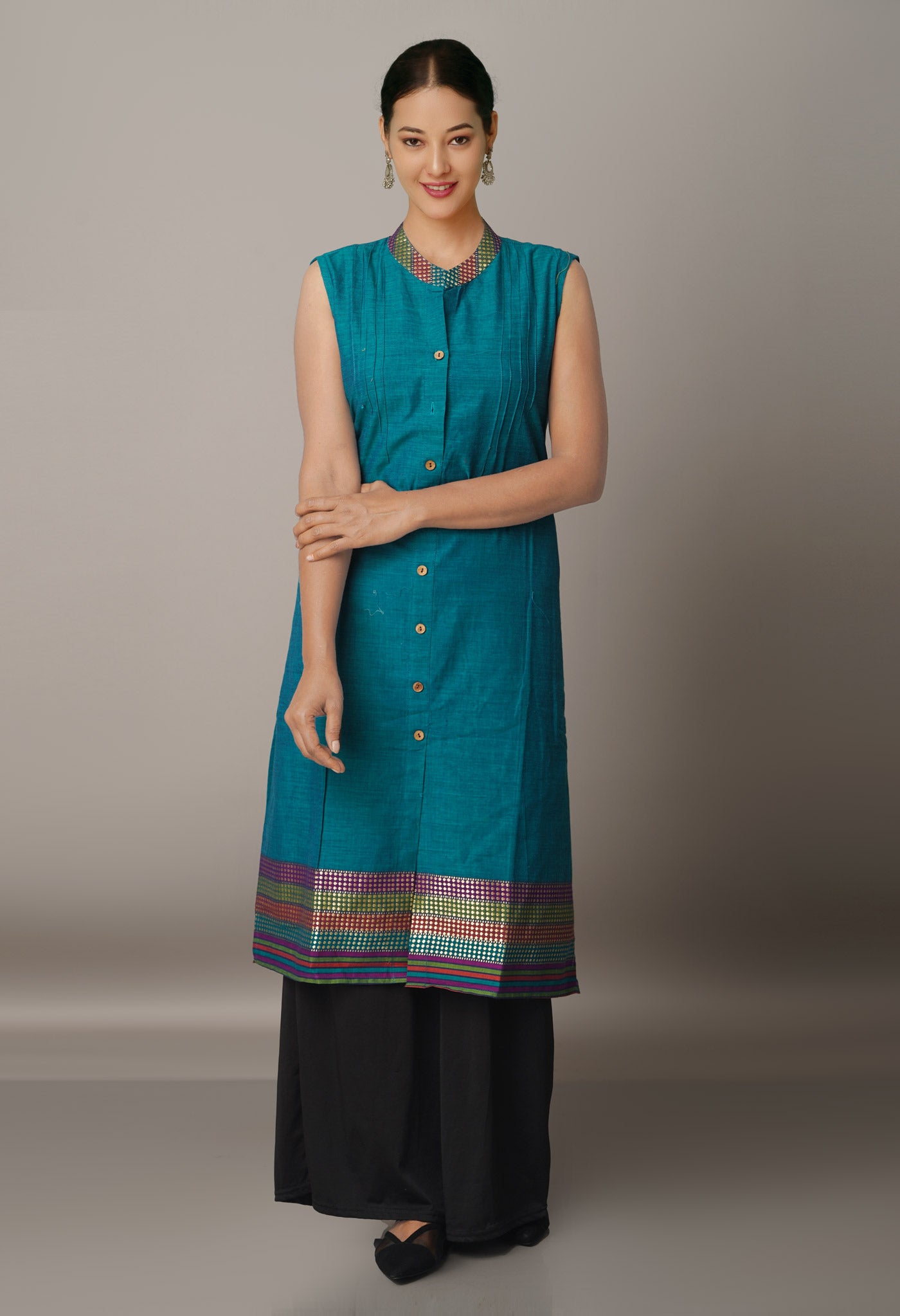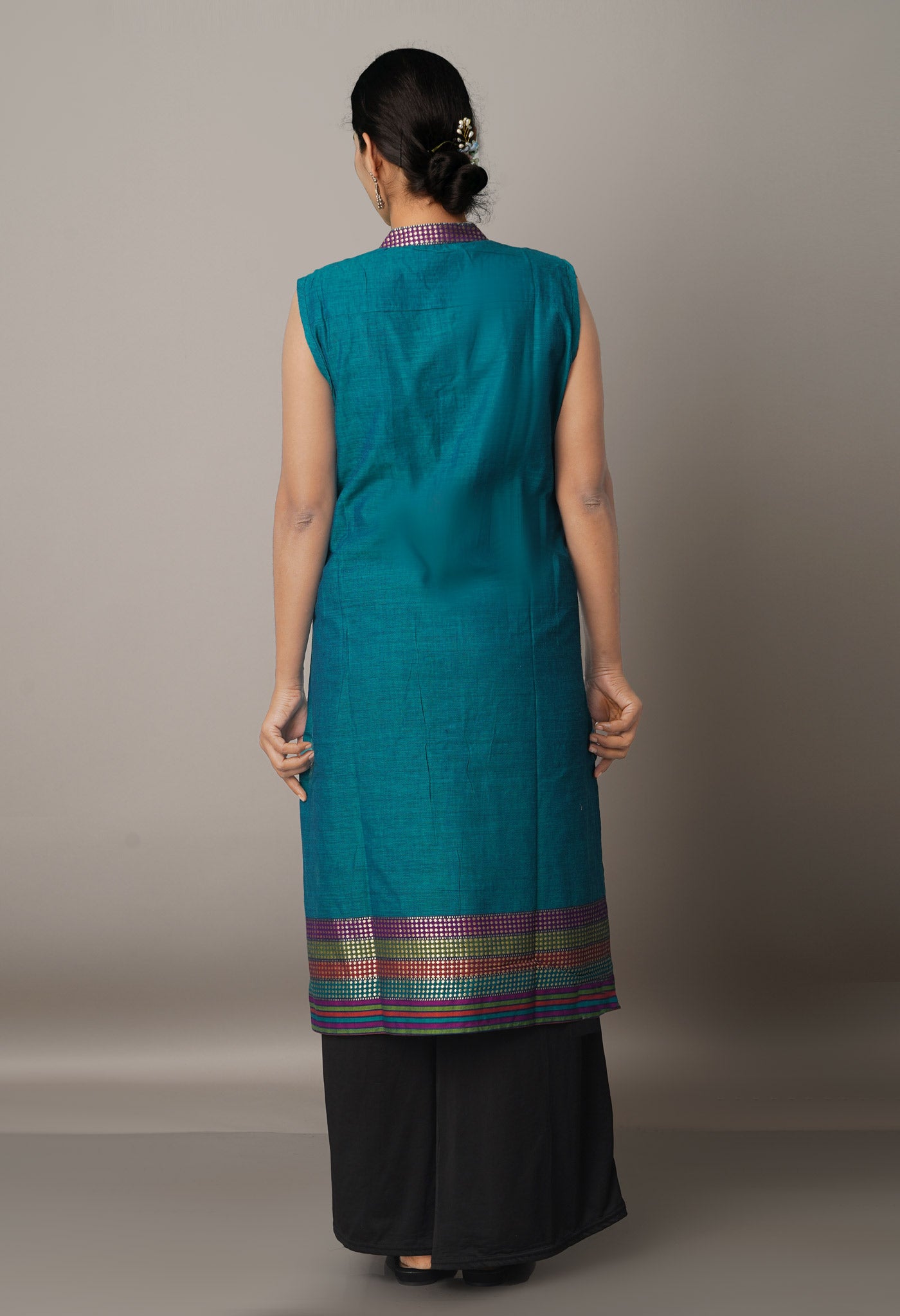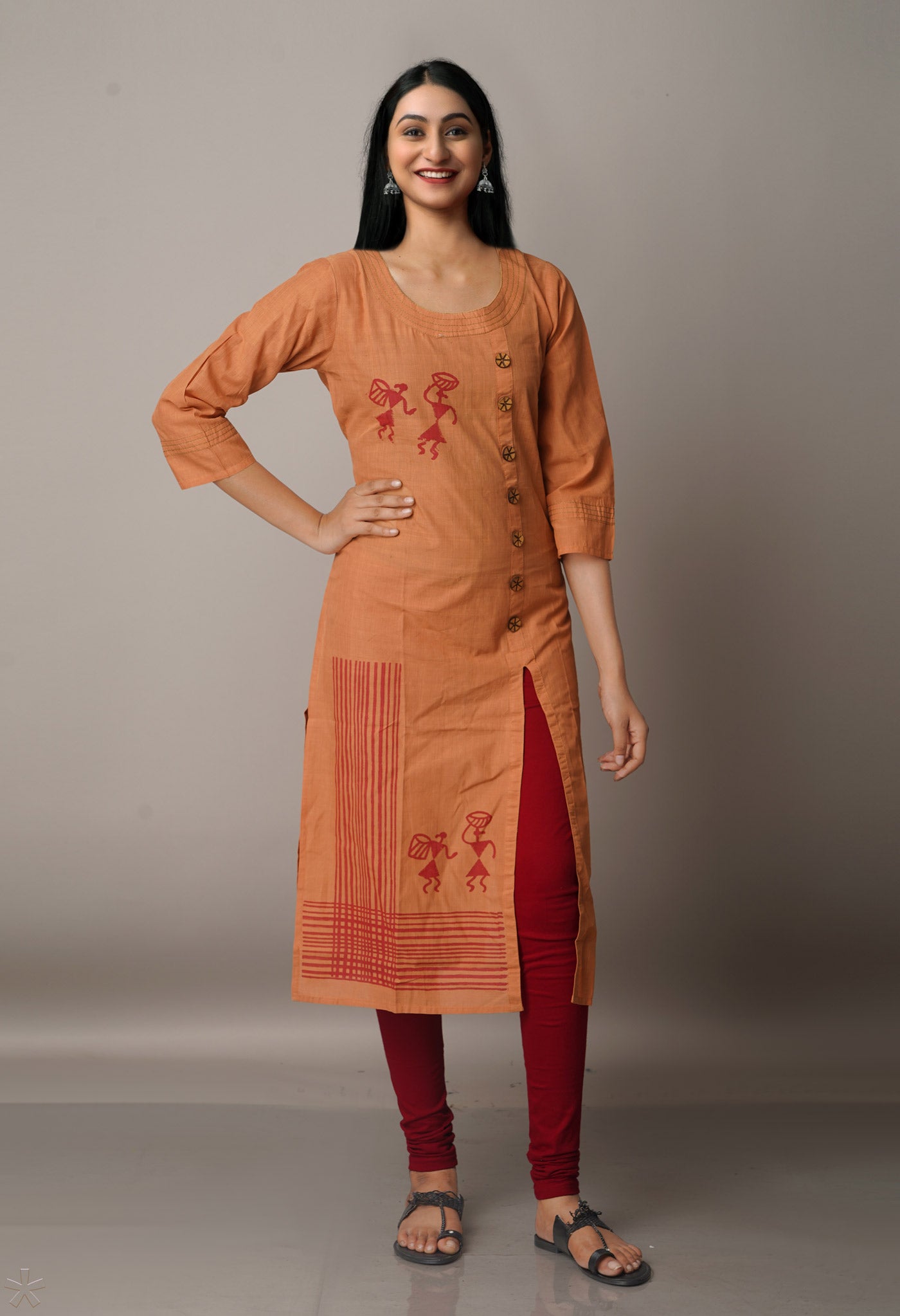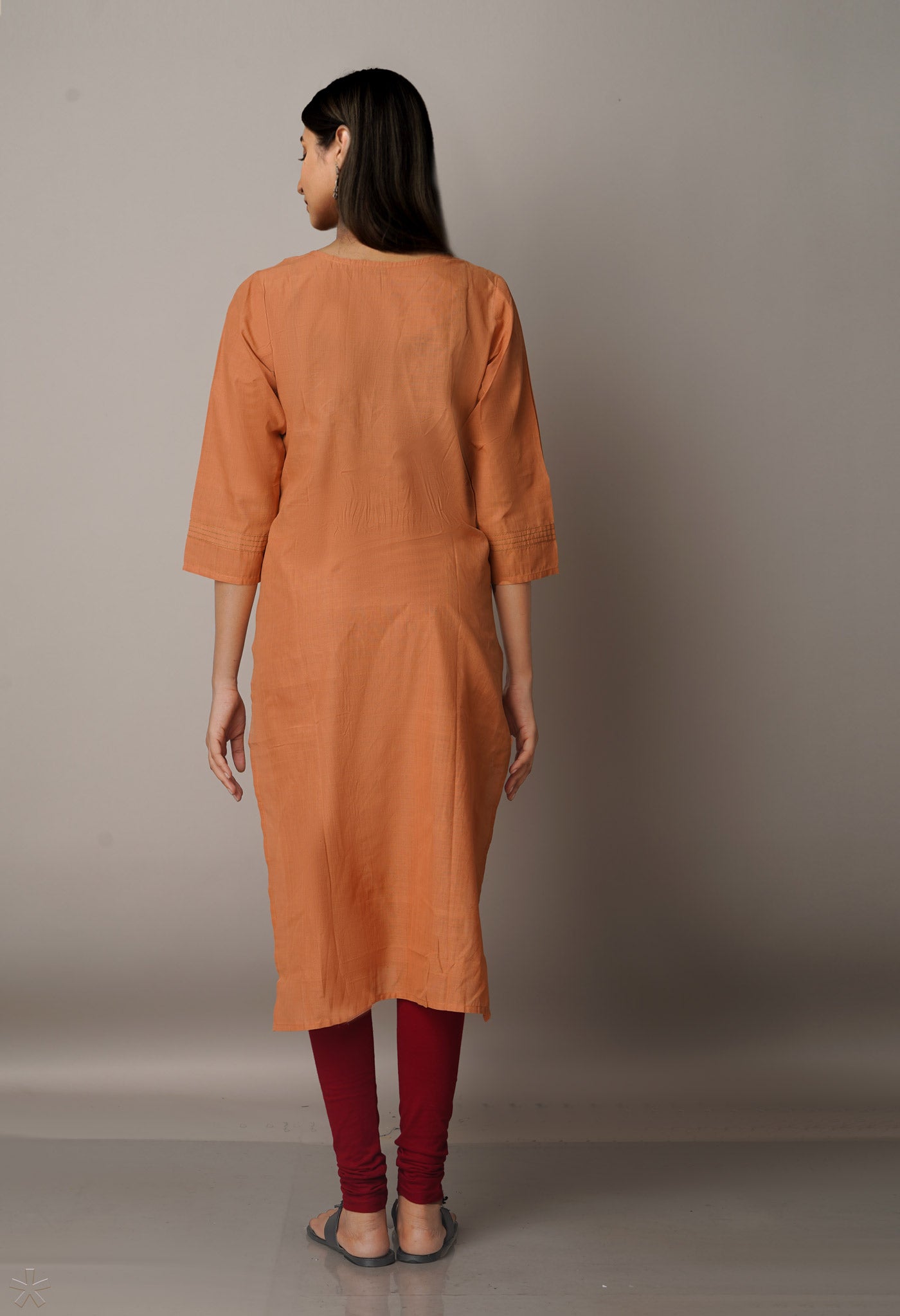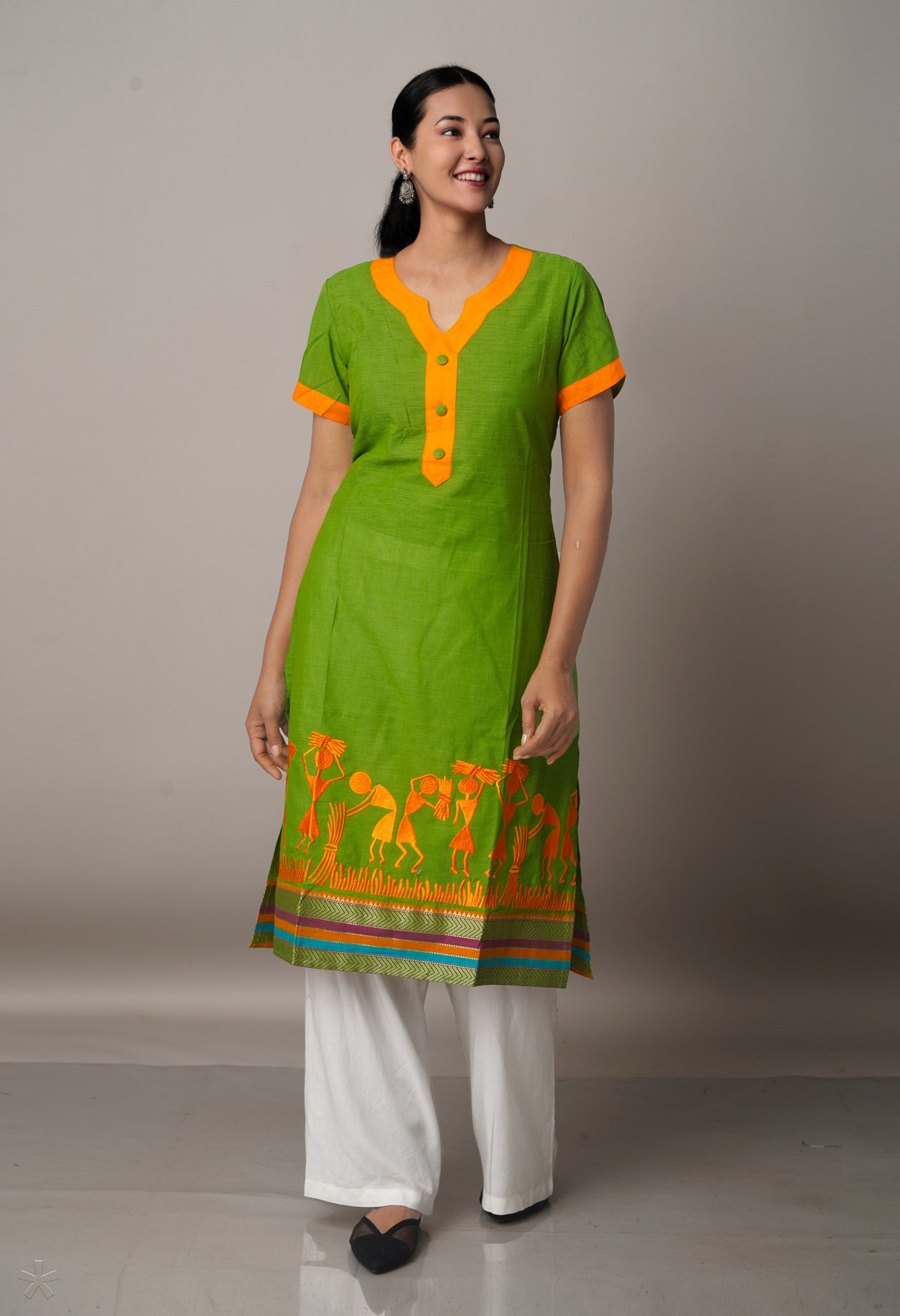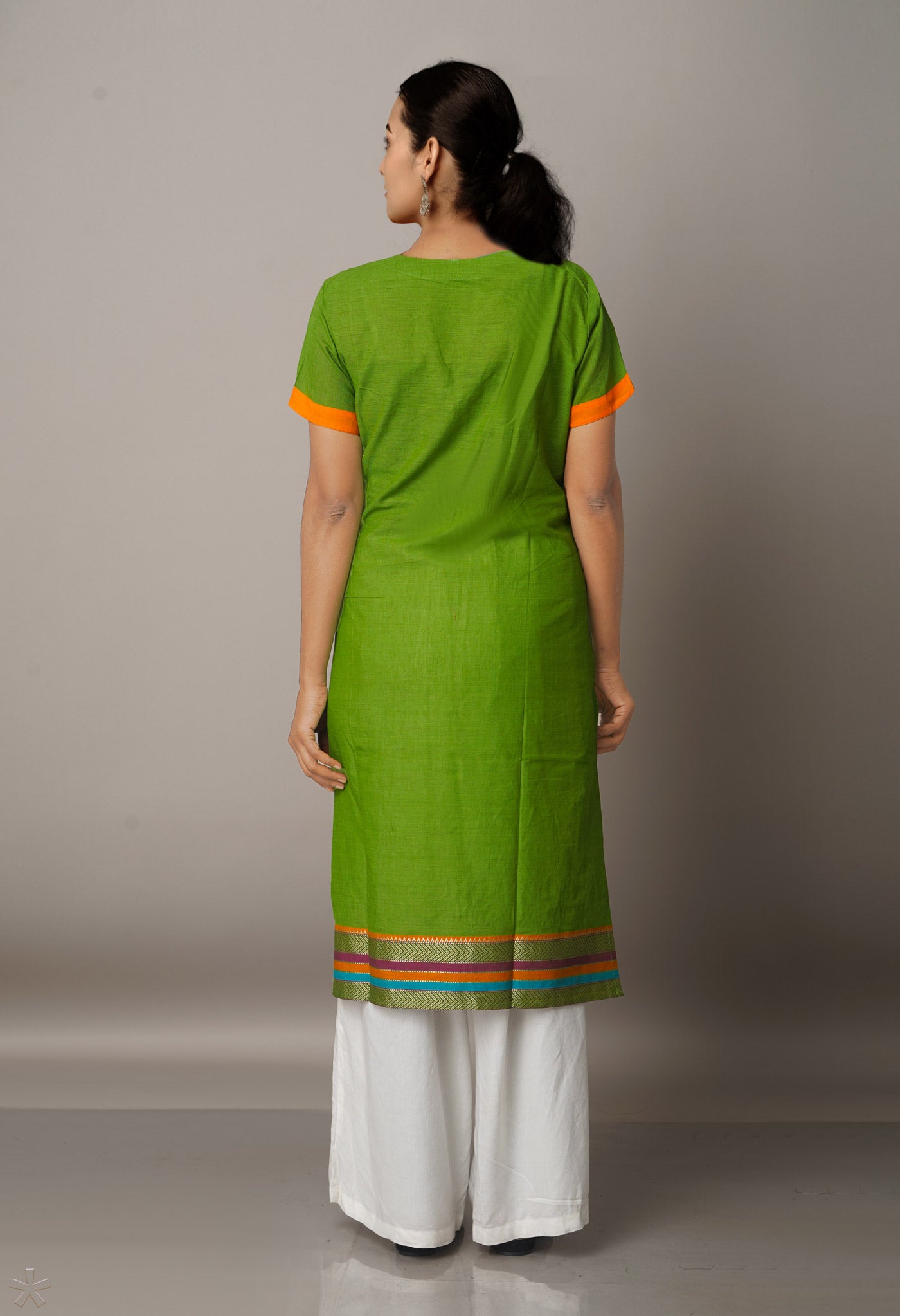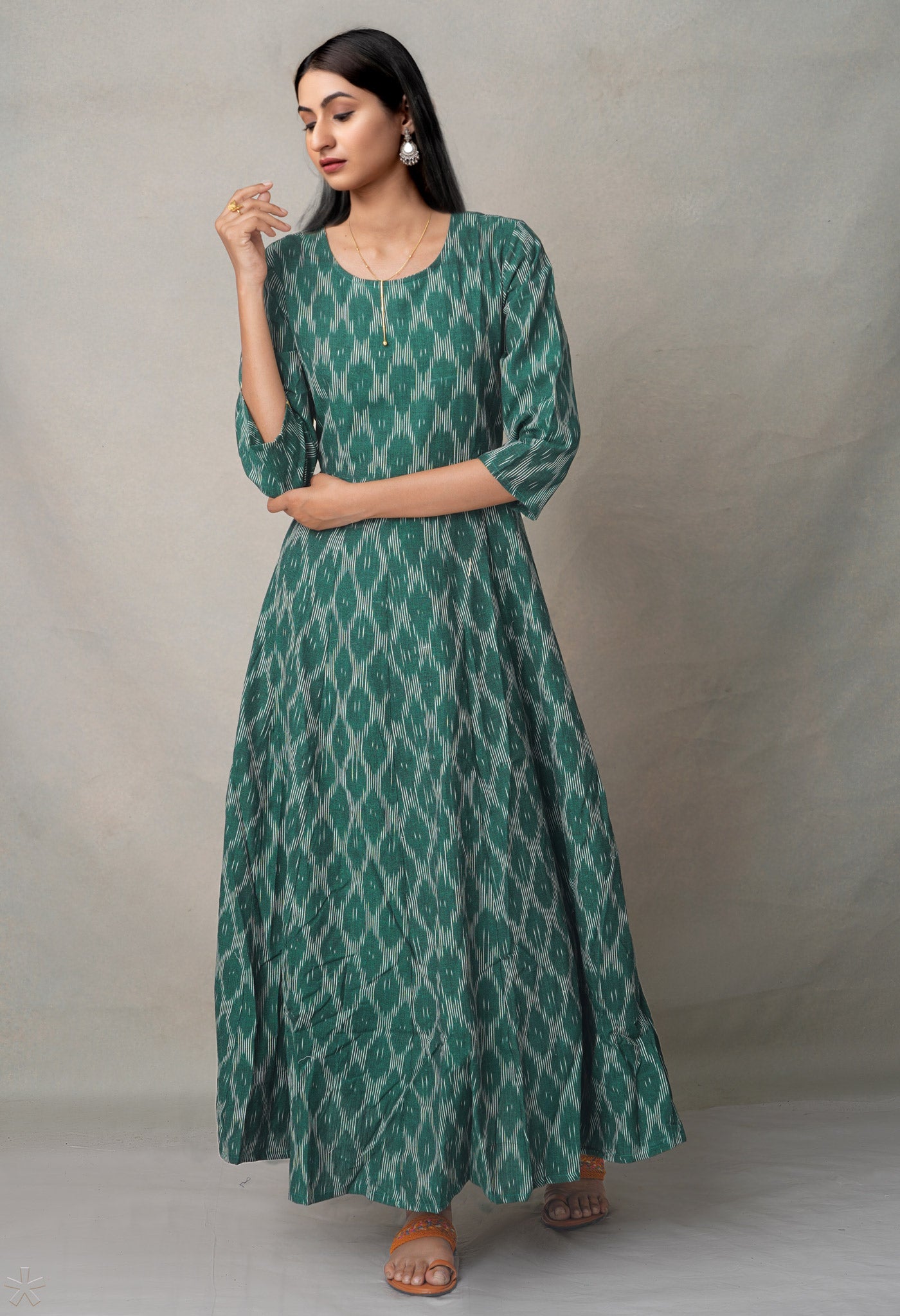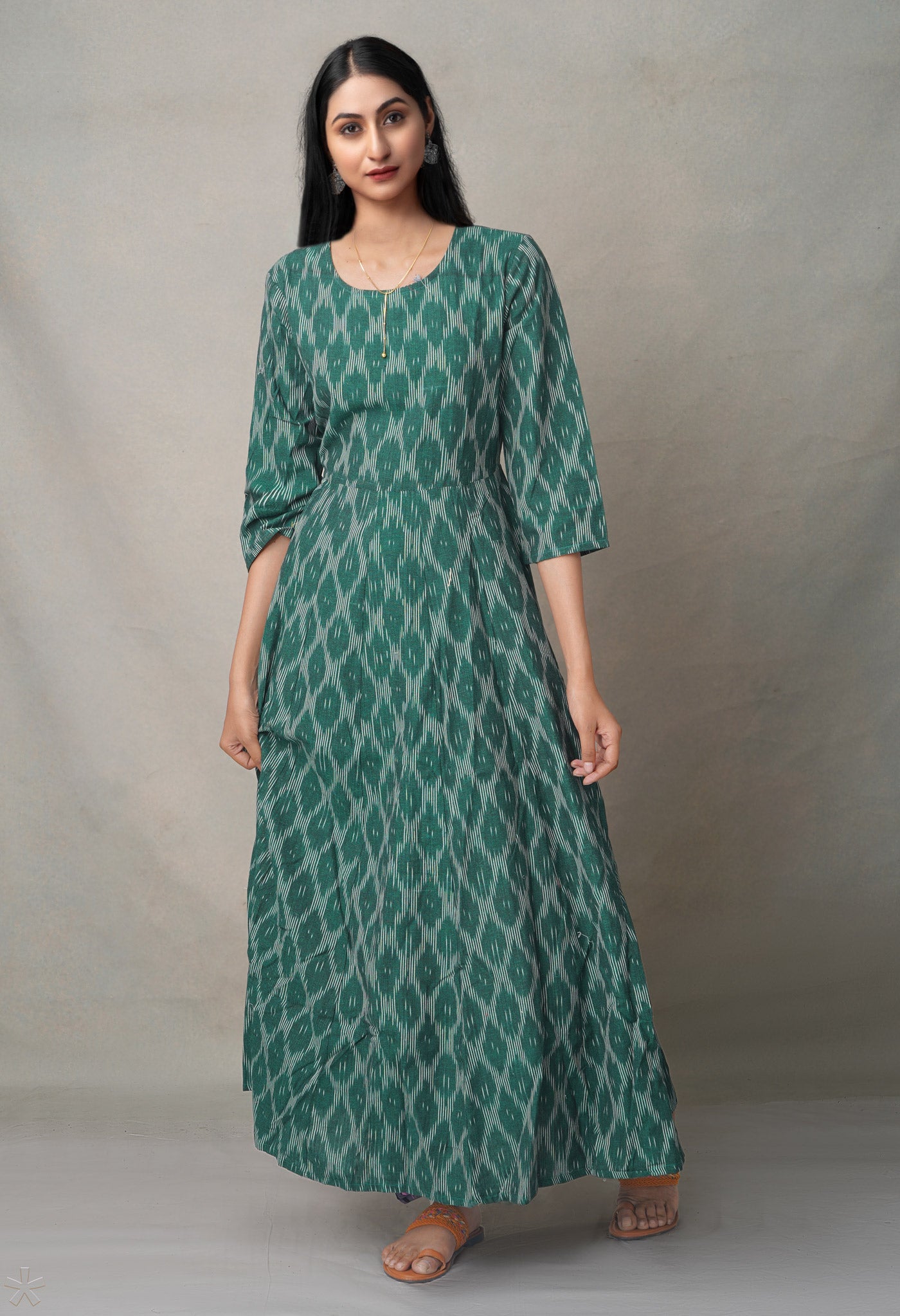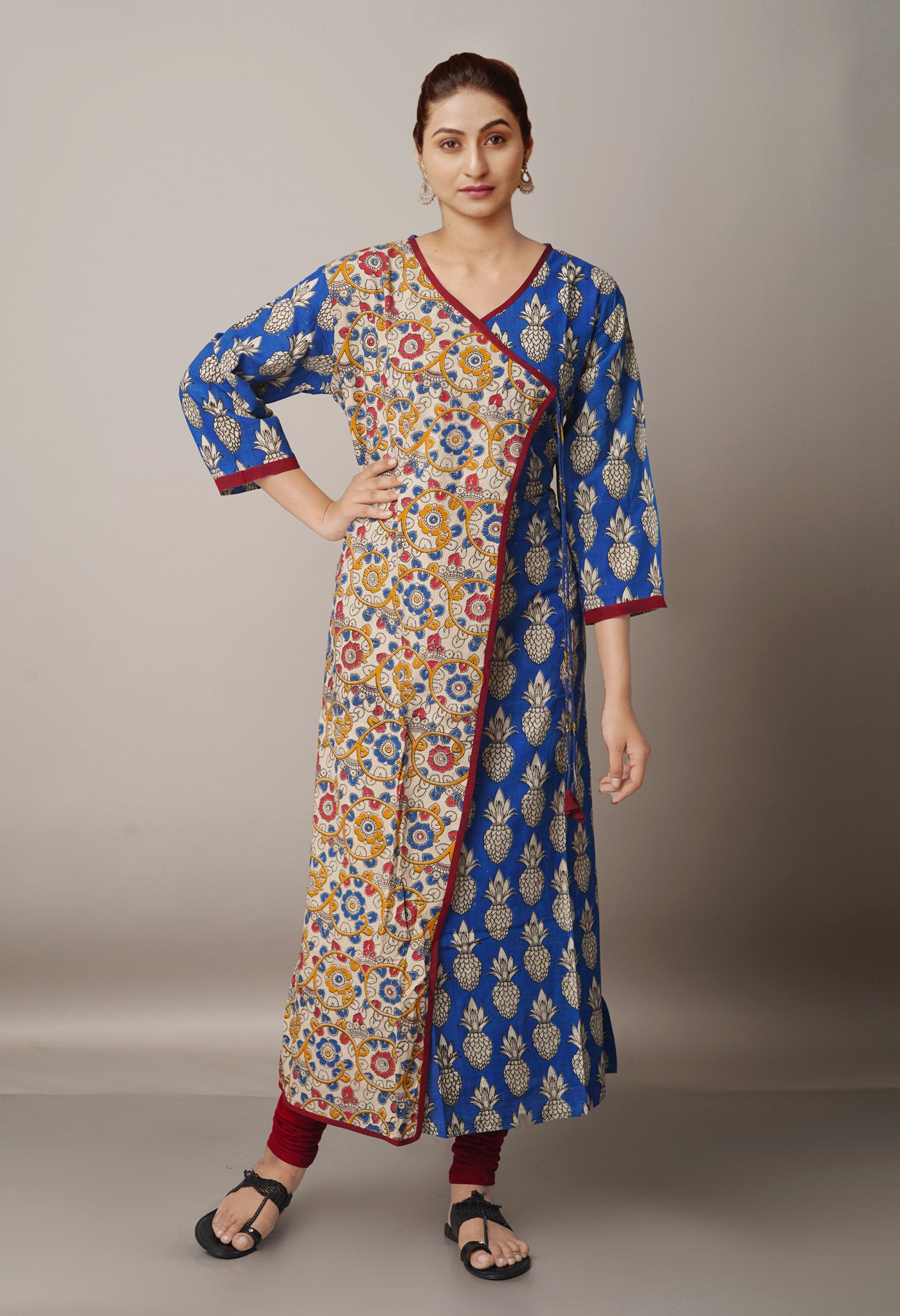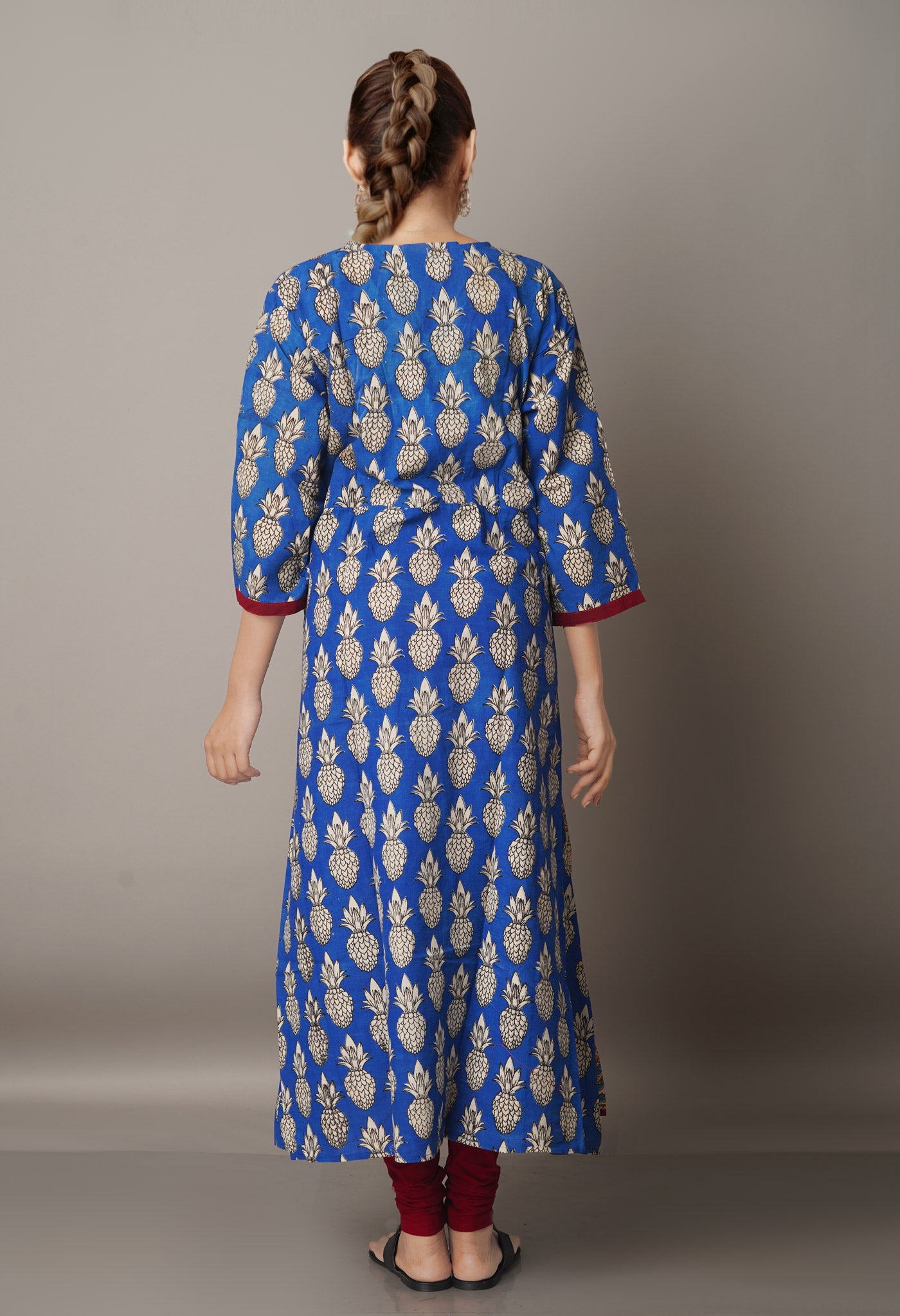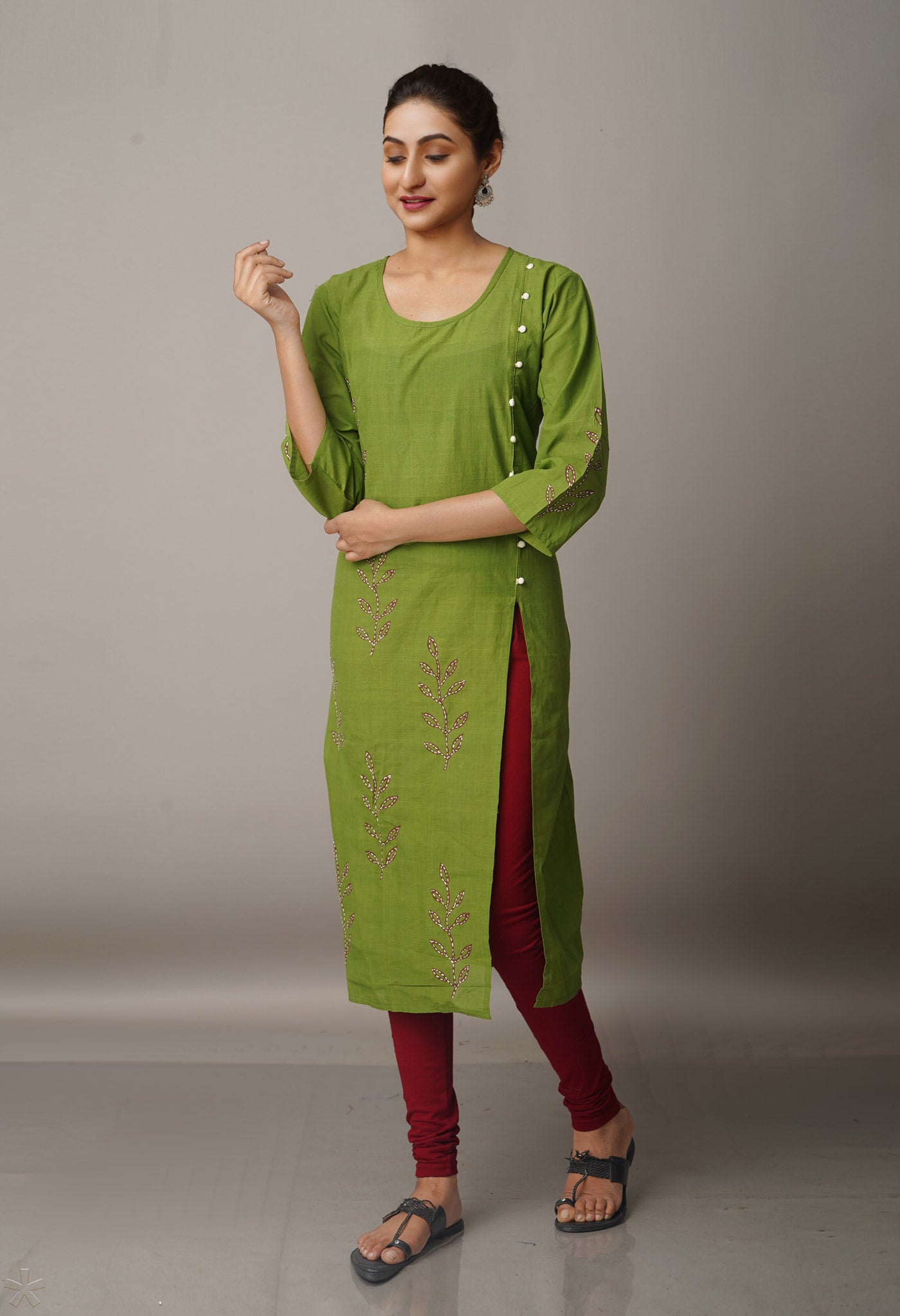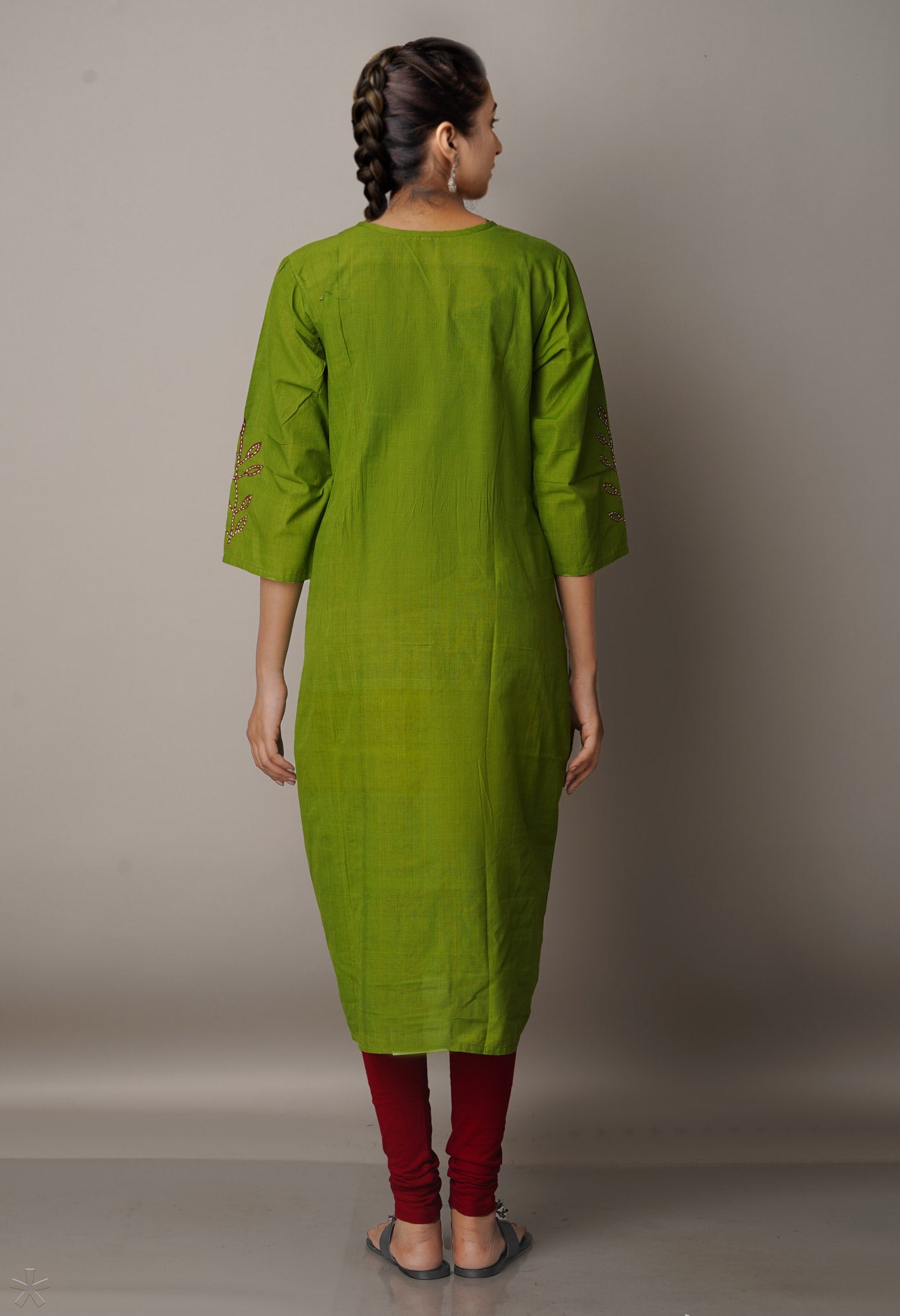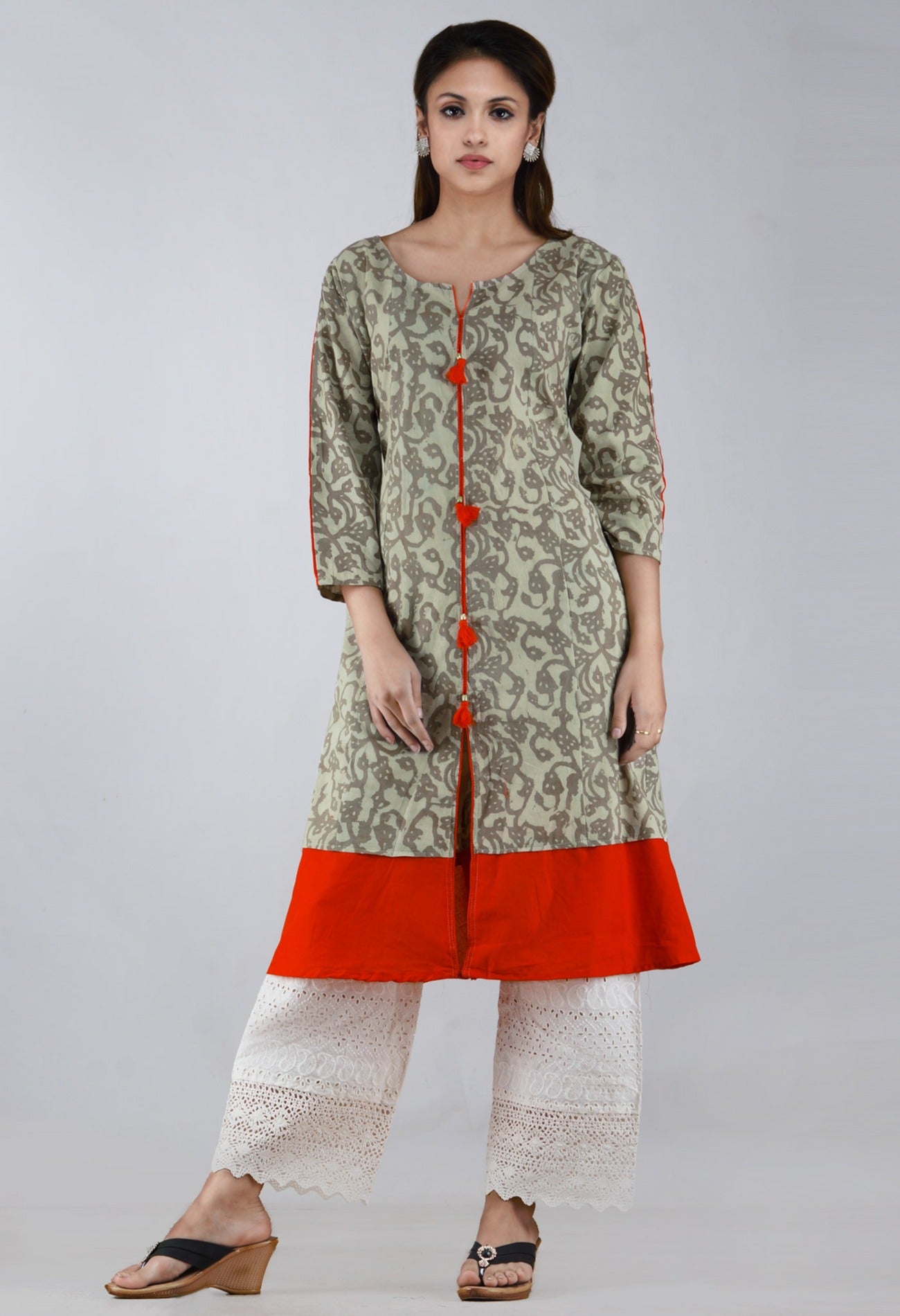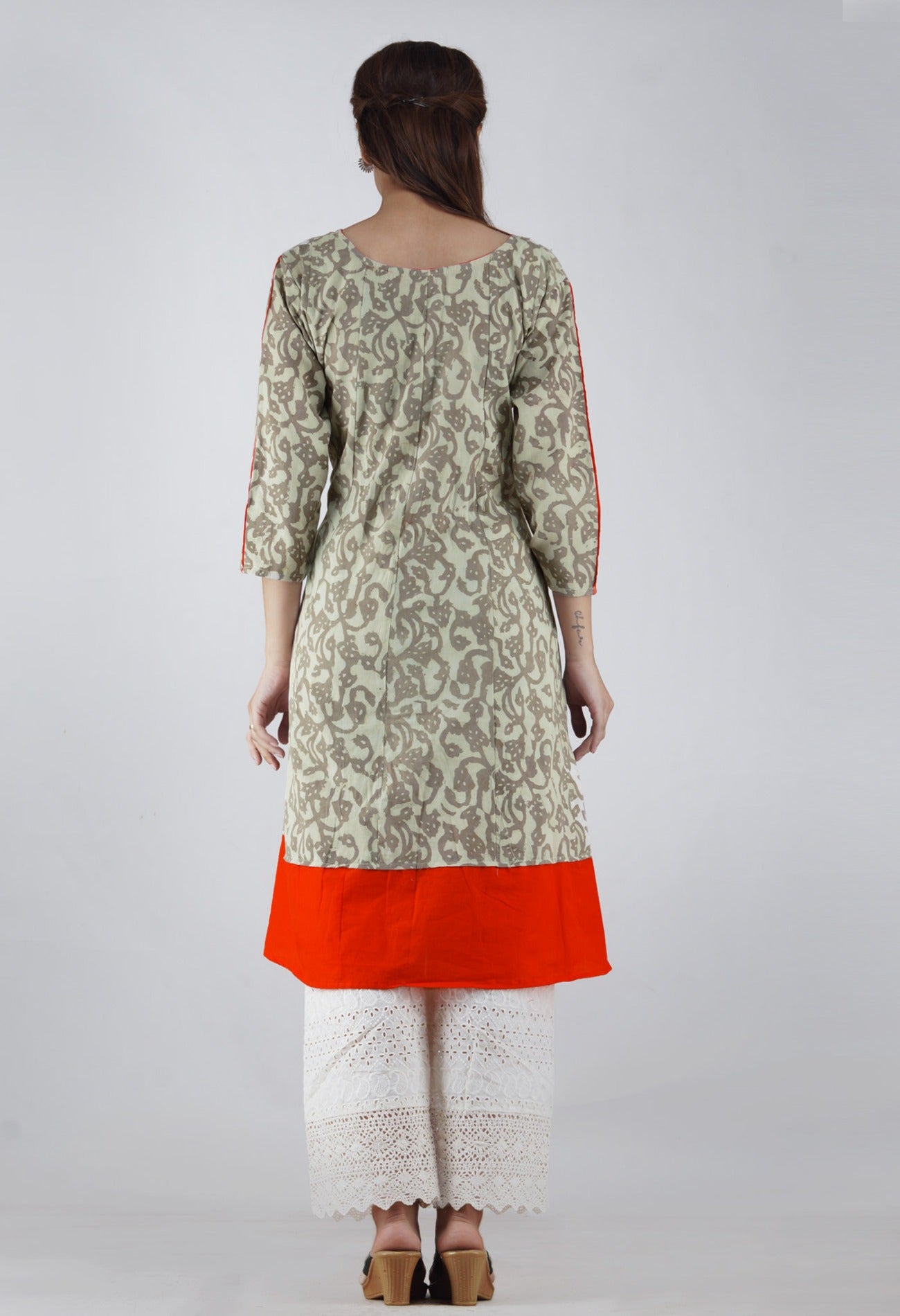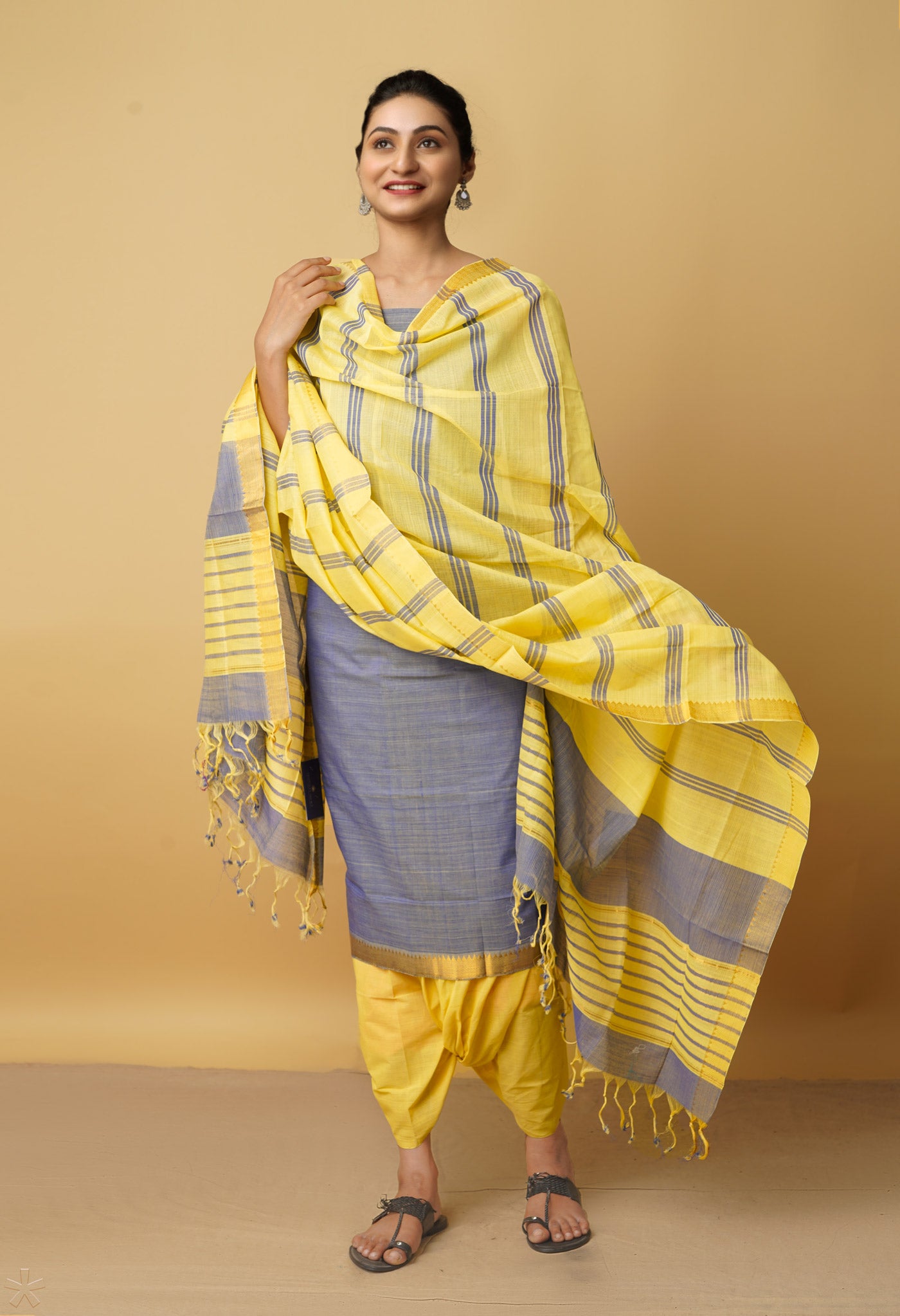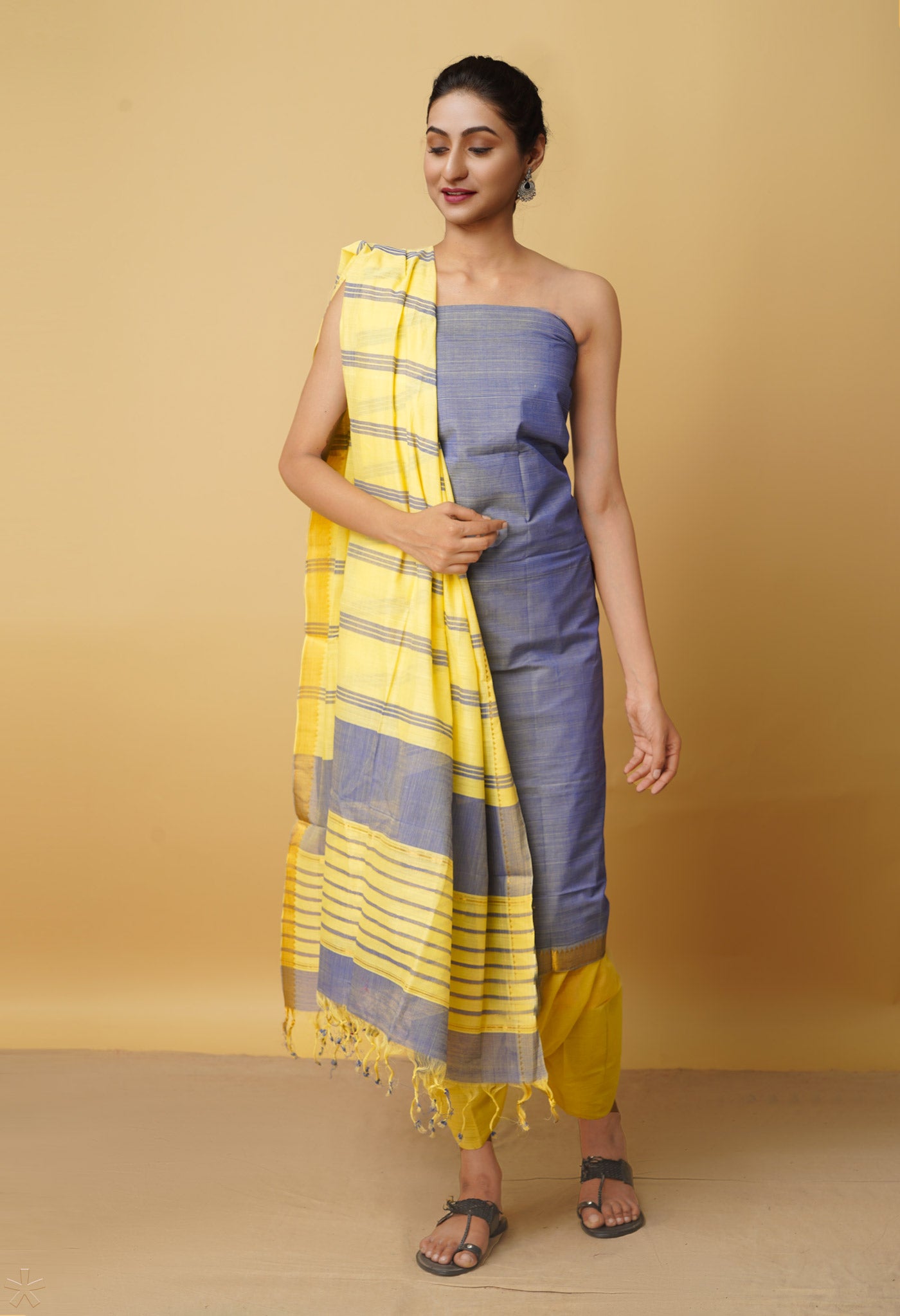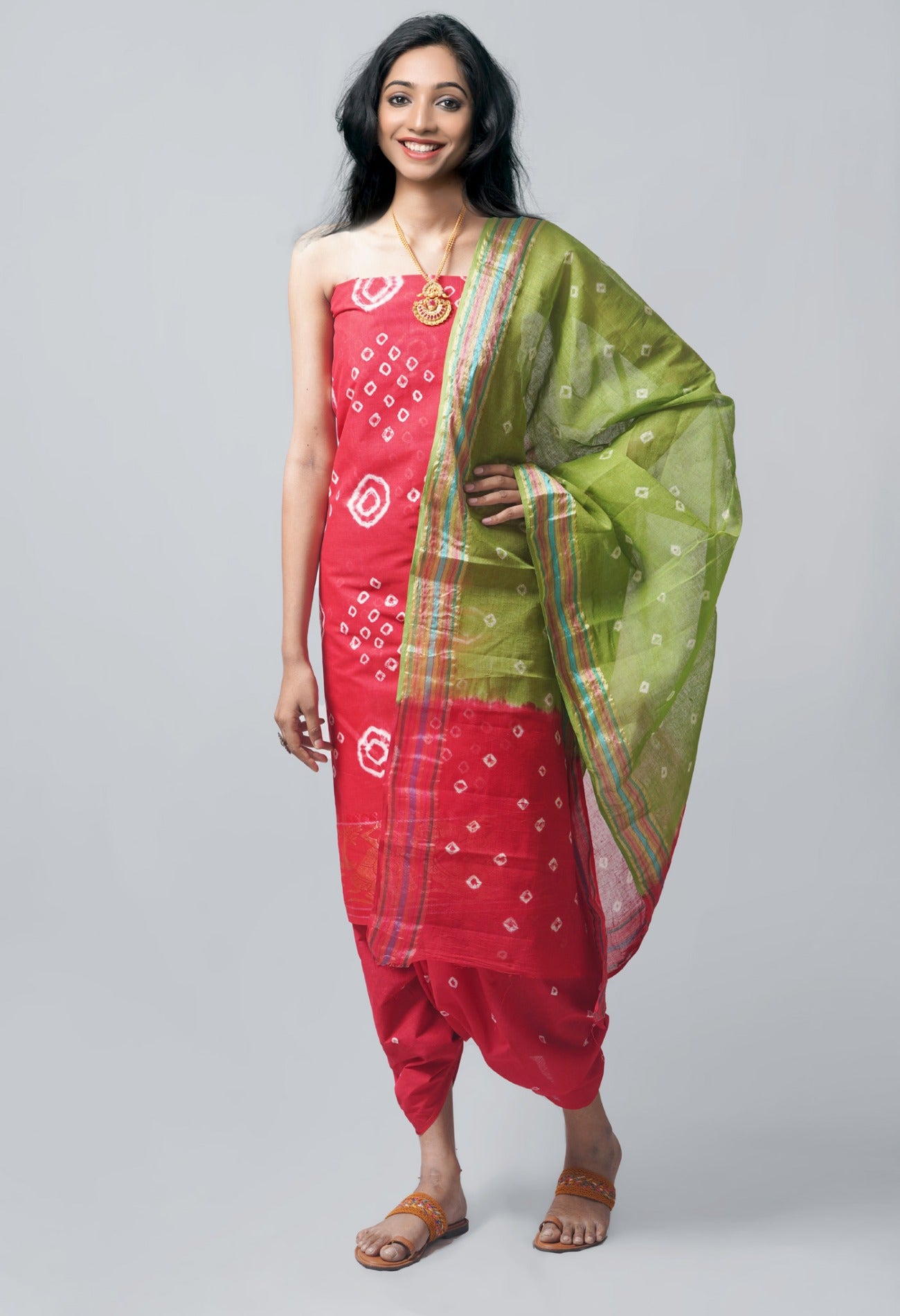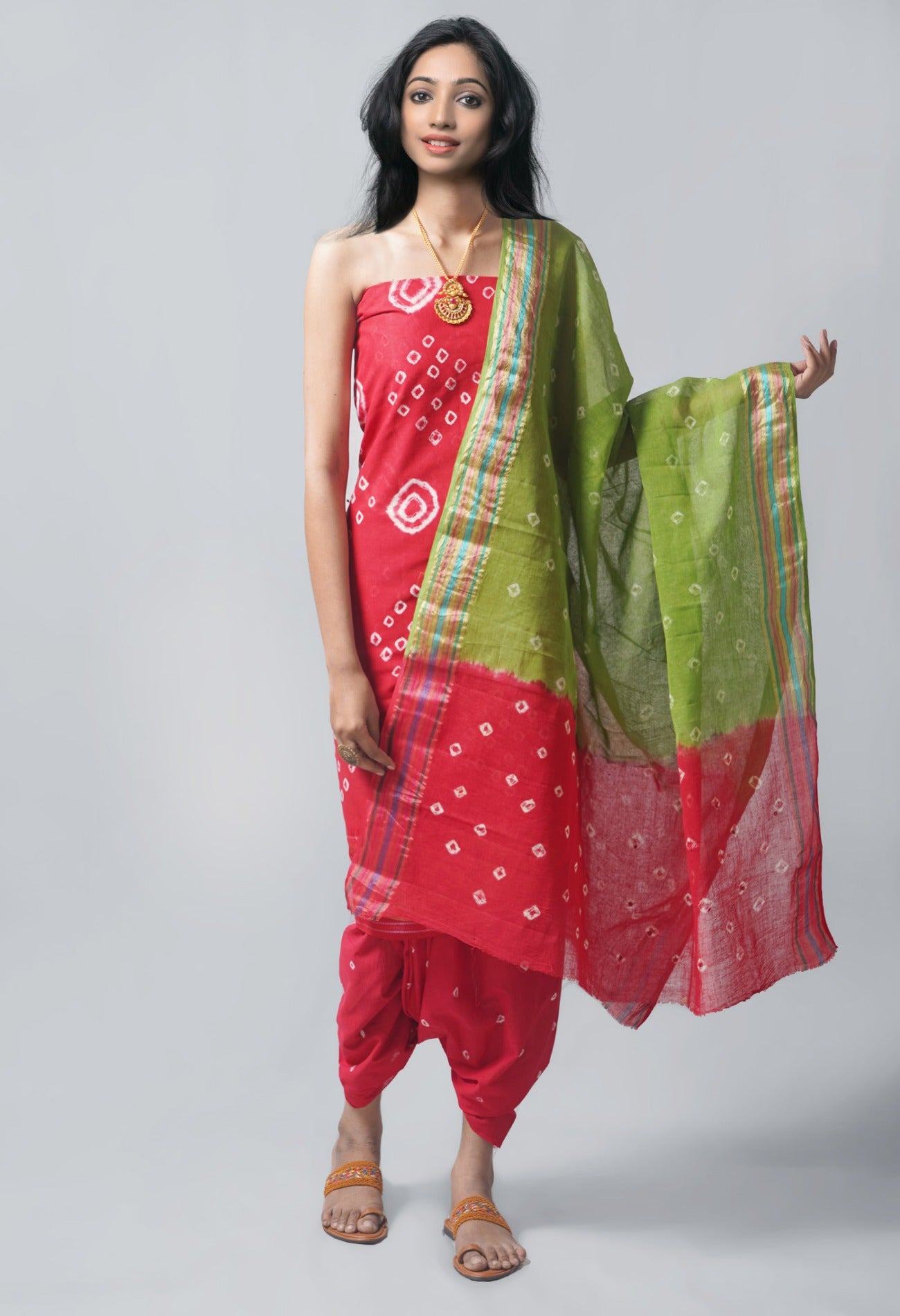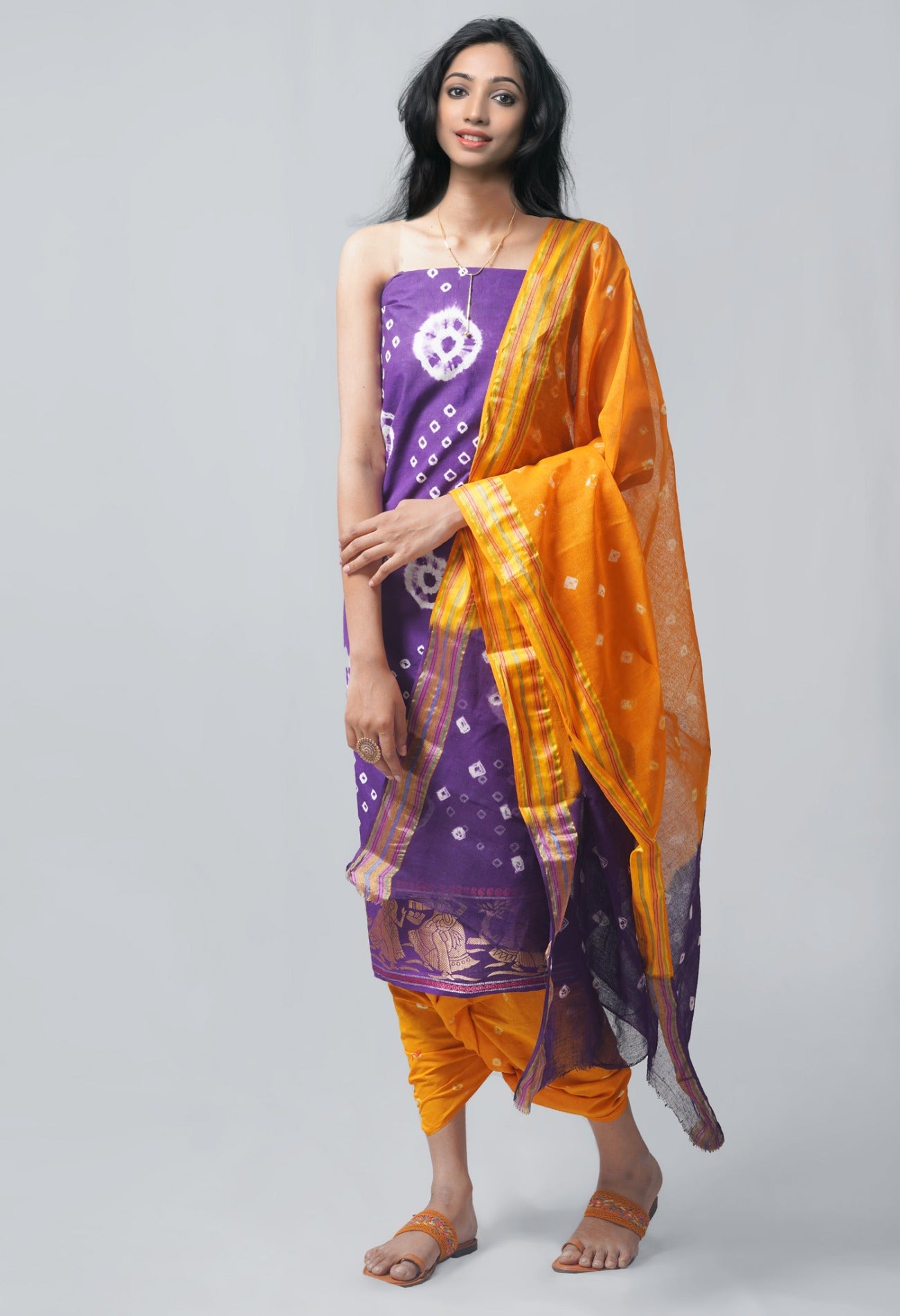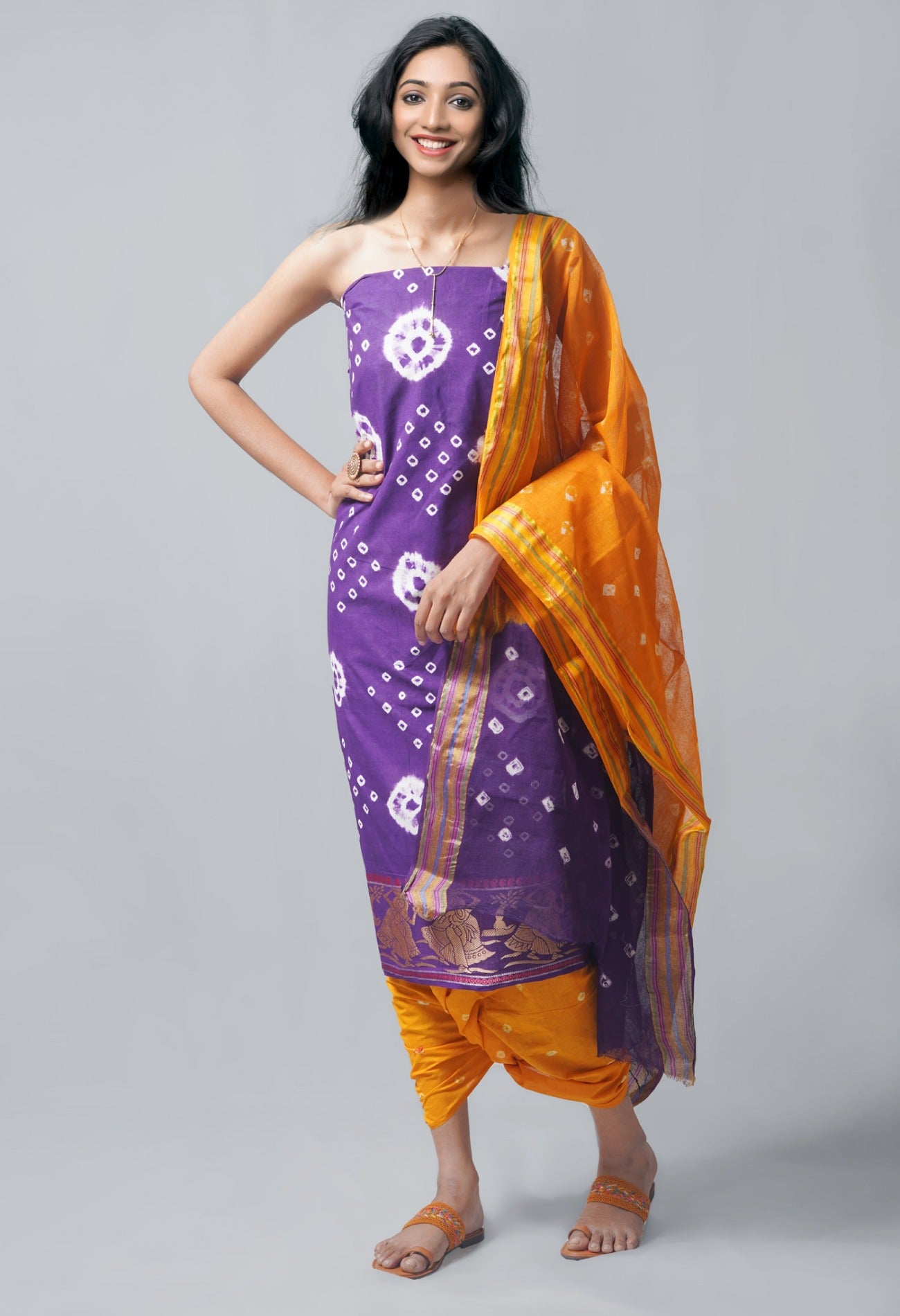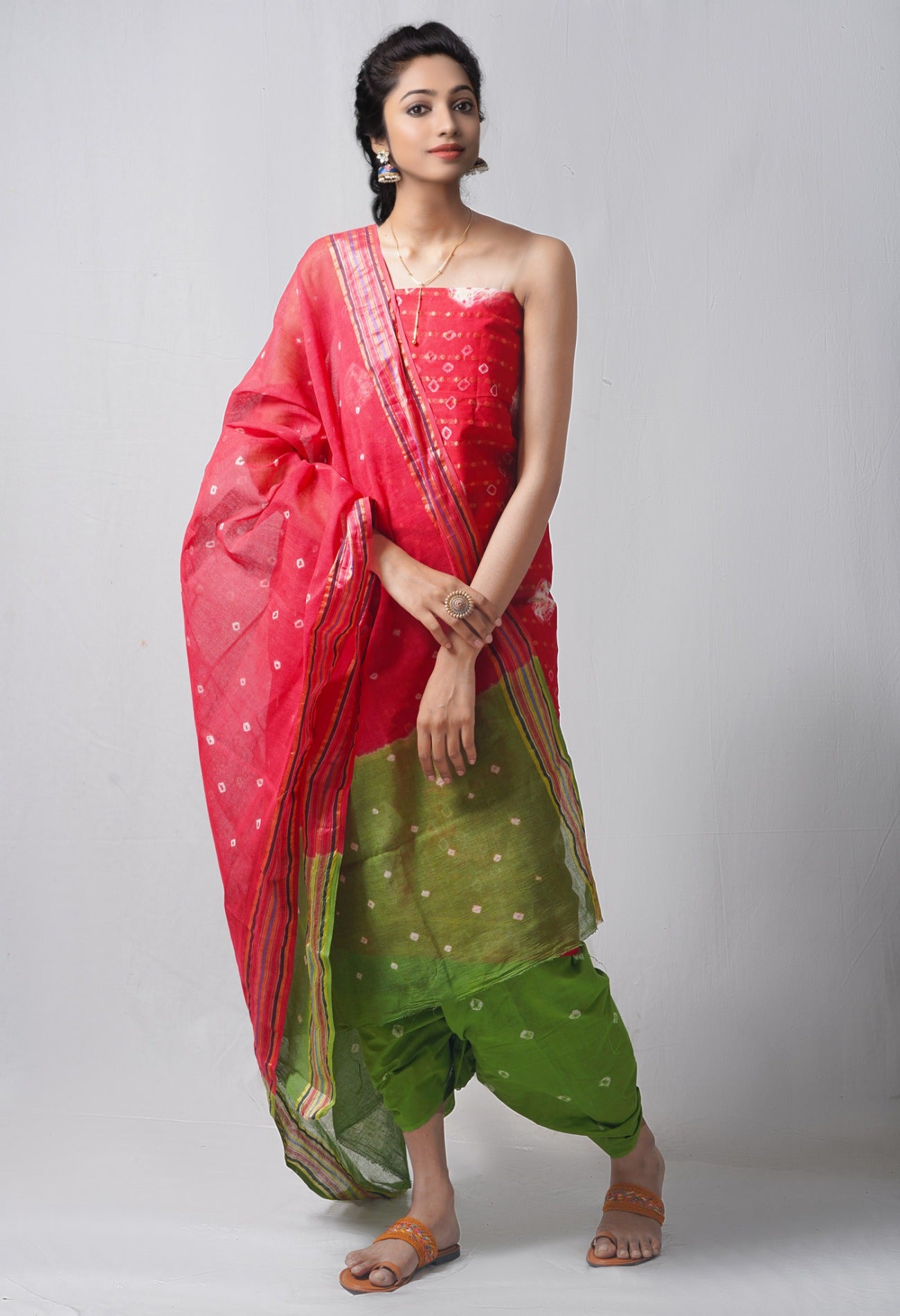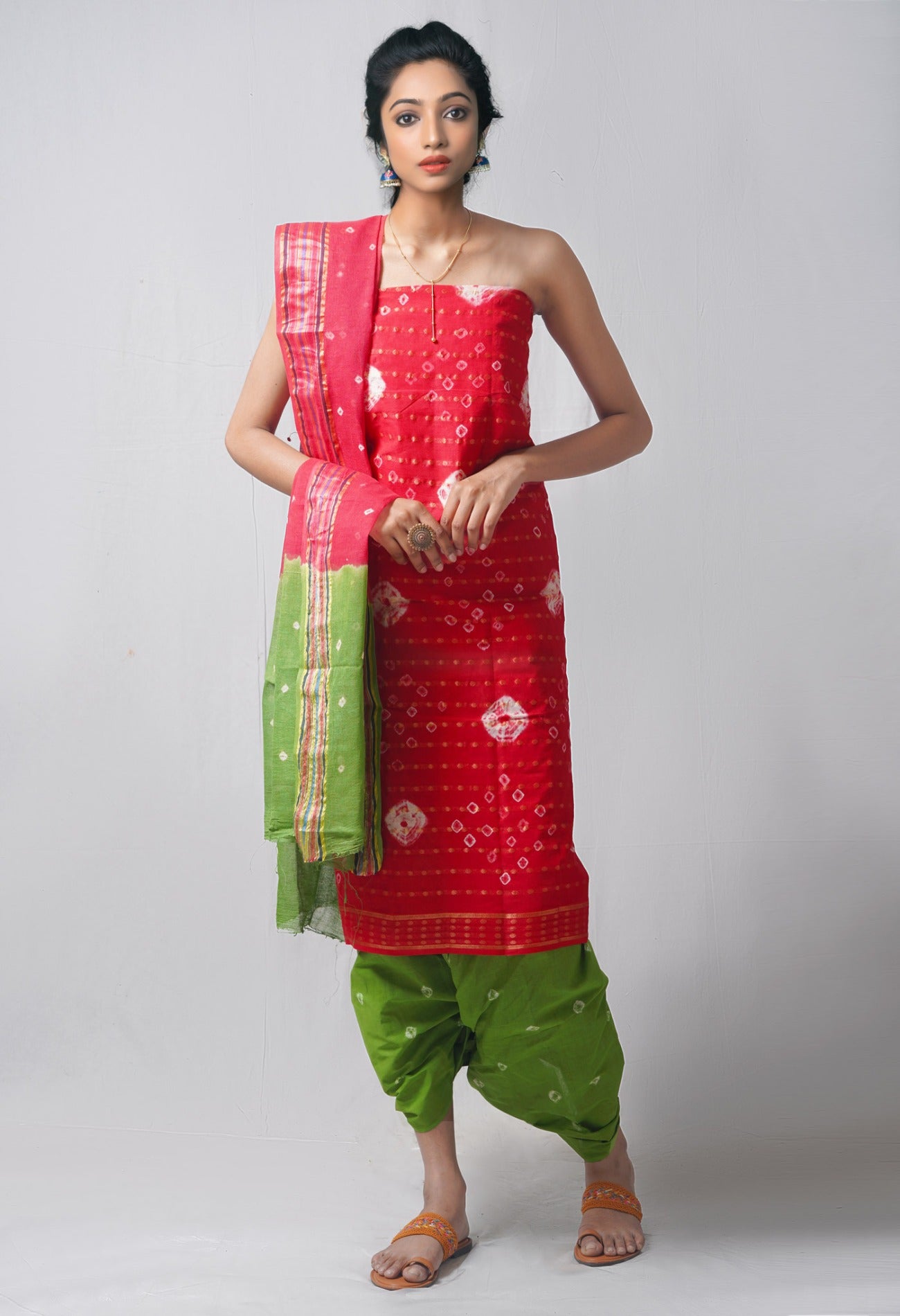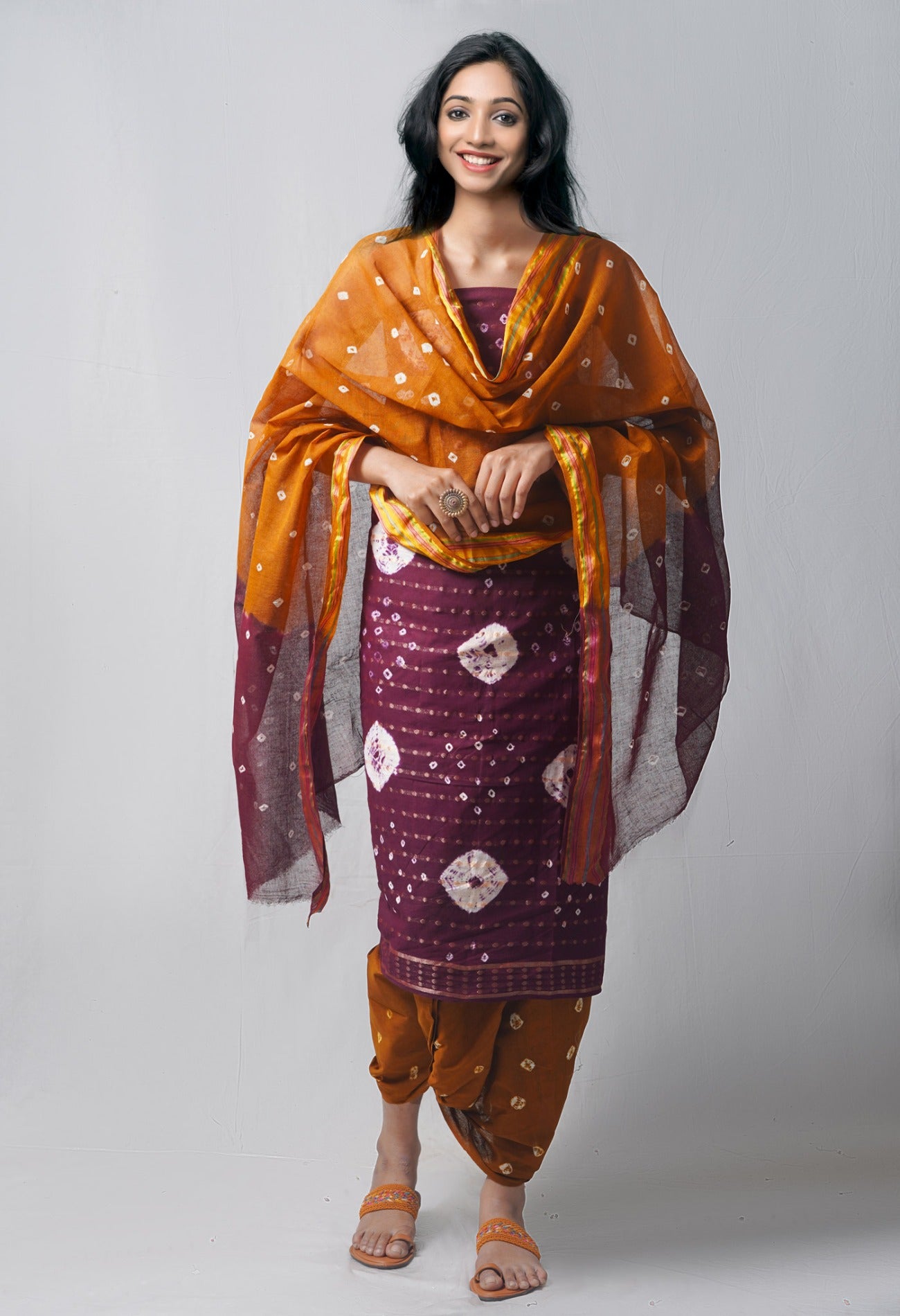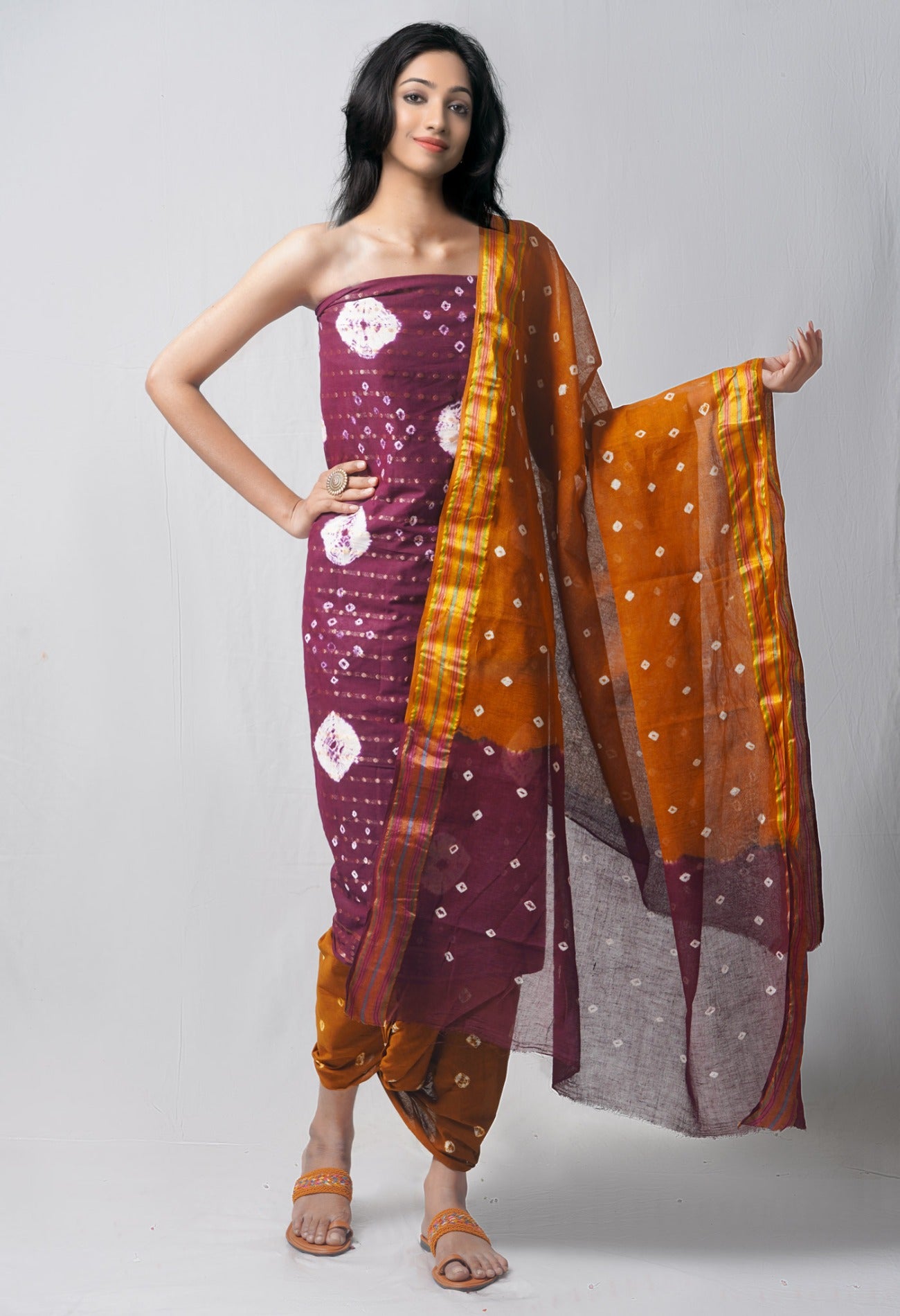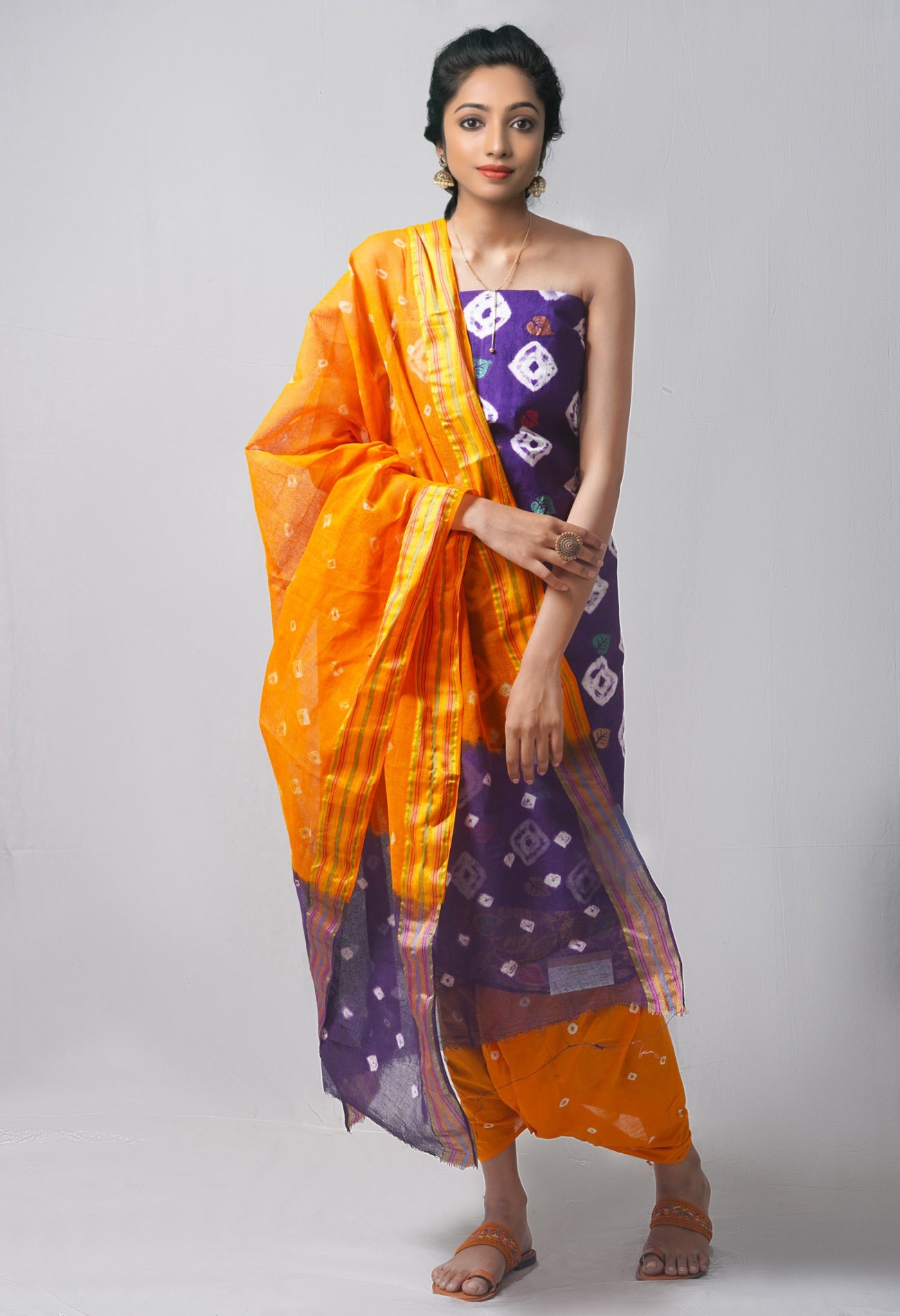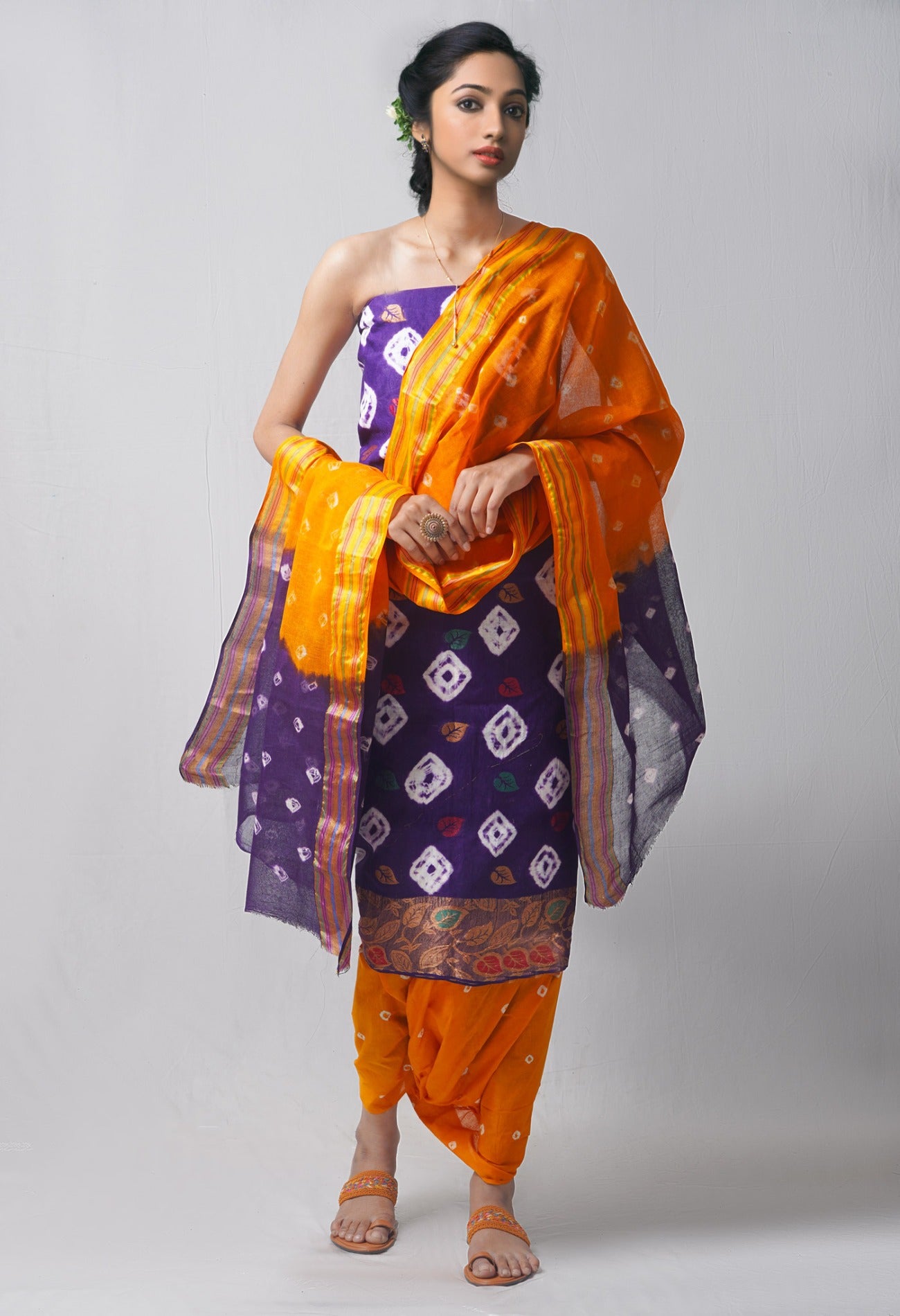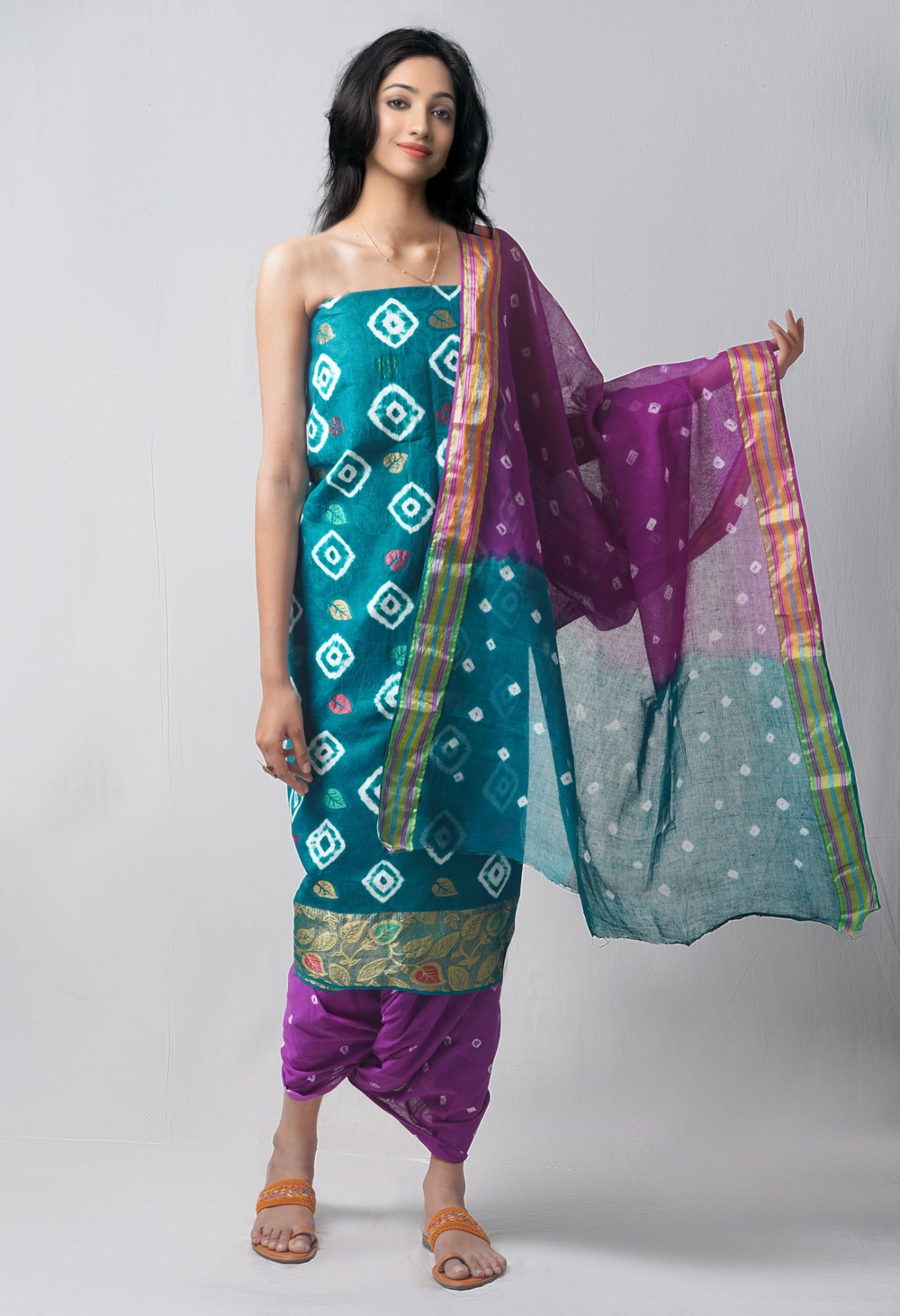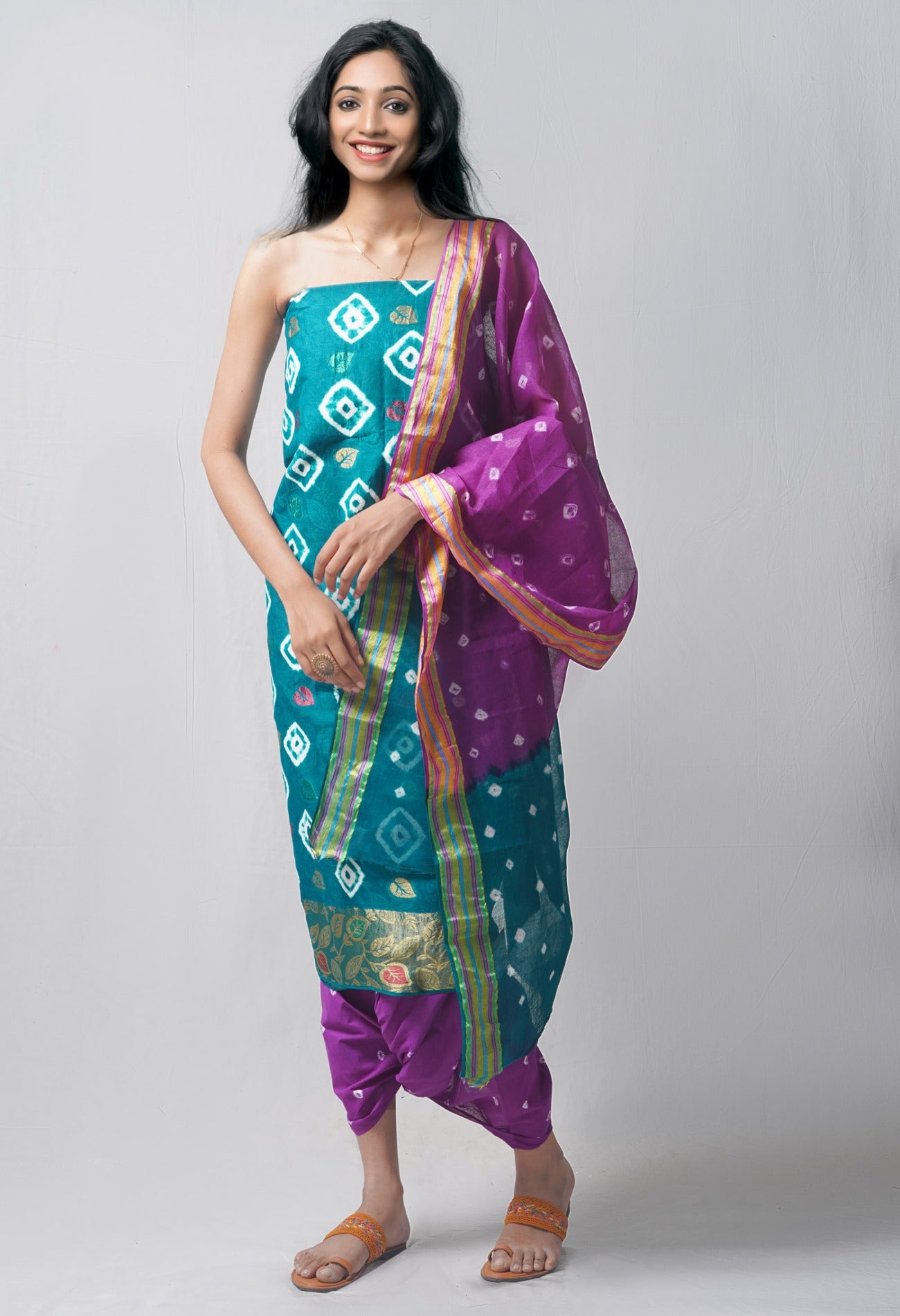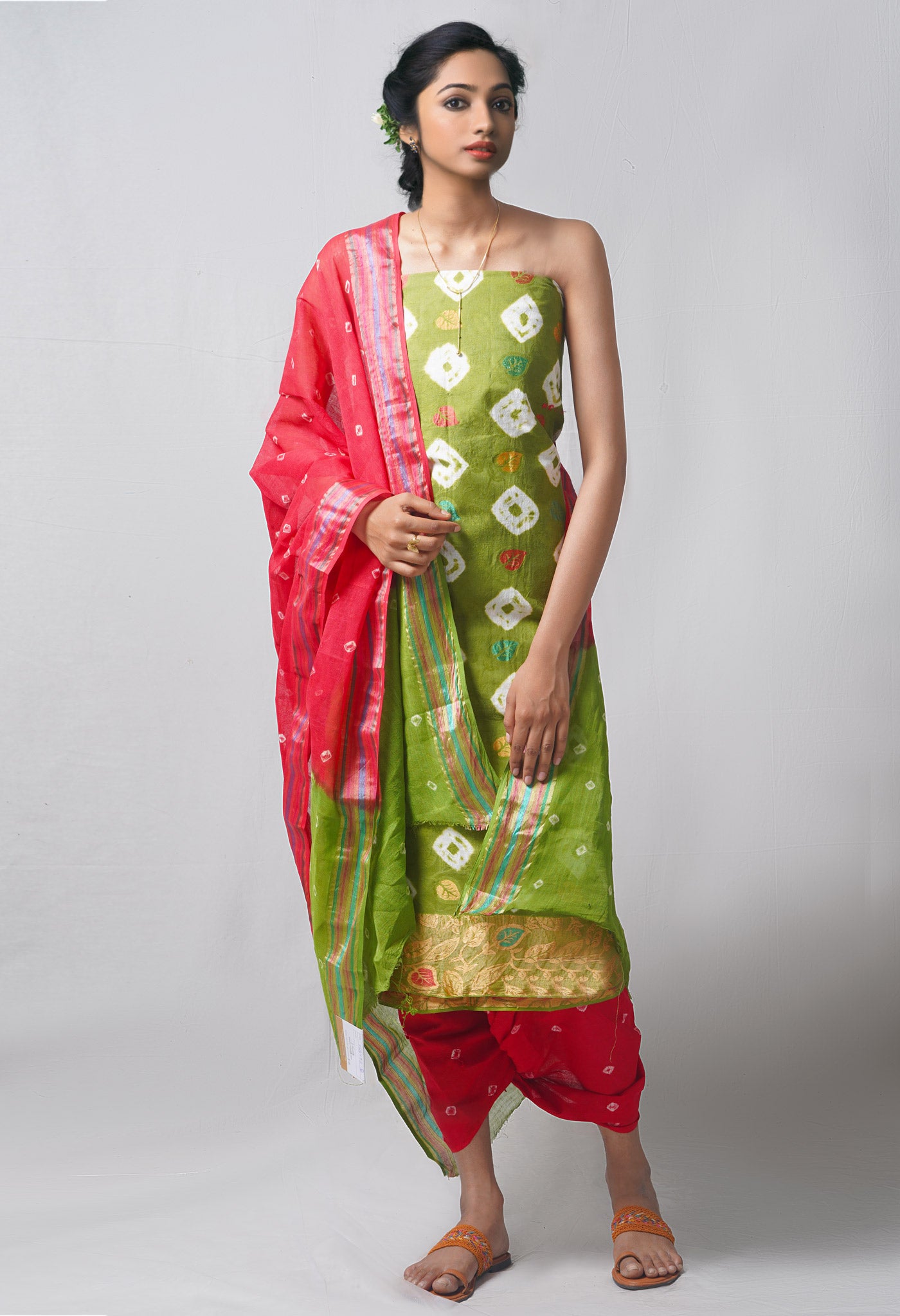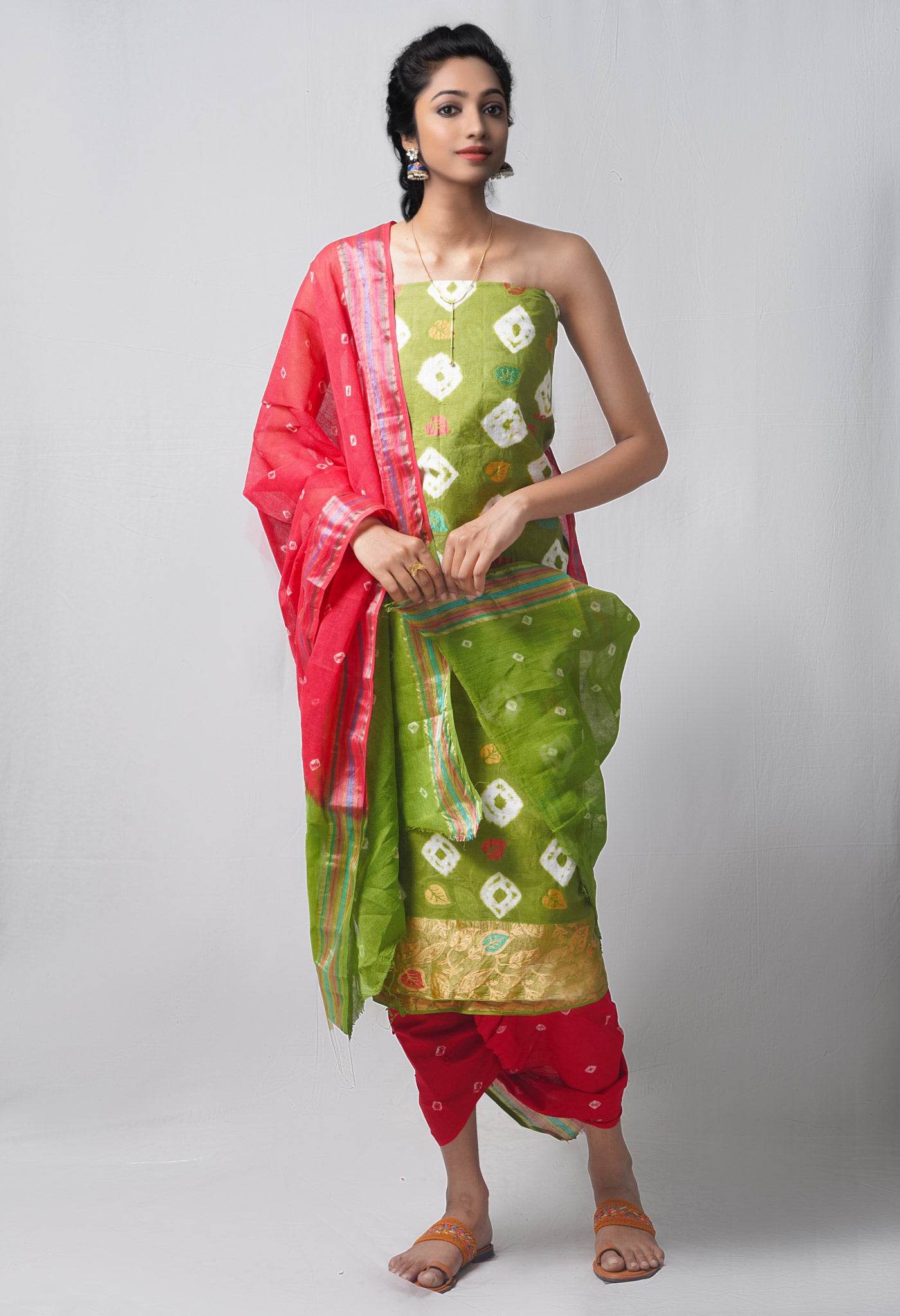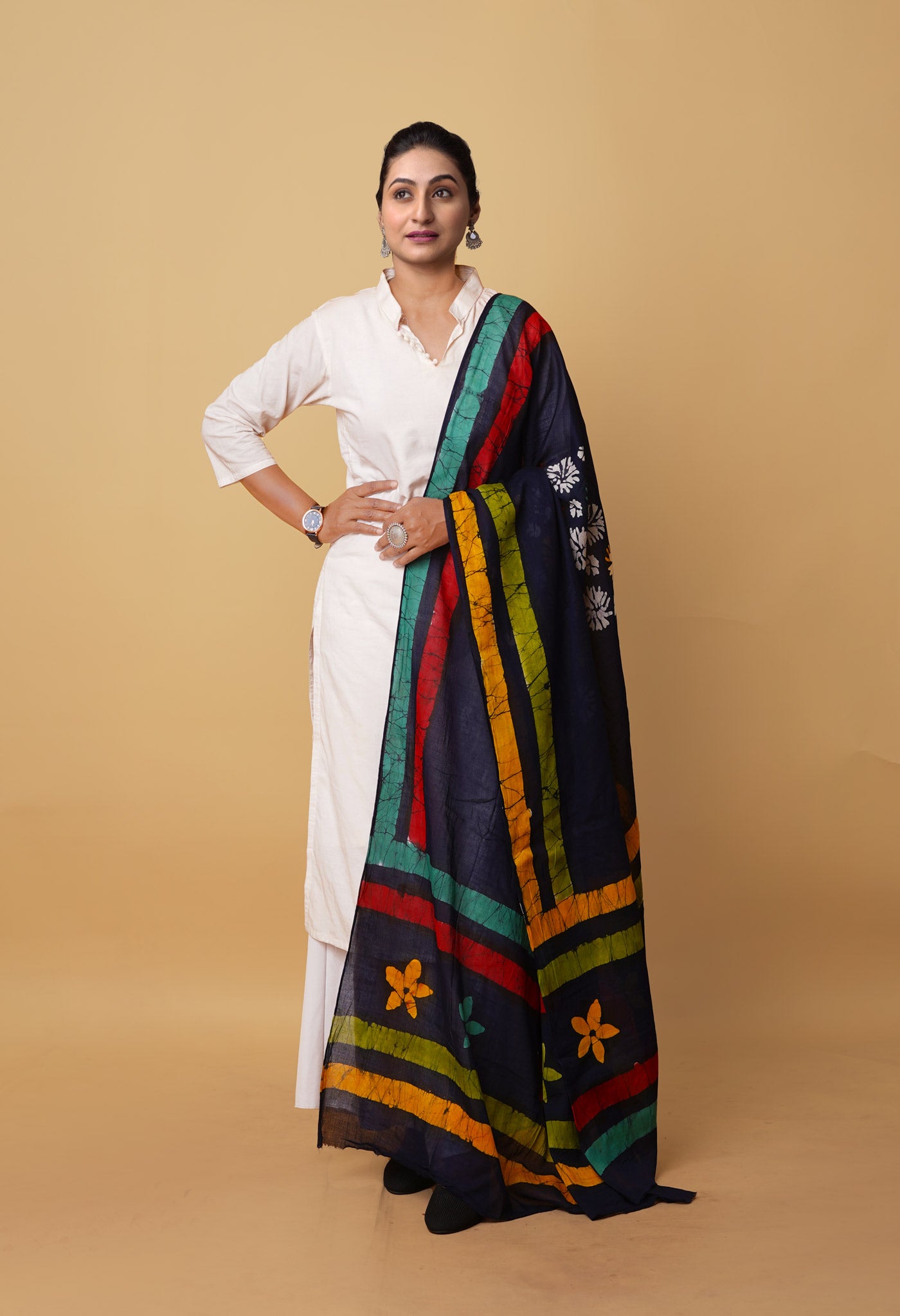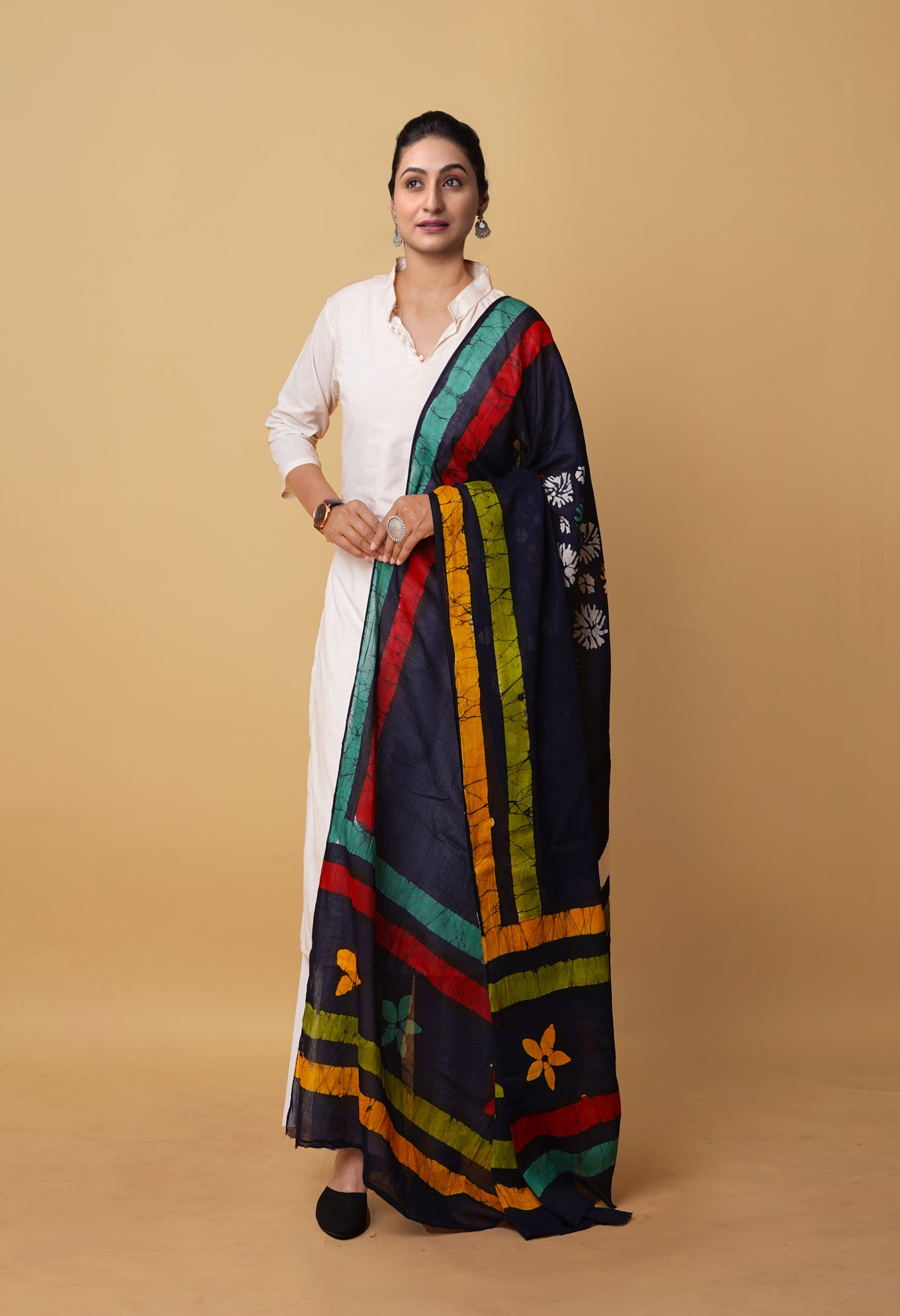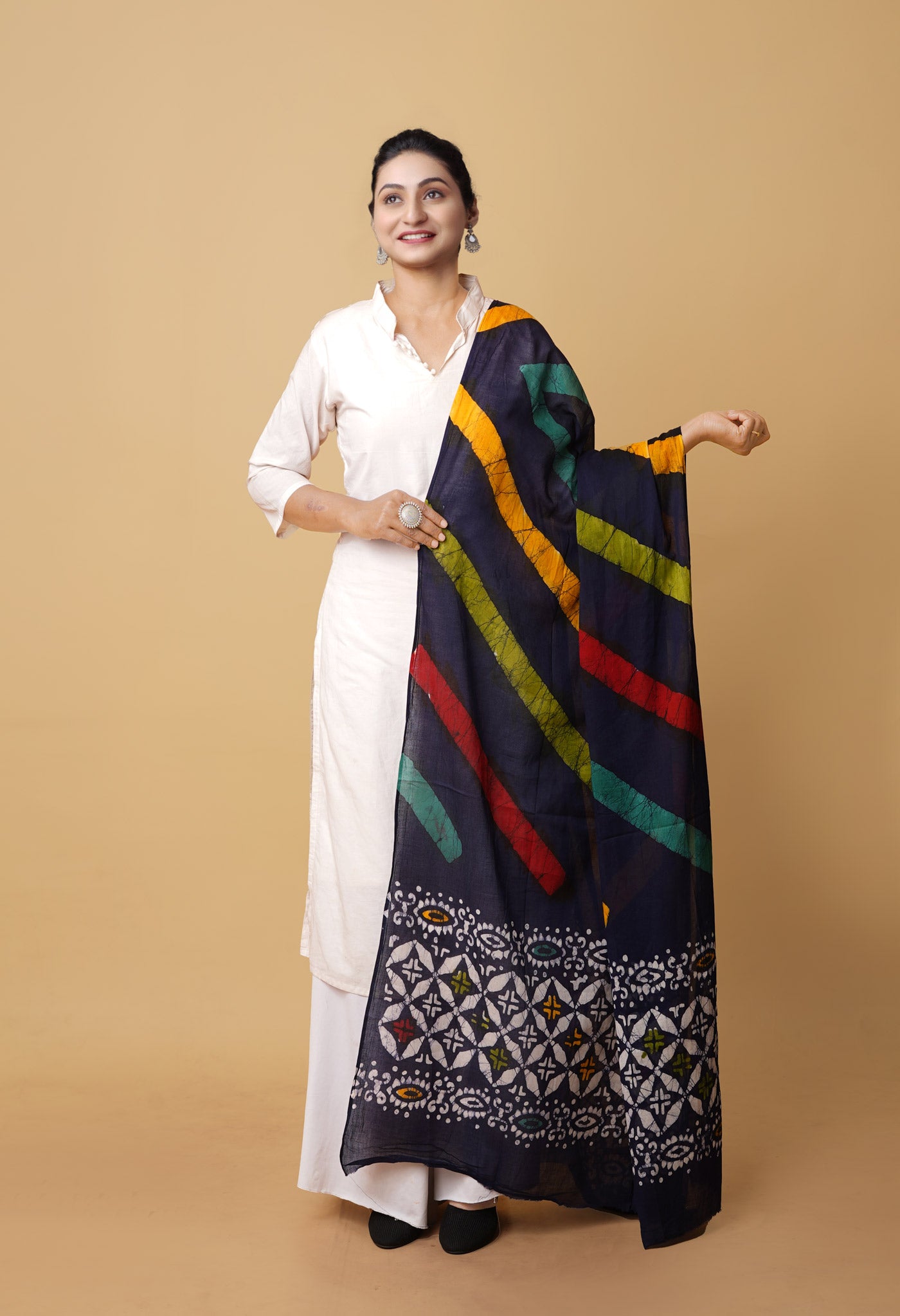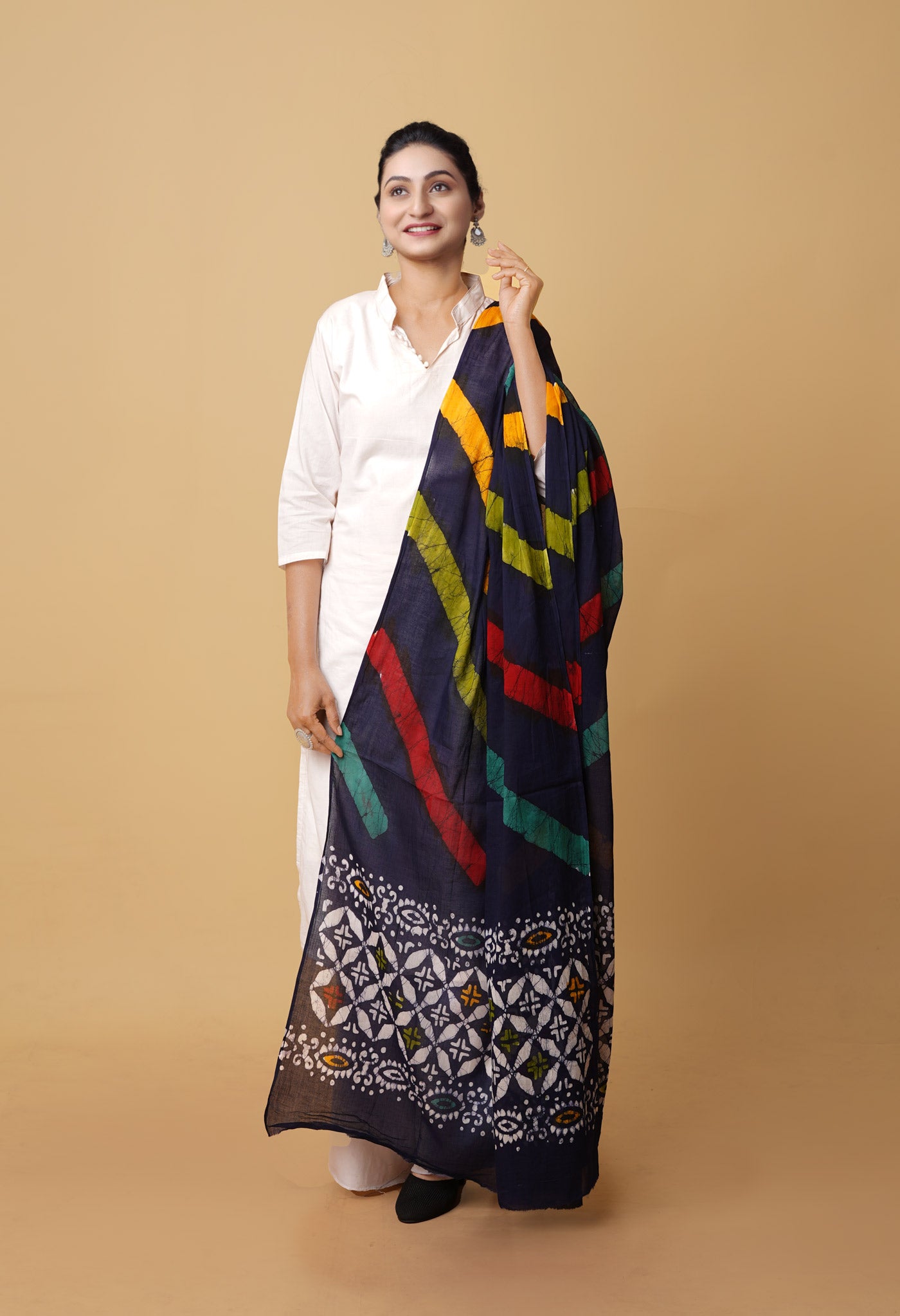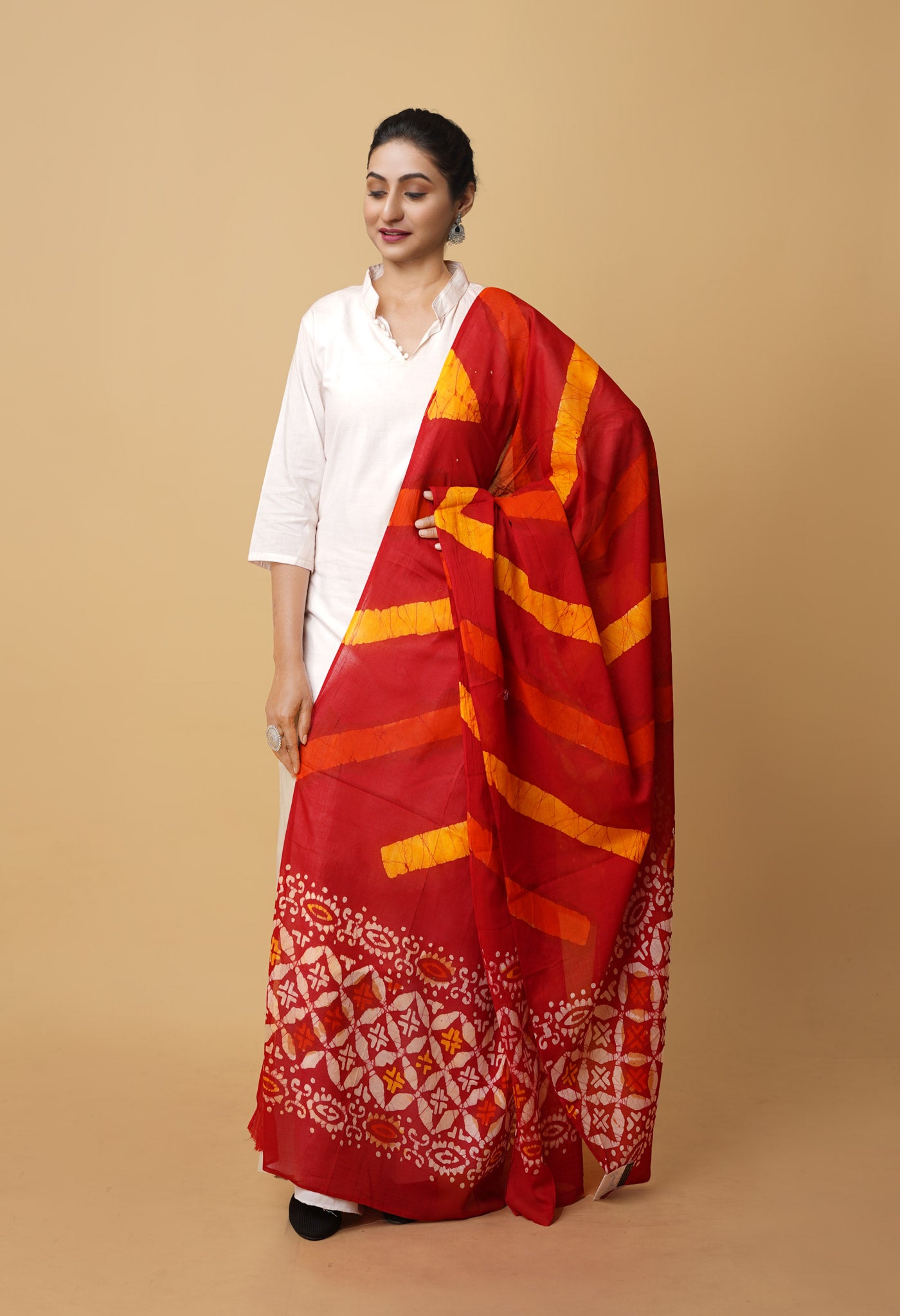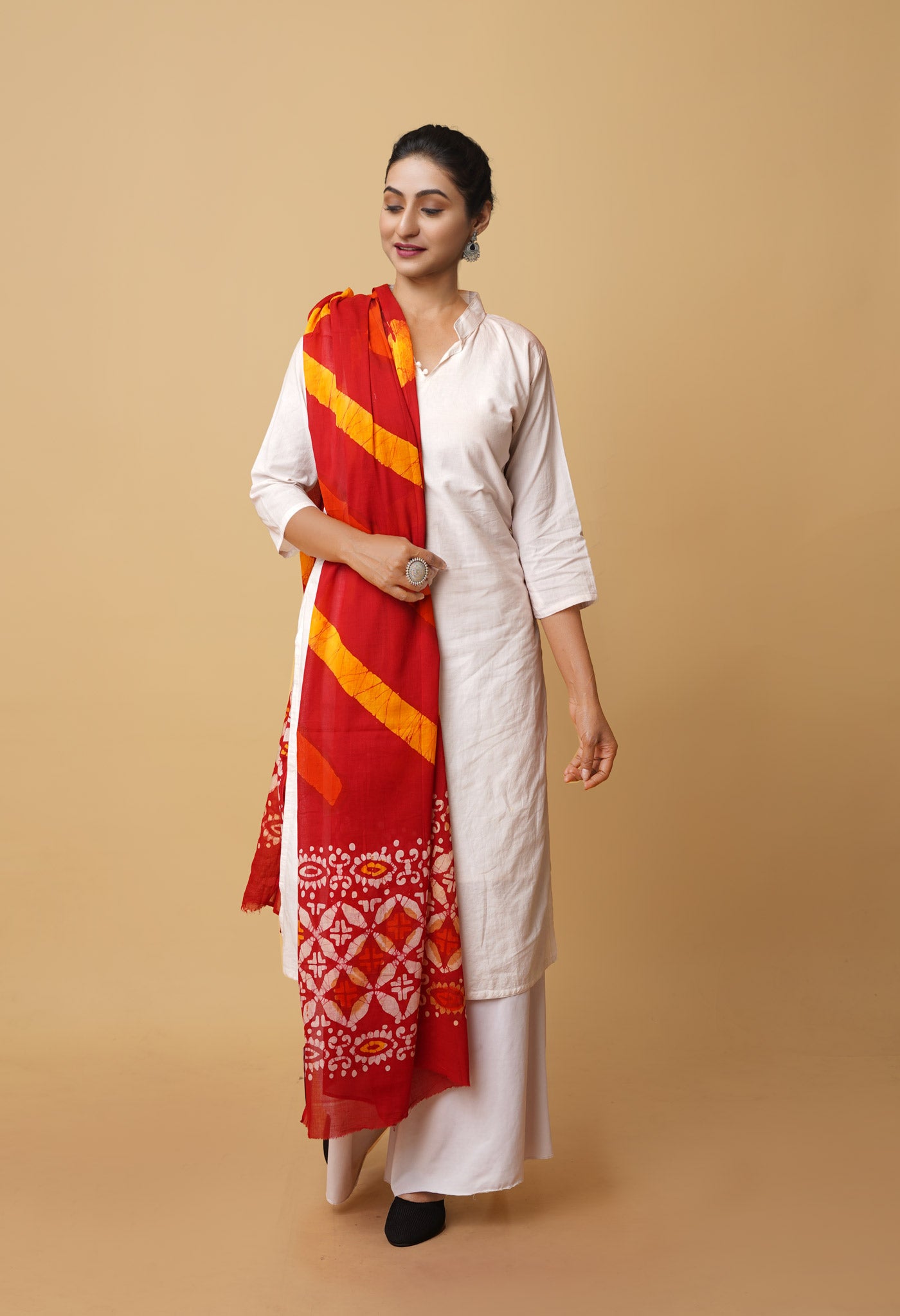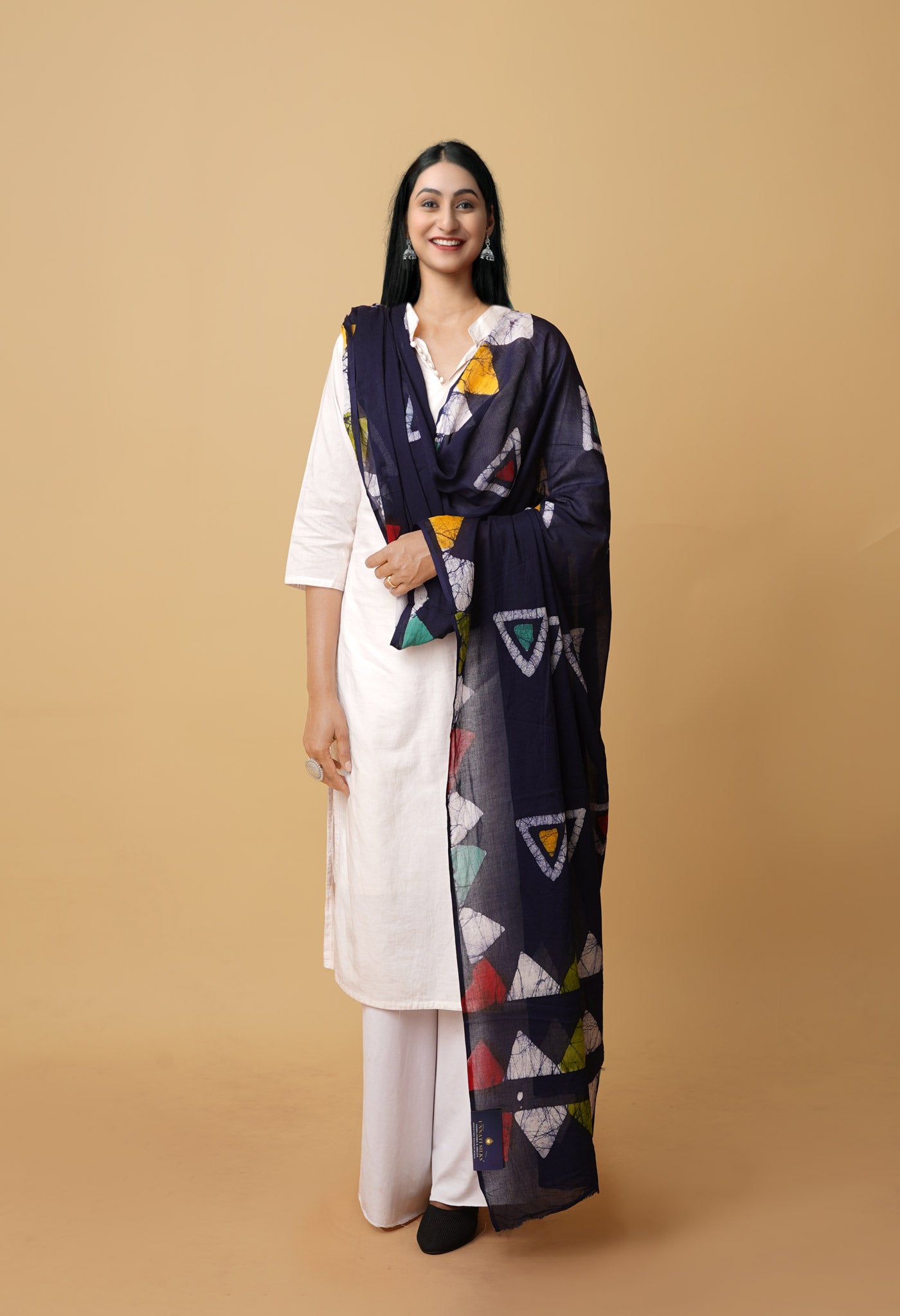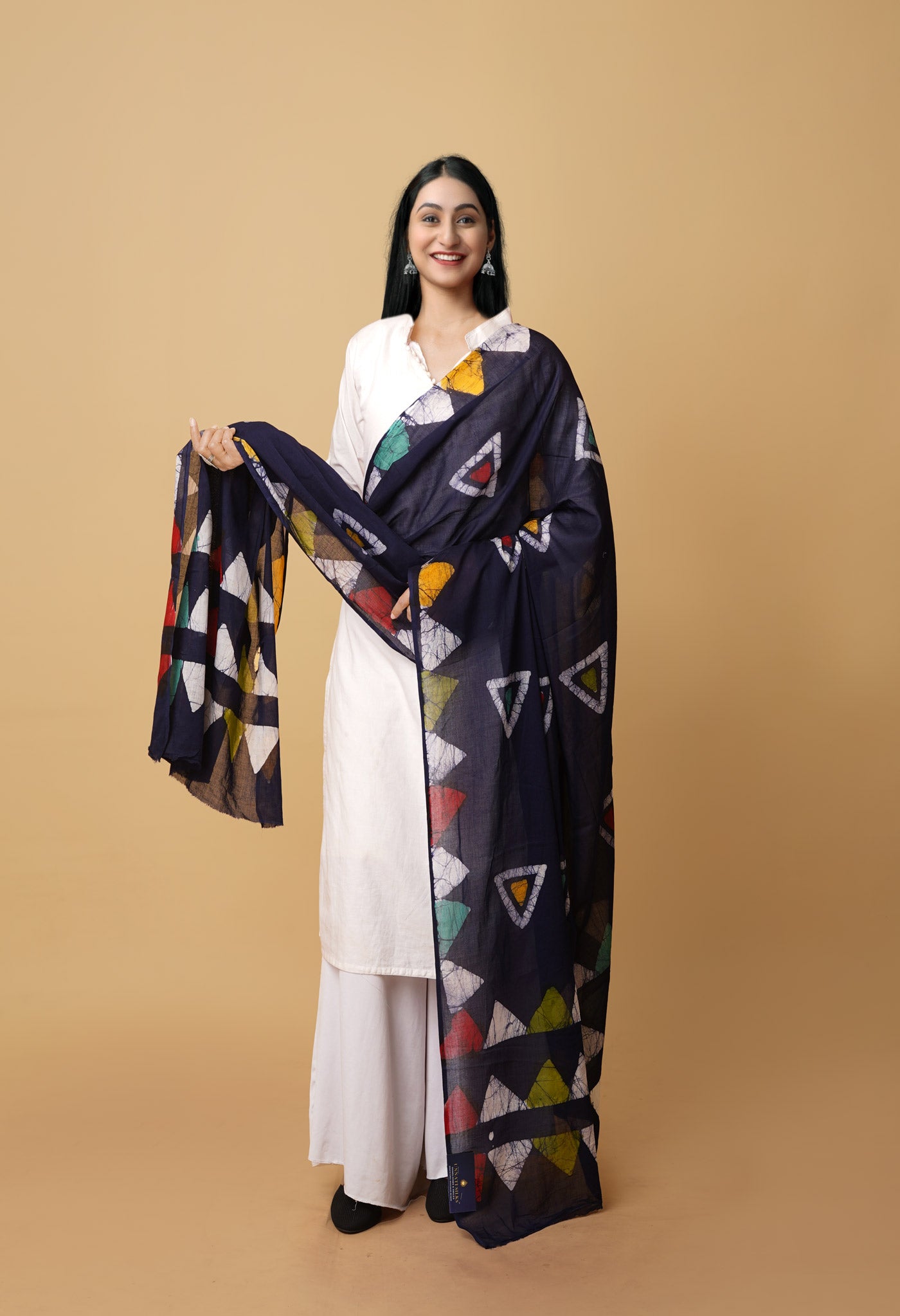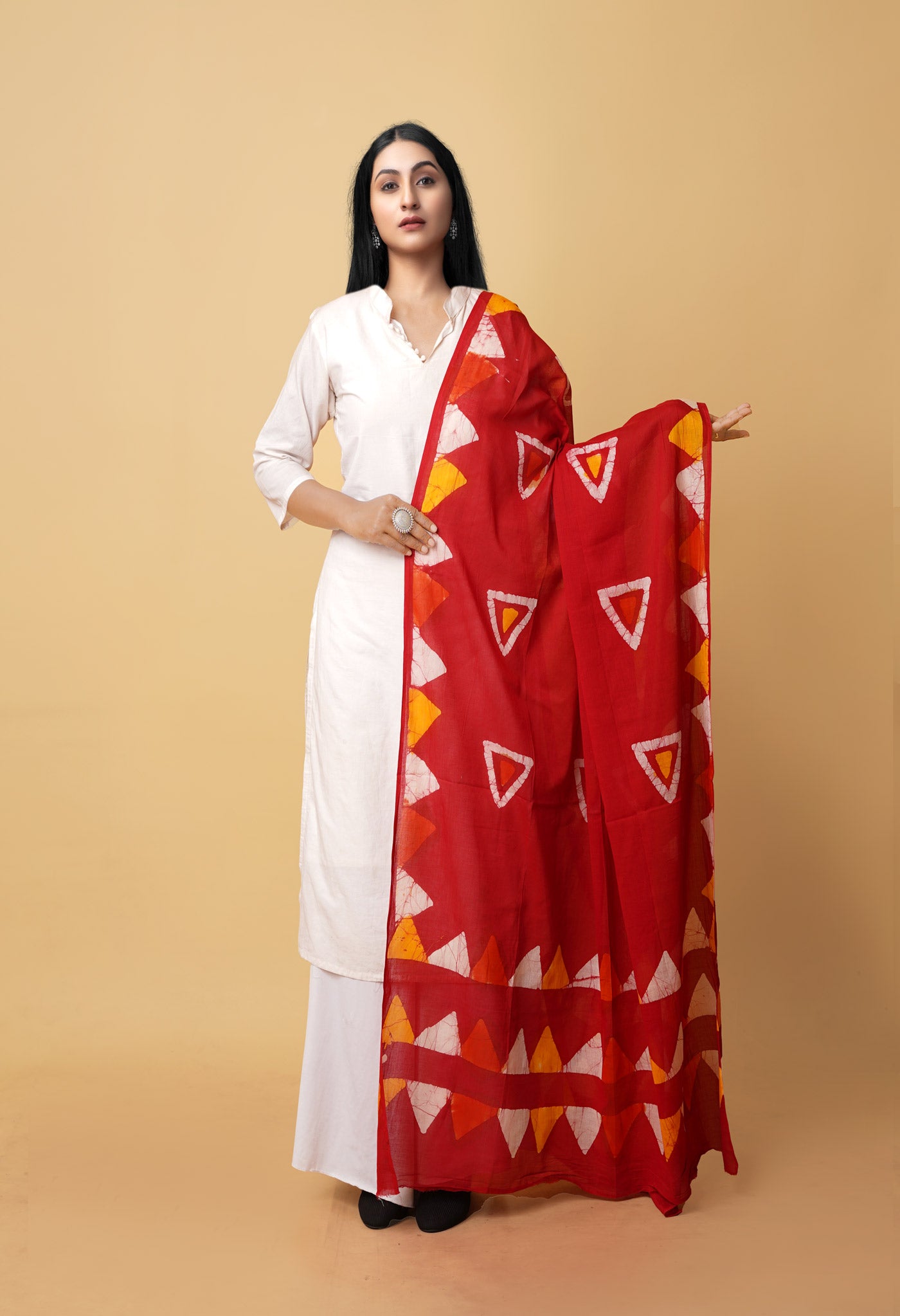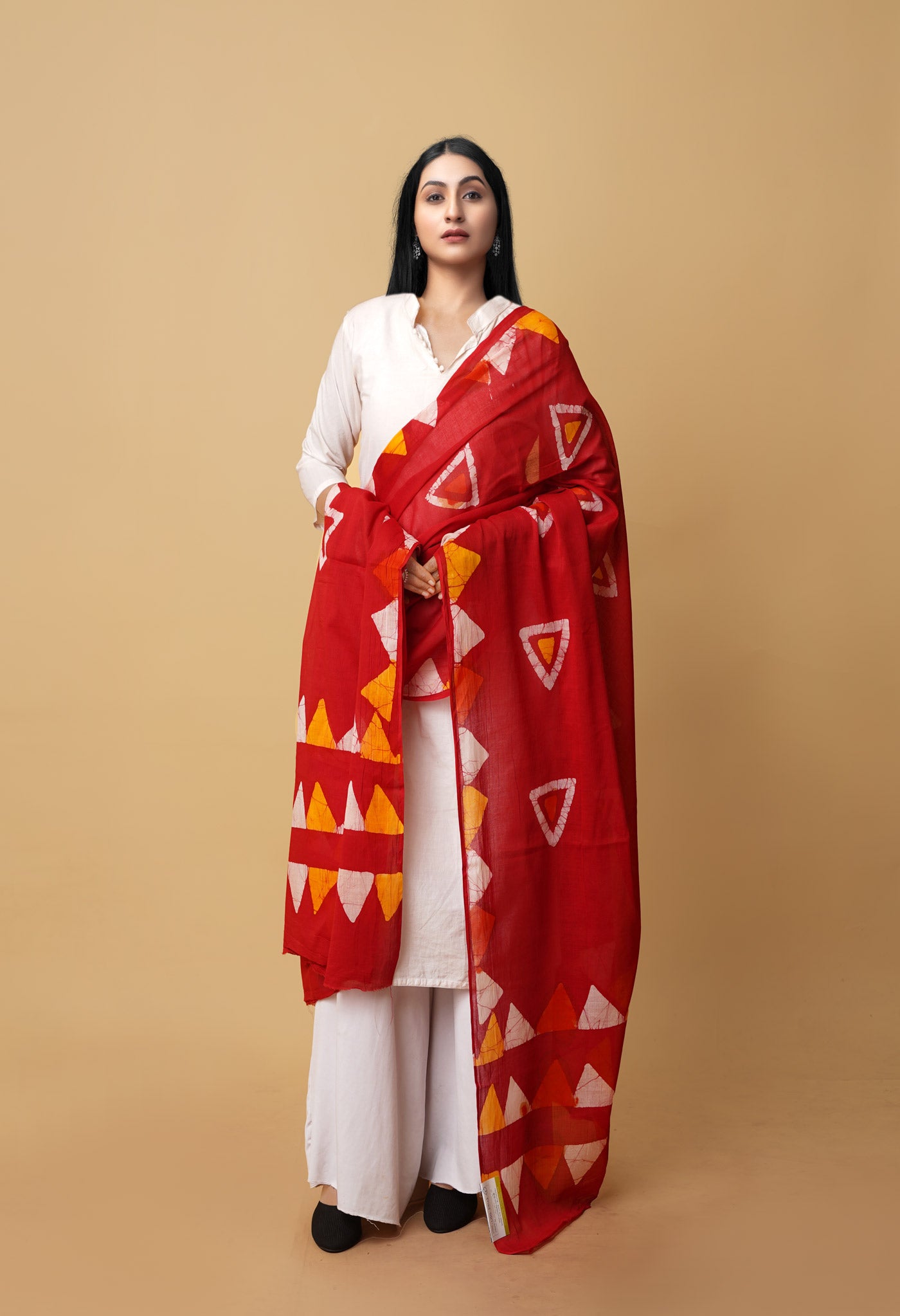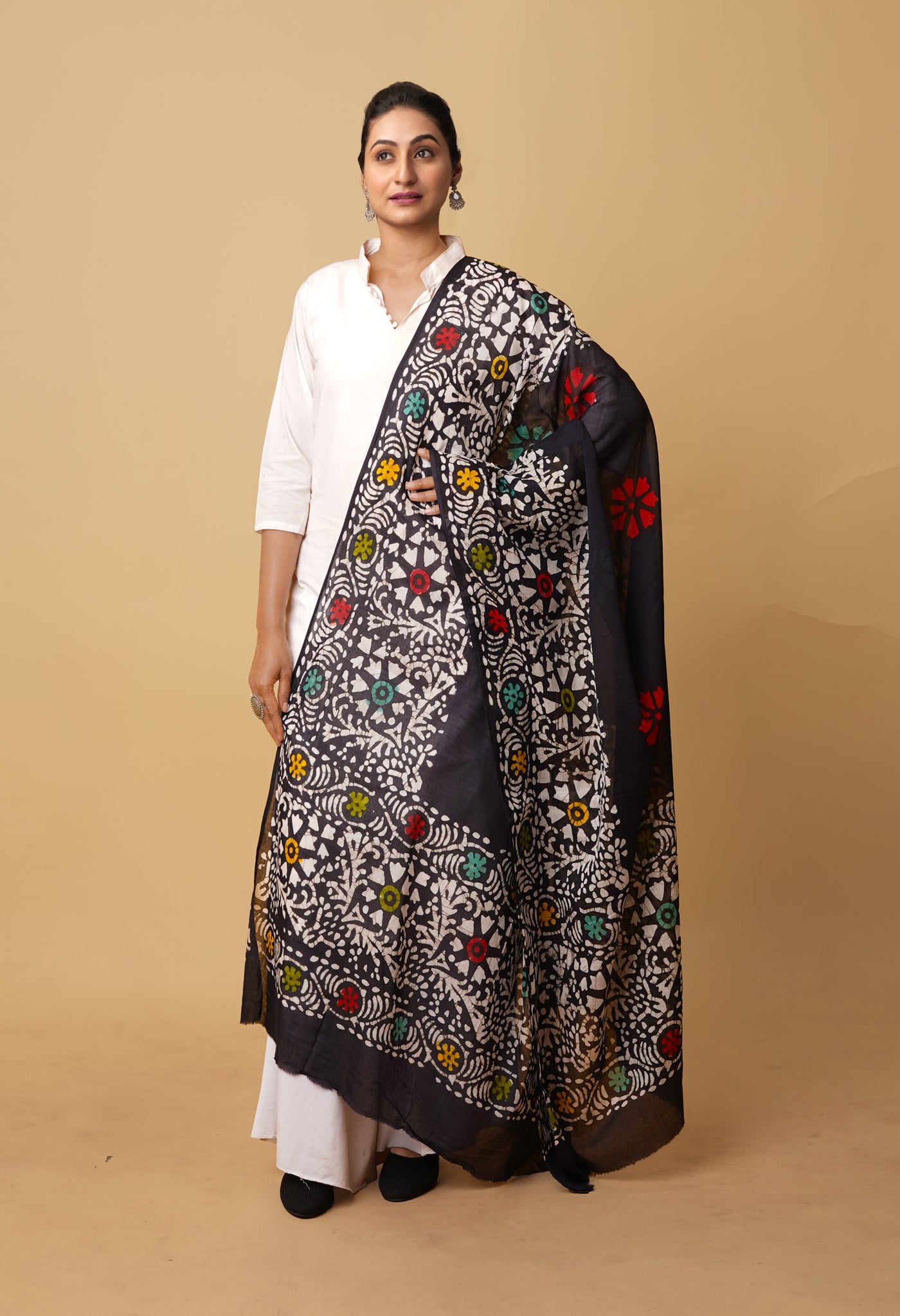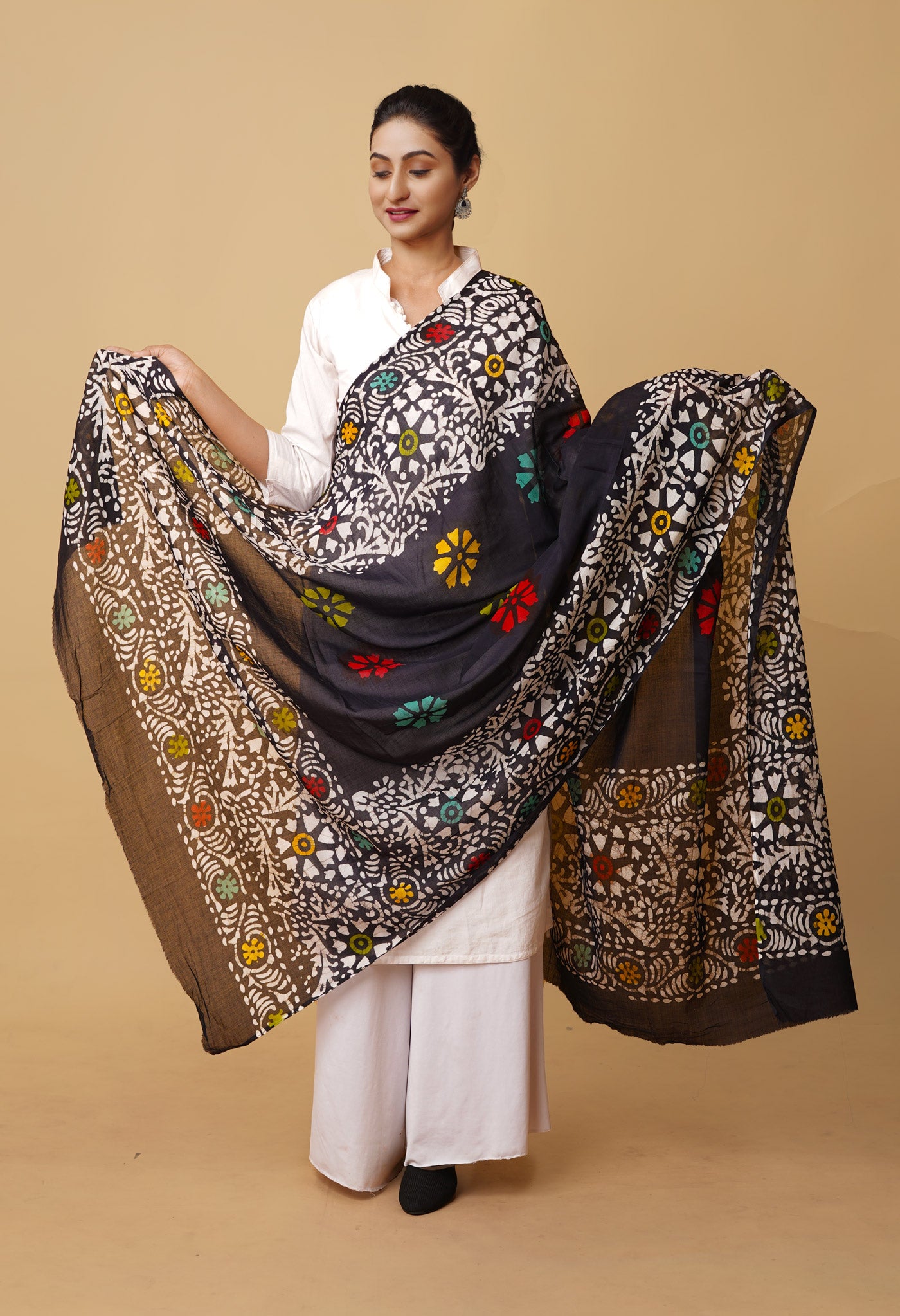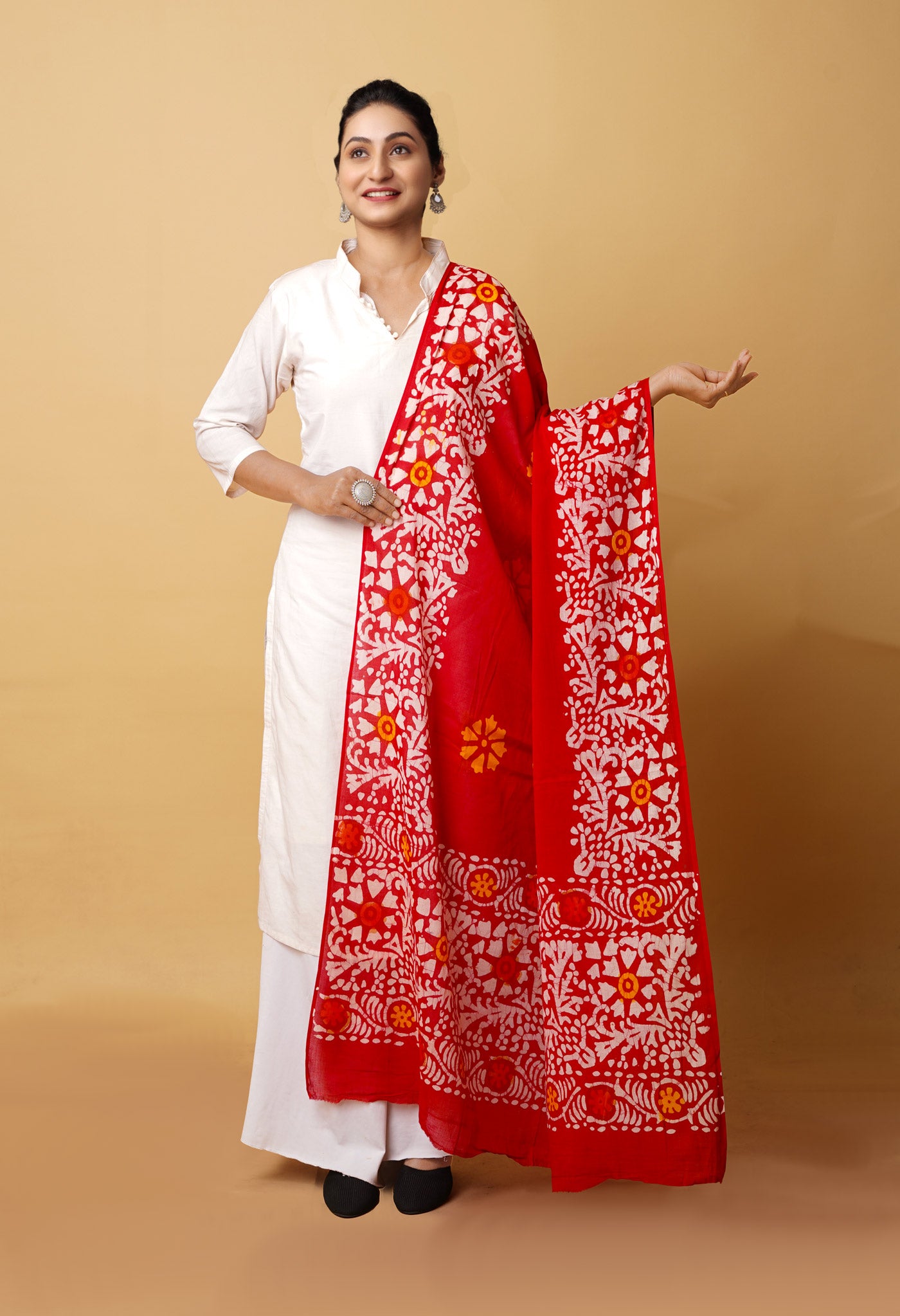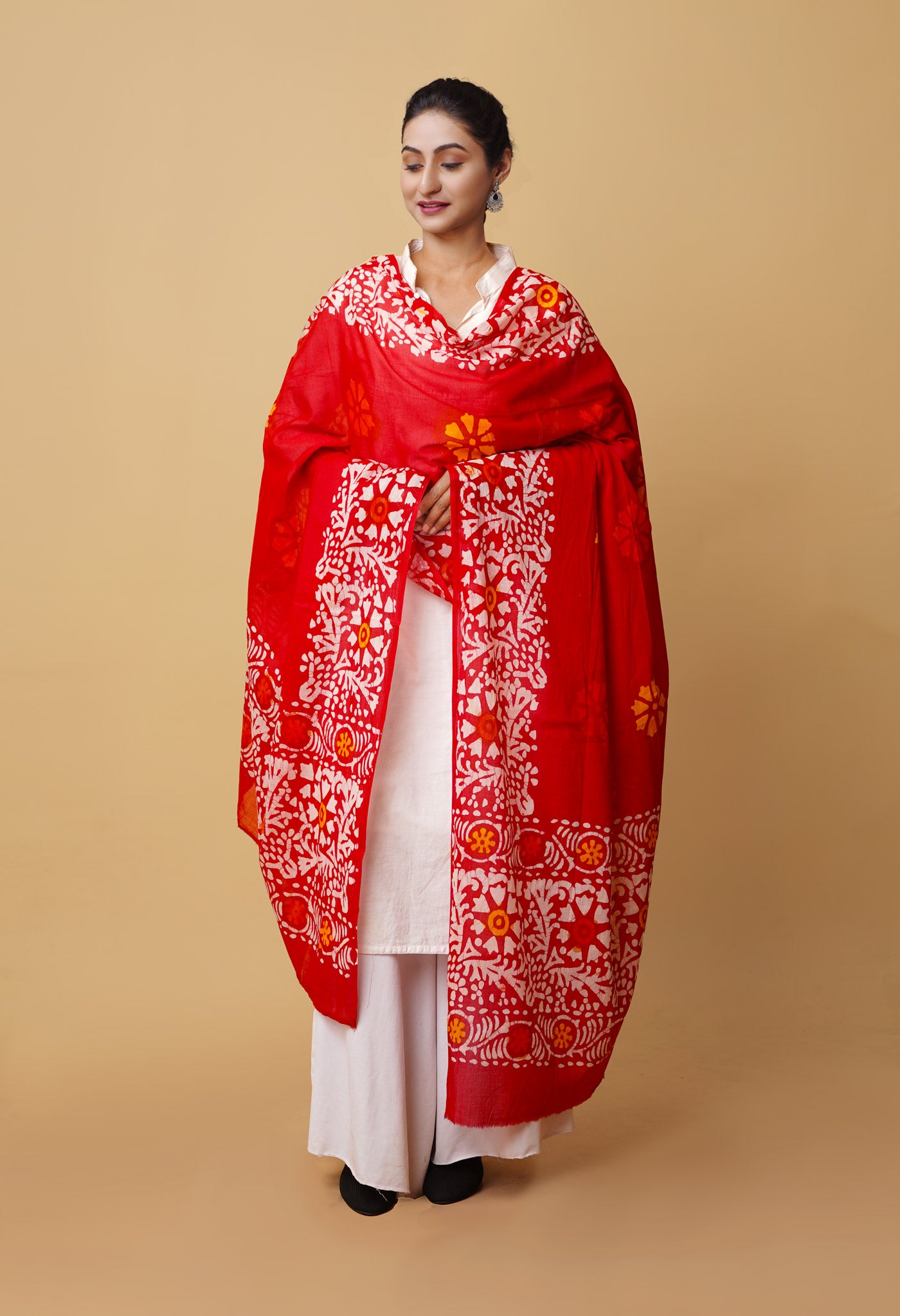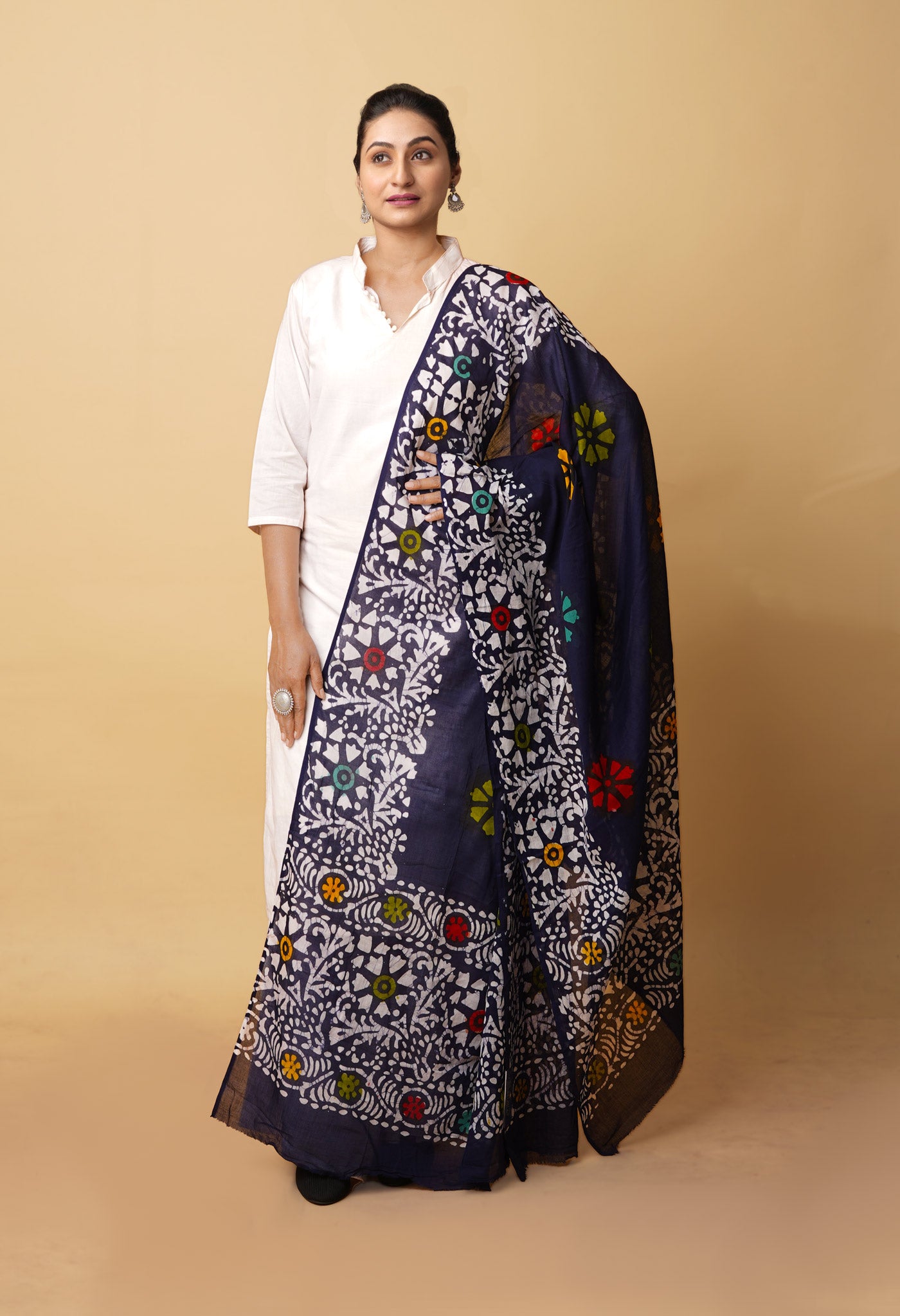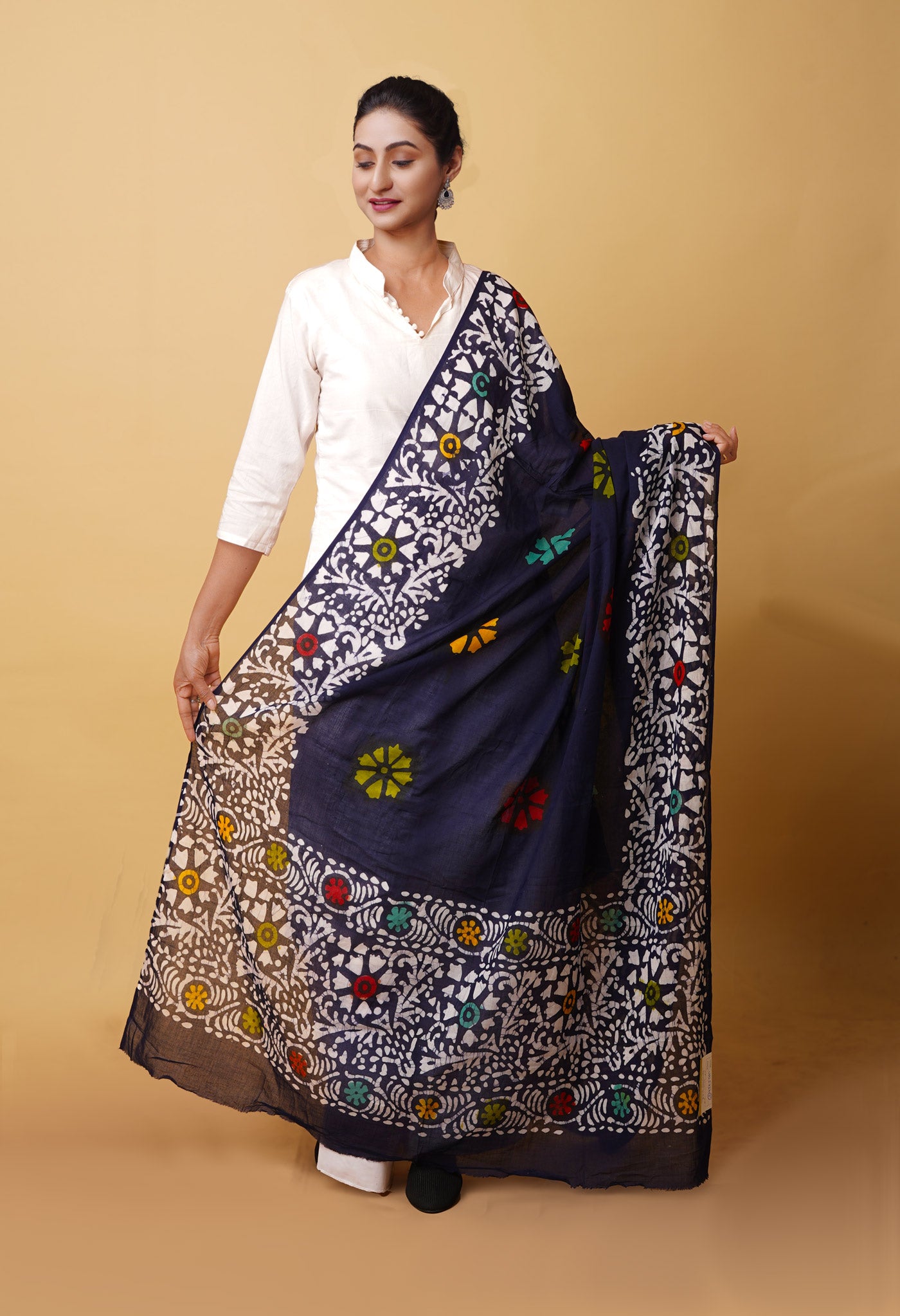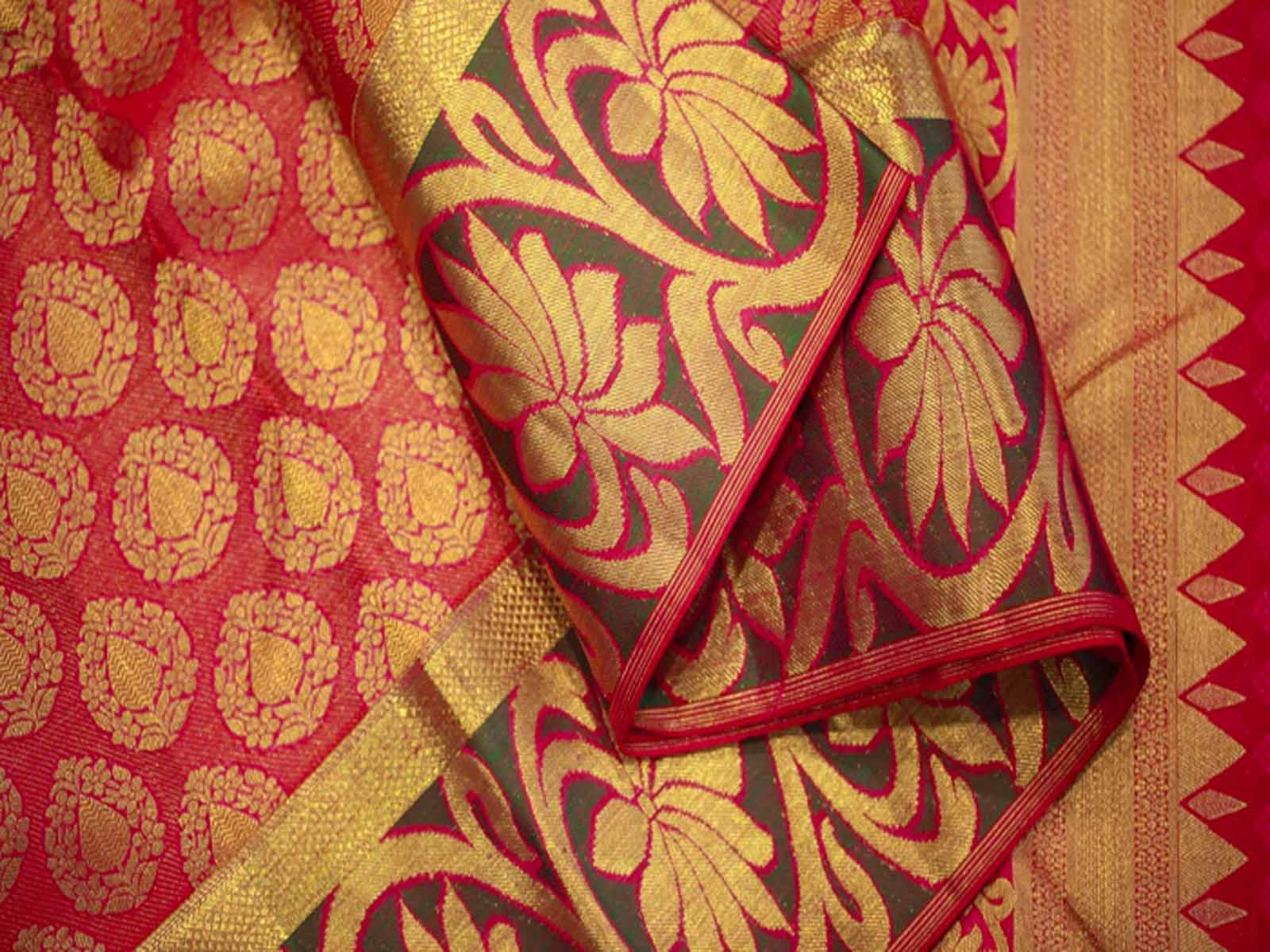
The Kanchipuram silk saree – a shining fabric with continued lustre
Ask any South Indian woman what the Kanjeevaram saree means to her, she will inevitably state an expected fact – it is a rich-looking smooth ocean of silk that is meant for display at exclusive occasions and a possession to be prized for life. The South Indian answer to the famed Banarasi Silks of Northern India, Kanjeevarams or Kanchipuram silks are definitely the pride of the wearer and the envy of onlookers.
What is special about the Kanchipuram Silk Saree?
 The Kanchipuram Silk Sarees are made of pure silk, with motifs having zari of silk threads dipped in liquid gold and silver. For it to be classified as a Kanjeevaram Sari, Geographical Indication (GI) stricture stipulates that the decorative zari must have at least 57% silver and 0.6% gold in it.
The Kanchipuram Silk Sarees are made of pure silk, with motifs having zari of silk threads dipped in liquid gold and silver. For it to be classified as a Kanjeevaram Sari, Geographical Indication (GI) stricture stipulates that the decorative zari must have at least 57% silver and 0.6% gold in it.
The special appeal of this seemingly royal venture are the very intricate designs that are woven into the body in gold threads of human and animal figures of geometric designs with temple towers along the border. The borders have wide contrast. Temple borders, checks, stripes and floral (buttas) are traditional designs found on a Kanchipuram sarees. The base material, silk, is also known for its quality and craftsmanship. Good fine count weaves with suitable enhancement, suitable linings and smooth texture, with the special shimmer quality have kept its reputation as a valuable product to be carefully stored and displayed on those special occasions like weddings, grand parties, big festivals, social functions. No wonder its market value has not diminished over time. If the Kanchipuram sarees vary widely in cost it is only depending upon the intricacy of work, colors, pattern, material used like zari (gold thread) etc. Priced from a modest Rs. 2000/-, the Kanchipuram Silk Saree could be upto a lakh and above, based on the design, motif and materials used.
In order to get the protection and continued sustenance for a valuable product that is the outcome of devotion and dedication, the Kanchipuram Saree has acquired the Geographical Indication label in 2005 for its origin.
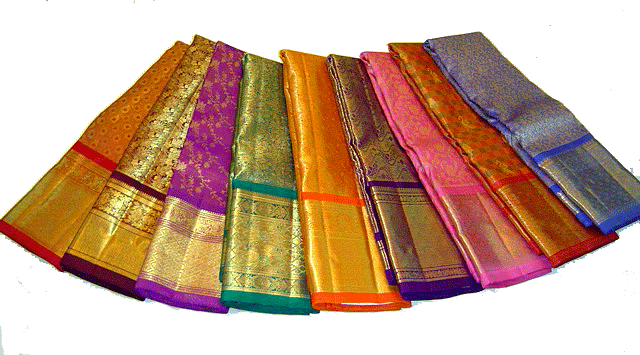
Popular trivia about the saree
Legend has it that the weavers of Kanchi Silks are supposed to be the descendants of Sage Markandeya, the celestial weaver, known for his feat of weaving tissue from the  fibre of the lotus plant. Further while Lord Shiva is supposed to like cotton as his fabric, Lord Vishnu has a preference for silk. So the weavers could be considered as favourites of Lord Vishnu. It was in the reign of the famed king in the South of India, Krishnadevaraya, that Kanchipuram was given importance and earned its traditional name. Two weaving communities of Devangas and Saligars were the mainstay of the Kanjeevaram sarees and even today they abound Kanchi and take to weaving of sarees as their traditional profession.
fibre of the lotus plant. Further while Lord Shiva is supposed to like cotton as his fabric, Lord Vishnu has a preference for silk. So the weavers could be considered as favourites of Lord Vishnu. It was in the reign of the famed king in the South of India, Krishnadevaraya, that Kanchipuram was given importance and earned its traditional name. Two weaving communities of Devangas and Saligars were the mainstay of the Kanjeevaram sarees and even today they abound Kanchi and take to weaving of sarees as their traditional profession.
The making of a Kanjeevaram saree
But let us take a peek at what is involved in the making of this celebrated fabric. The Kanjeevaram saree has two important fabric materials that it invariably incorporates. One, the pure mulberry silk, that is procured from Karnataka, and the other, the shining golden and silver zari threads from Gujarat.
Weaving a Kanchipuram saree involves using three shuttles. As one worker works on the right side, his aide works on the left side shuttle. The border is mostly different from the body by way of color and design. If the Pallu (the hanging part of the saree or the end-piece) is to be woven in a different shade, it is first separately woven and then attached to the body. It is a delicate joint called pelni which is quite complicated. This portion is generally a sort of zig zag line that gets merged as a part of the design.
Motifs that are popular include sun, moon, peacock, parrot, swan, lion, mango, leaf, chariot etc. Jasmine bud within a round frame known as Mallinaggu, Thandavalam (parallel lines that run across the body) are also well-sought after as motifs or patterns.
The costly varieties could have richly woven pallus with paintings of the famed Raja Ravi Varma, where scenes are taken from the epics – Mahabharata and Ramayana. There are also the special varieties using heavy silk and gold cloth that are meant for special occasions and sparingly used.
[gallery columns="4" ids="12596,12598,12597,12602"]
Kanjeevaram – a treasured heritage
The Kanchipuram saree that is being woven since traditional times is so deeply ingrained in the ethos of the place, no longer remains merely a costly fabric, it is considered a priceless heritage that is sacrosanct and guarded jealously by the people of the town. No wonder that it has become the primary source for eking out a livelihood and the skill and knowledge of the craft passed down from generation to generation. So obsessed are the people with this fabric that a pre-independence era movie called ‘Kanchivaram’ in Tamil on the subject was released in 2008. The theme of the movie while briefly showing the process, highlights the pitiable state of the weavers and their families wherein they lived a hand-to-mouth existence, owing to being unorganized, exploited and marginalized. Their lot improved only when the State govt. intervened and got them to form a co-operative which has then on, as a collective movement, looked after the interests of the weavers.
Kanchipuram sarees – a special range at Unnati Silks
 Unnati Silks with its three decade association with master weavers across India is able to anticipate market tastes and also suggest fusion fashion. The traditional weaves of the Kanchipuram Silks are therefore able to incorporate fine features from other traditional varieties pan India. There is the inclusion of Warli painting for the borders and pallu in pen painting tribal art in the Kanchi silk saree. Applique hand painted floral bootis in Kalamkari adorn the traditonal Kanchipuram silk saree in line with hand embroidery in aari, kundan, dabala and zardozi giving the elegant touch. Block printed pattu silks with zari adorned pallus in modern designs and contemporary art give a new dimension to finery and fashion for the traditional Kanchipuram silk sarees .
Unnati Silks with its three decade association with master weavers across India is able to anticipate market tastes and also suggest fusion fashion. The traditional weaves of the Kanchipuram Silks are therefore able to incorporate fine features from other traditional varieties pan India. There is the inclusion of Warli painting for the borders and pallu in pen painting tribal art in the Kanchi silk saree. Applique hand painted floral bootis in Kalamkari adorn the traditonal Kanchipuram silk saree in line with hand embroidery in aari, kundan, dabala and zardozi giving the elegant touch. Block printed pattu silks with zari adorned pallus in modern designs and contemporary art give a new dimension to finery and fashion for the traditional Kanchipuram silk sarees .
The latest Kanchi Pattu Silk Saris have crystals, kundans and beads. They make exclusive gifts on festive occasions, are preferred as grand bridal attire or are used as wear for special occasions like weddings, visit to temples during traditional festivals, cultural programs, big parties and birthdays.
Kanchipuram’s cotton sarees
Having its own rightful place the not so grand Kanchipuram Cotton Handloom Saree, which is soft, airy and with check patterns, comes in attractive colour combinations, appealing motifs, elegant borders, stylish designer pallus. Light and airy, comfortable and appealing it is preferred during summers.
The South Handloom Kanchi Cotton Saree with its embroidered bootis and having silk or zari brocades as borders, is suitable wear for daily casual, corporate office, college and functions. Whereas the fancy version having block prints with resham border is a fusion of trendy and ethnic, would be ideal as occasional wear for home makers and working women alike.
[/vc_column_text][/vc_column][/vc_row][vc_row][vc_column][vc_gallery type="image_grid" images="12623,12625,12626,12627,12628,12630,12629,12624,12631" img_size="medium"][/vc_column][/vc_row][vc_row][vc_column][vc_column_text]
The Kanchipuram saree no longer is restricted to the town or Tamil Nadu alone. In fact it is a pride of India for being one of the ethnic varieties that has still remained faithful to its traditional values in the making and purity of materials. With the continued encouragement of the market and weaver friendly policies framed by the govt., one can be sure that handlooms shall continue to be a source of inspiration and cultural wealth of India for many more years to come.
[/vc_column_text][/vc_column][/vc_row]

